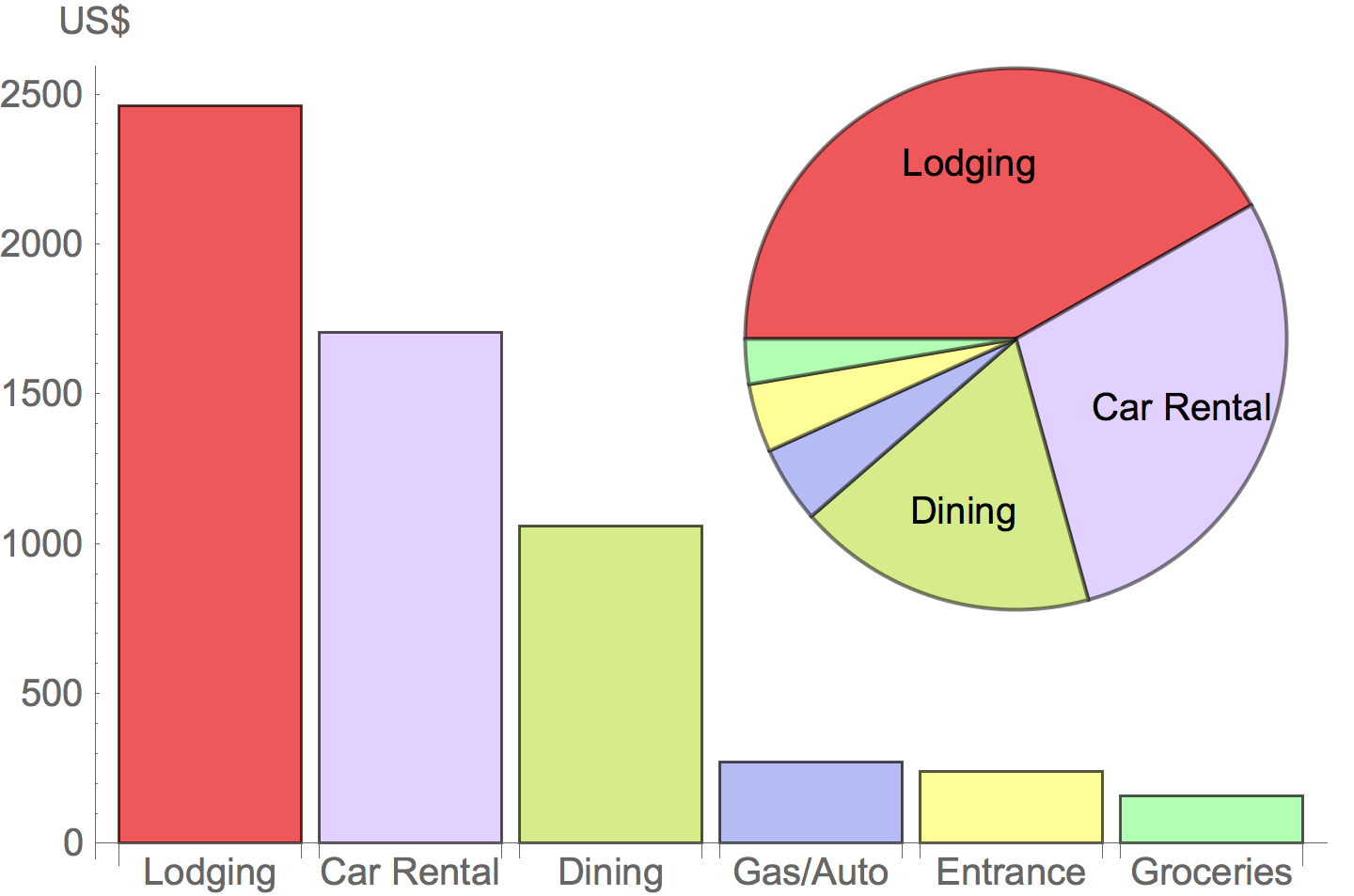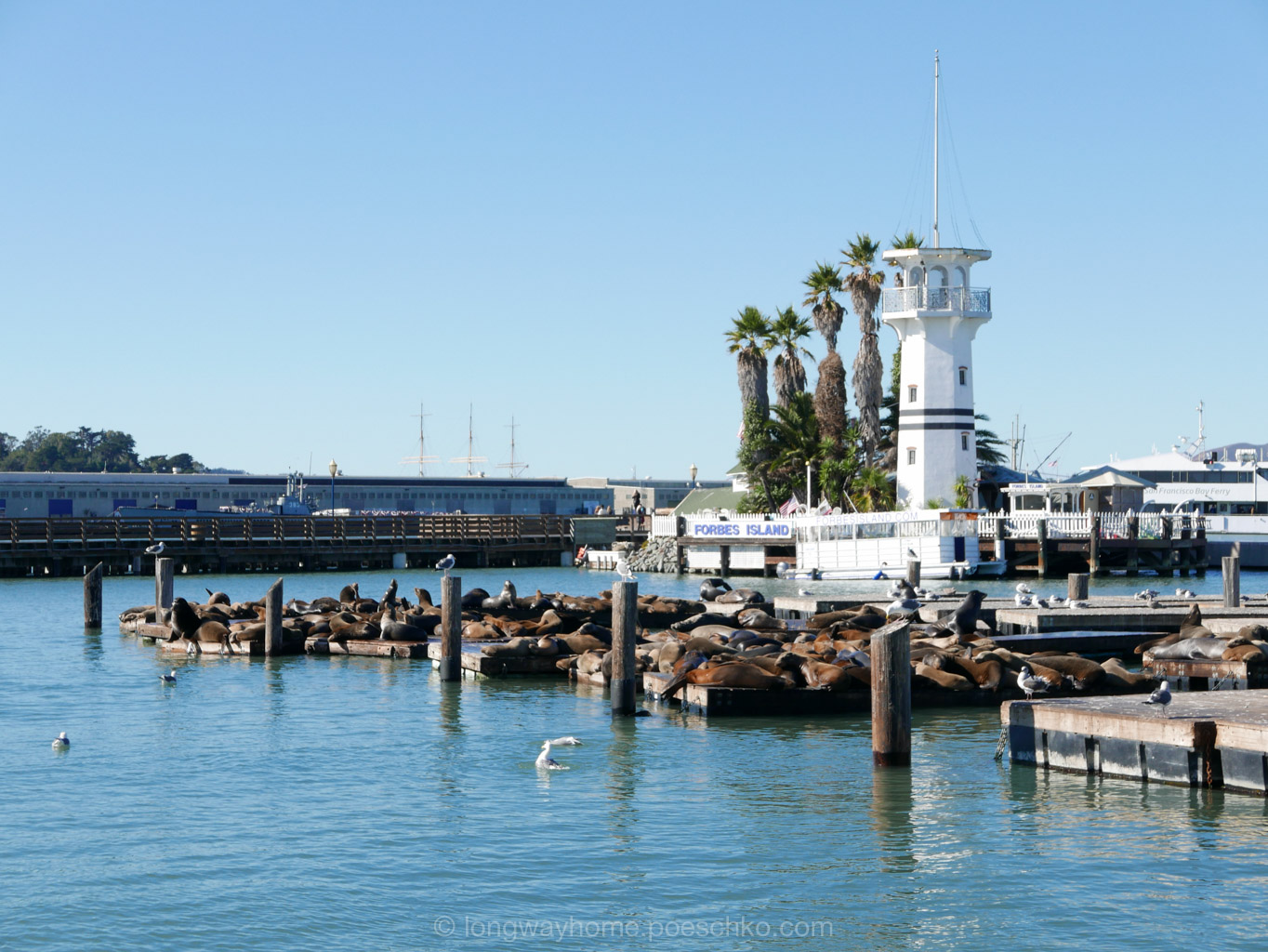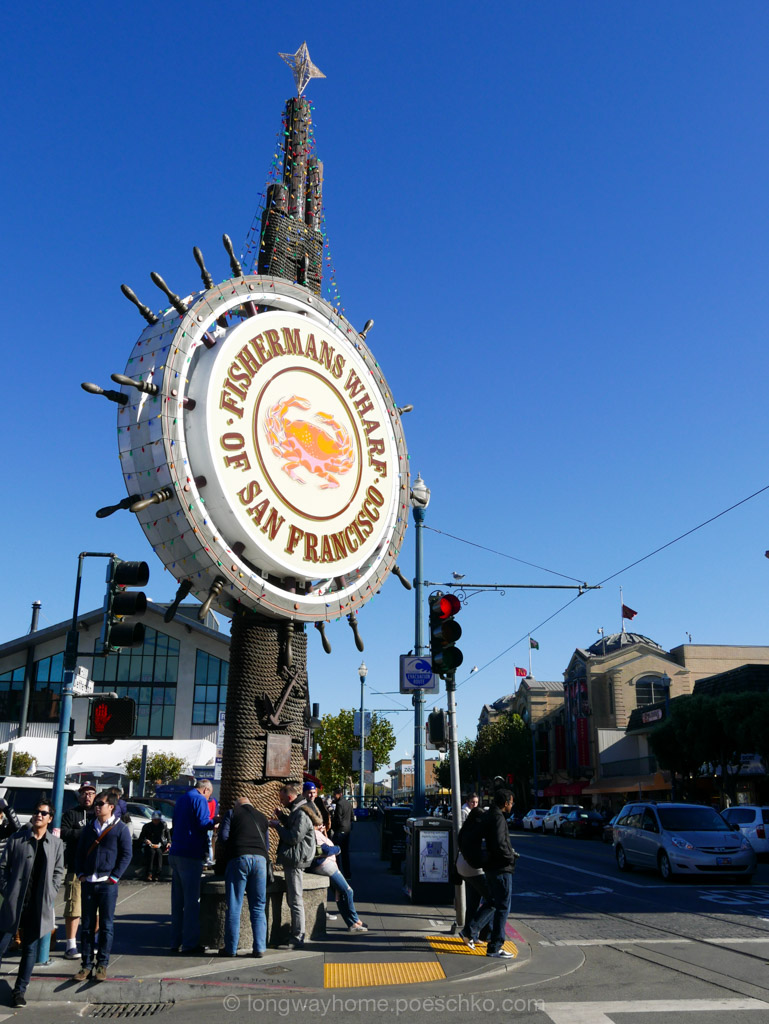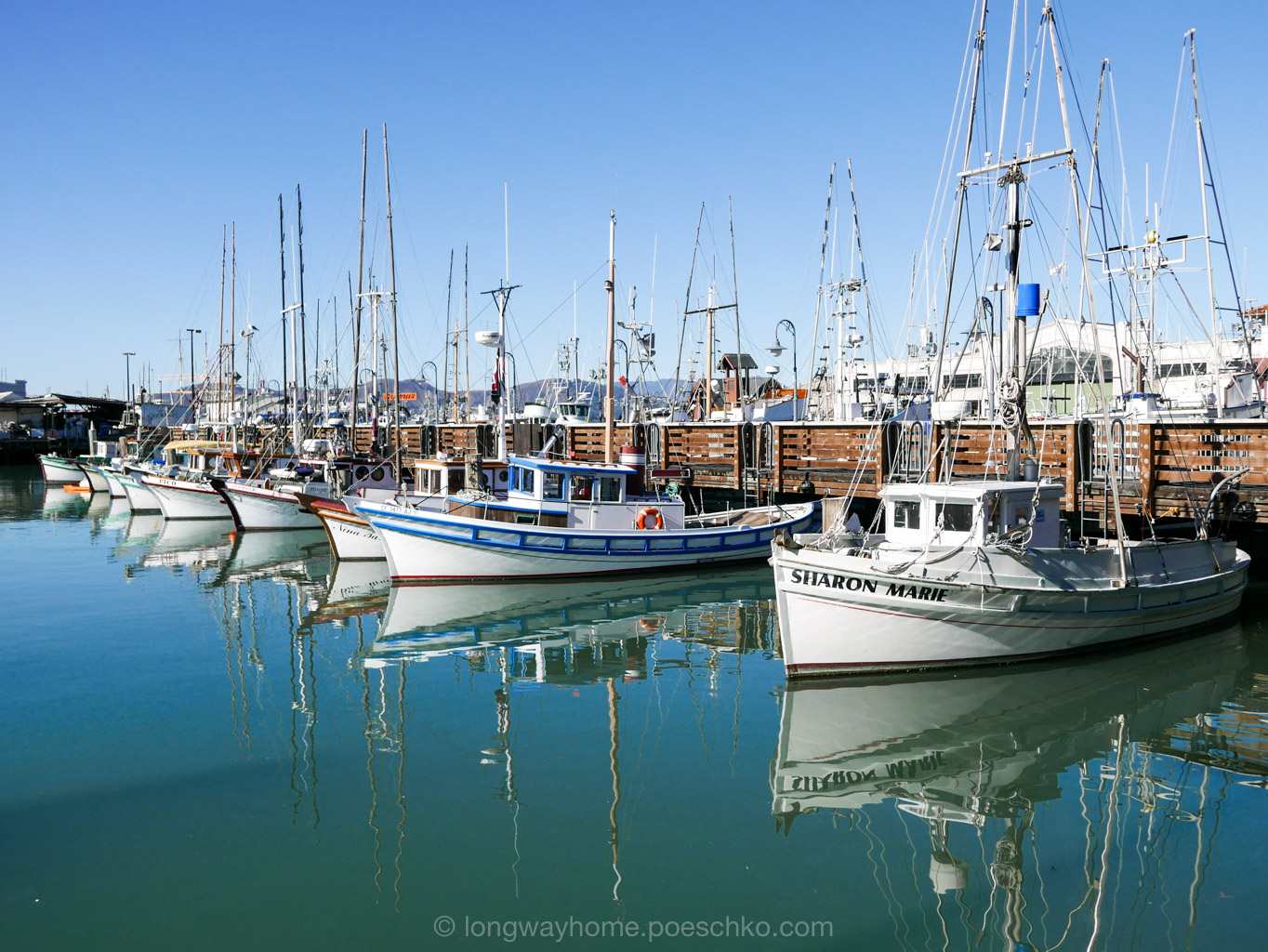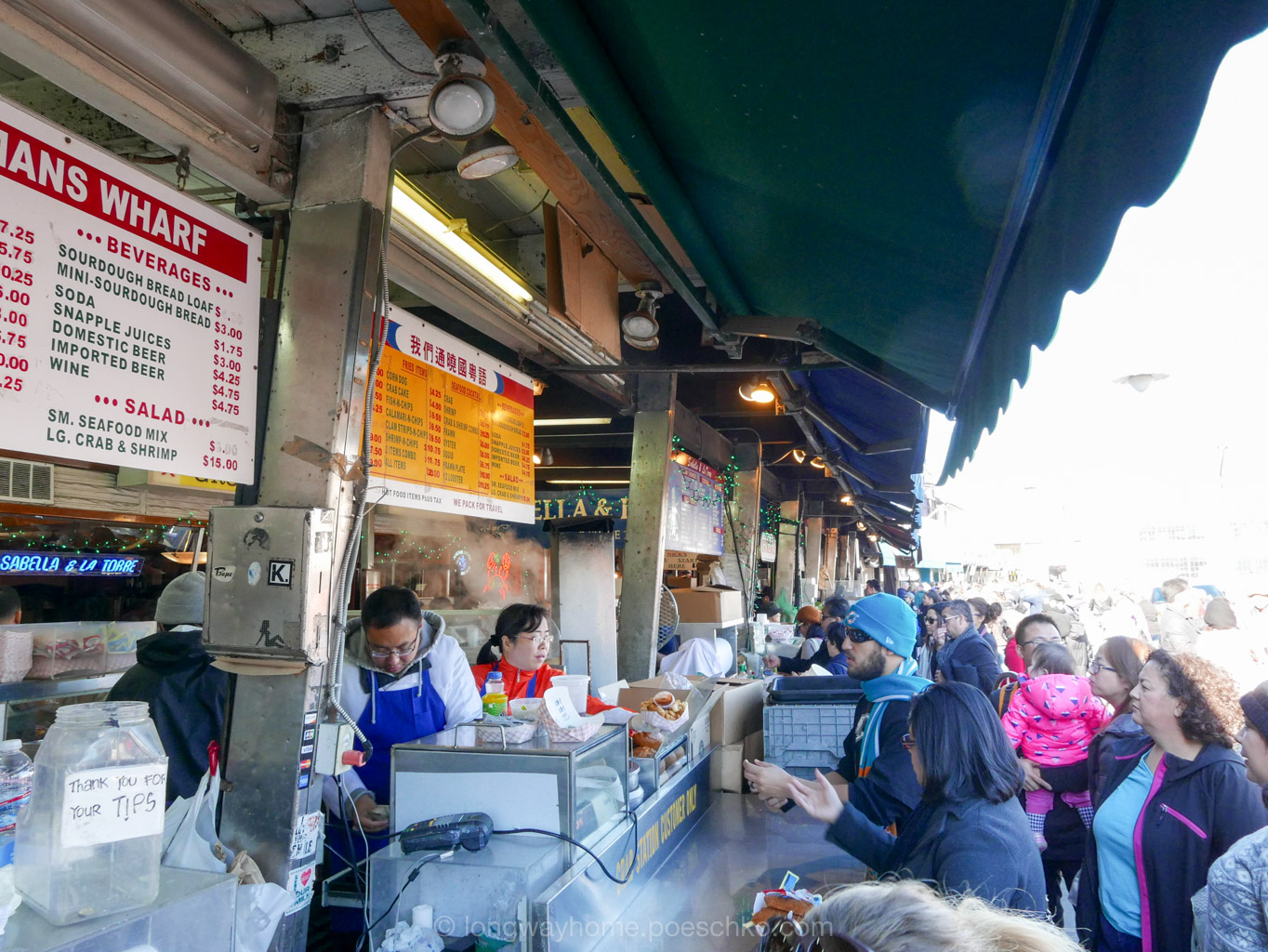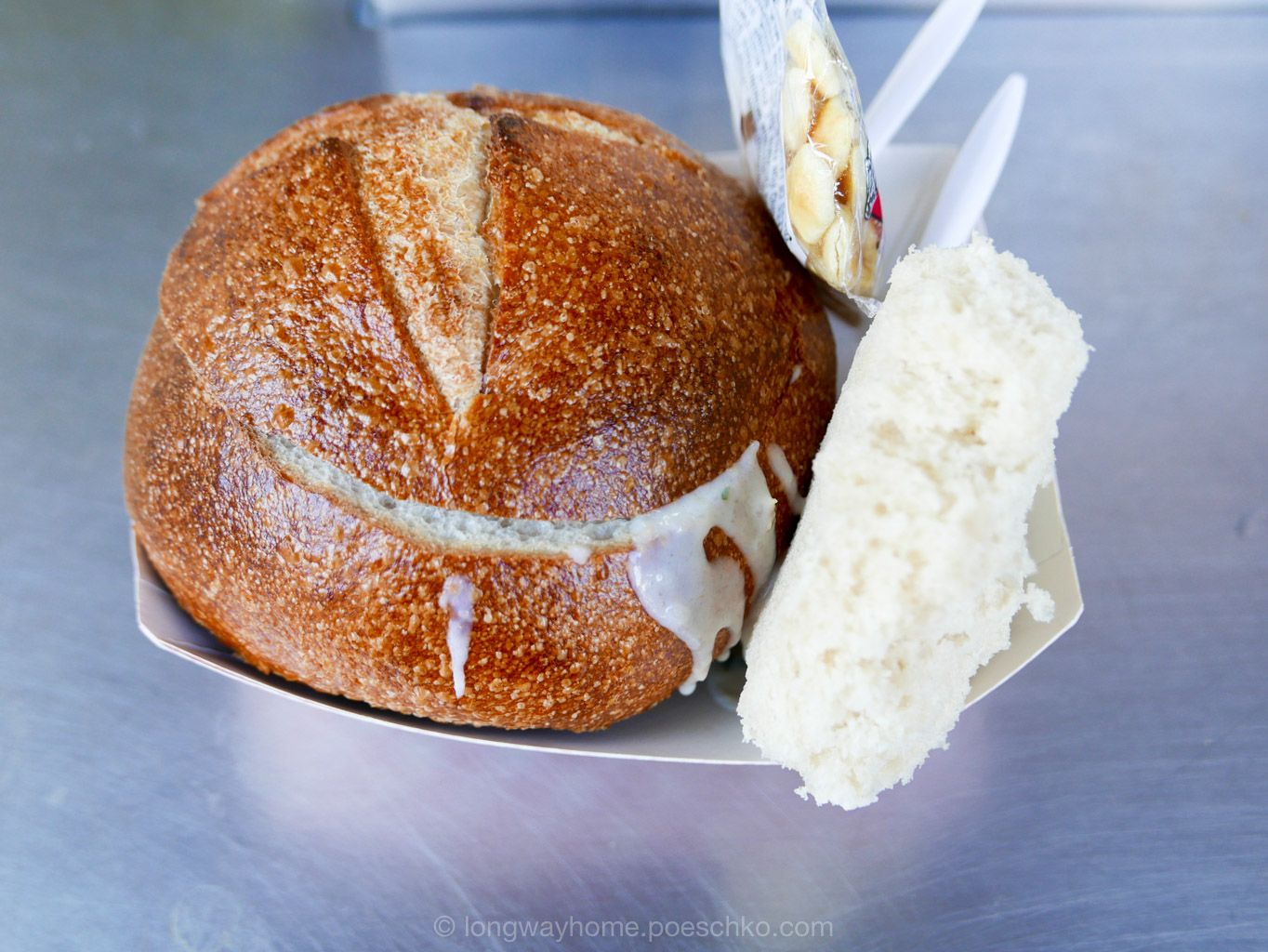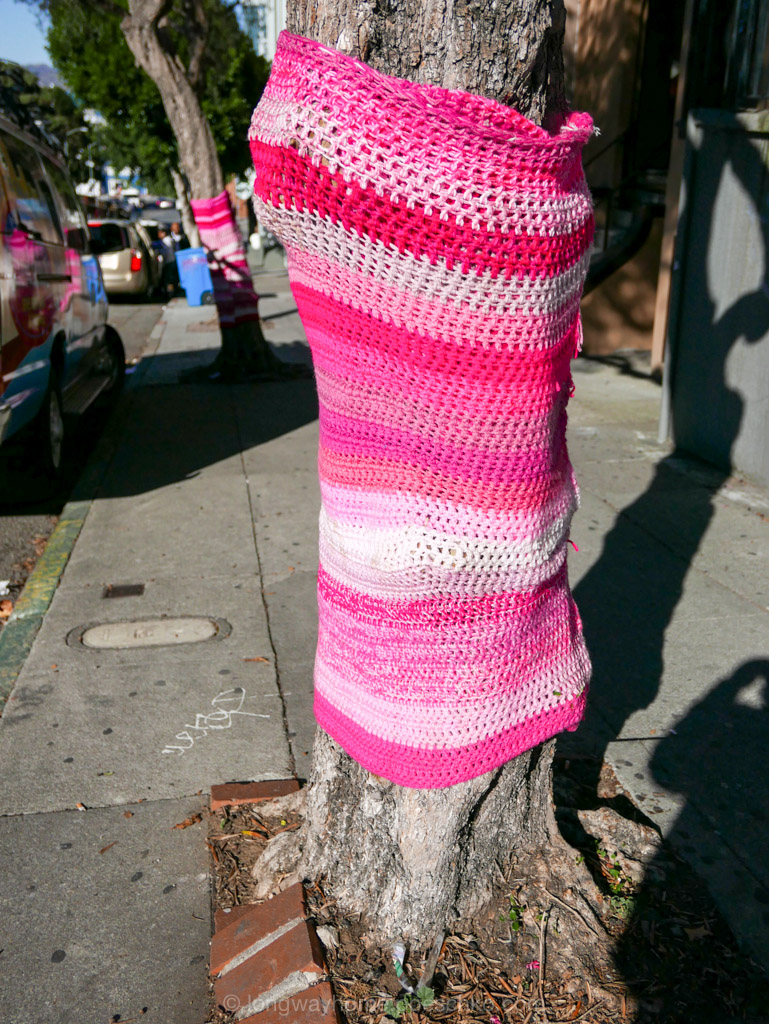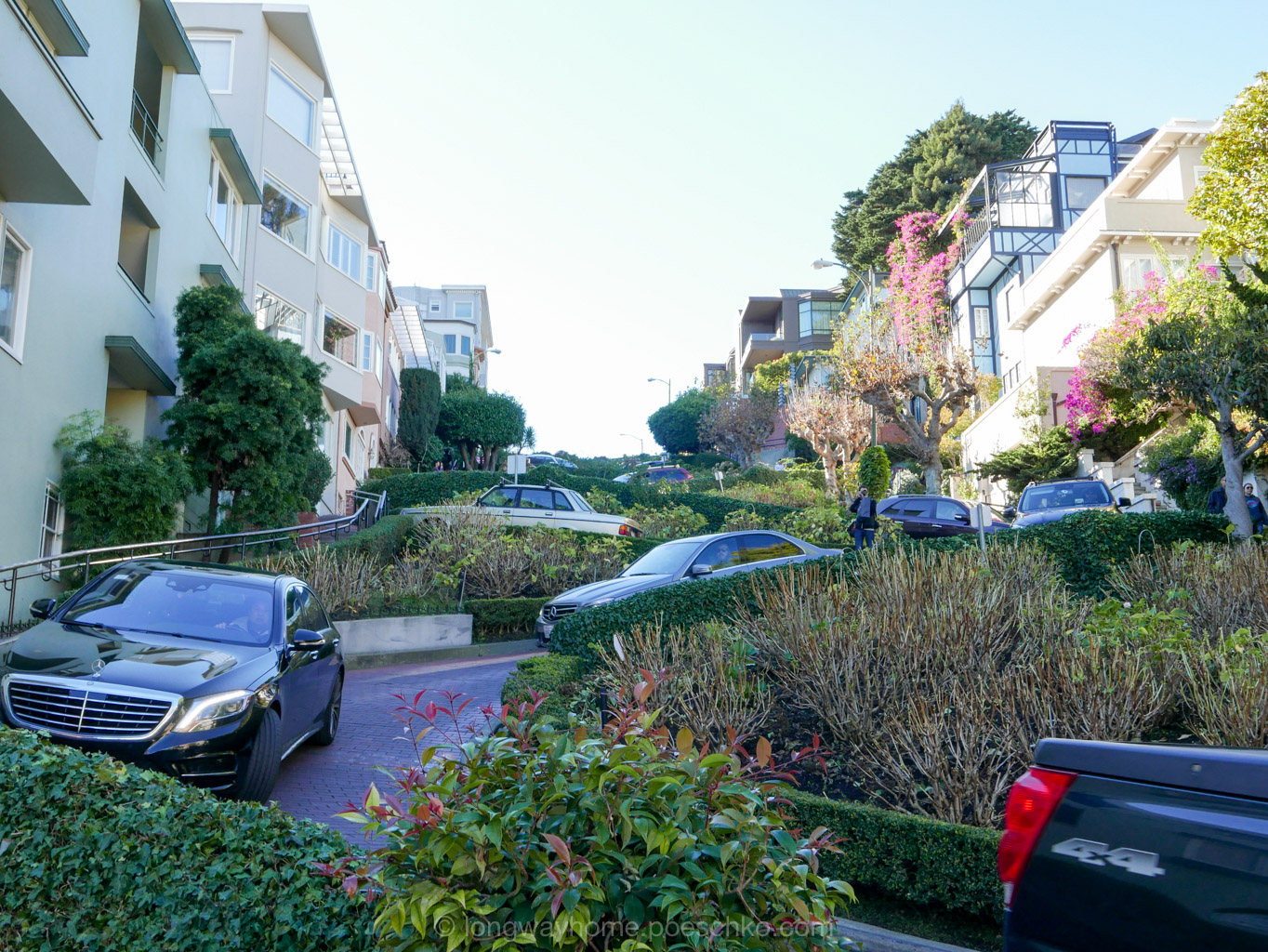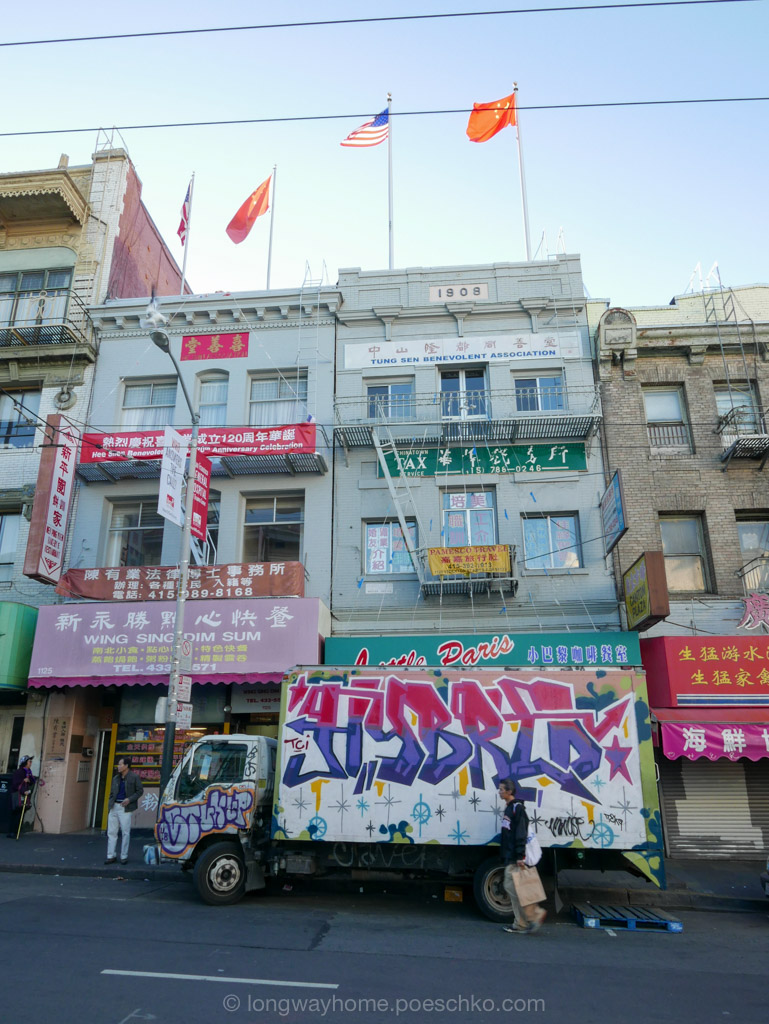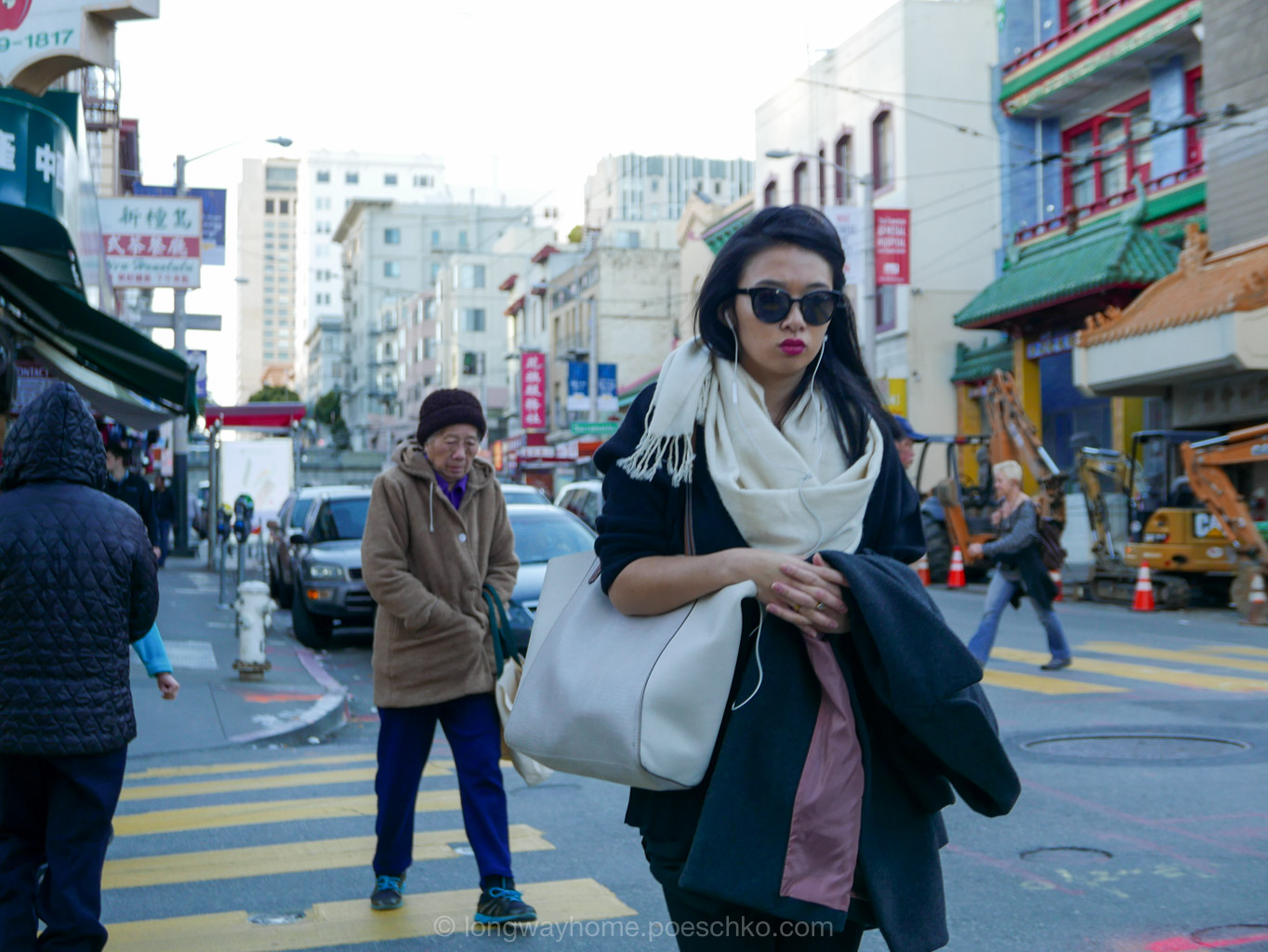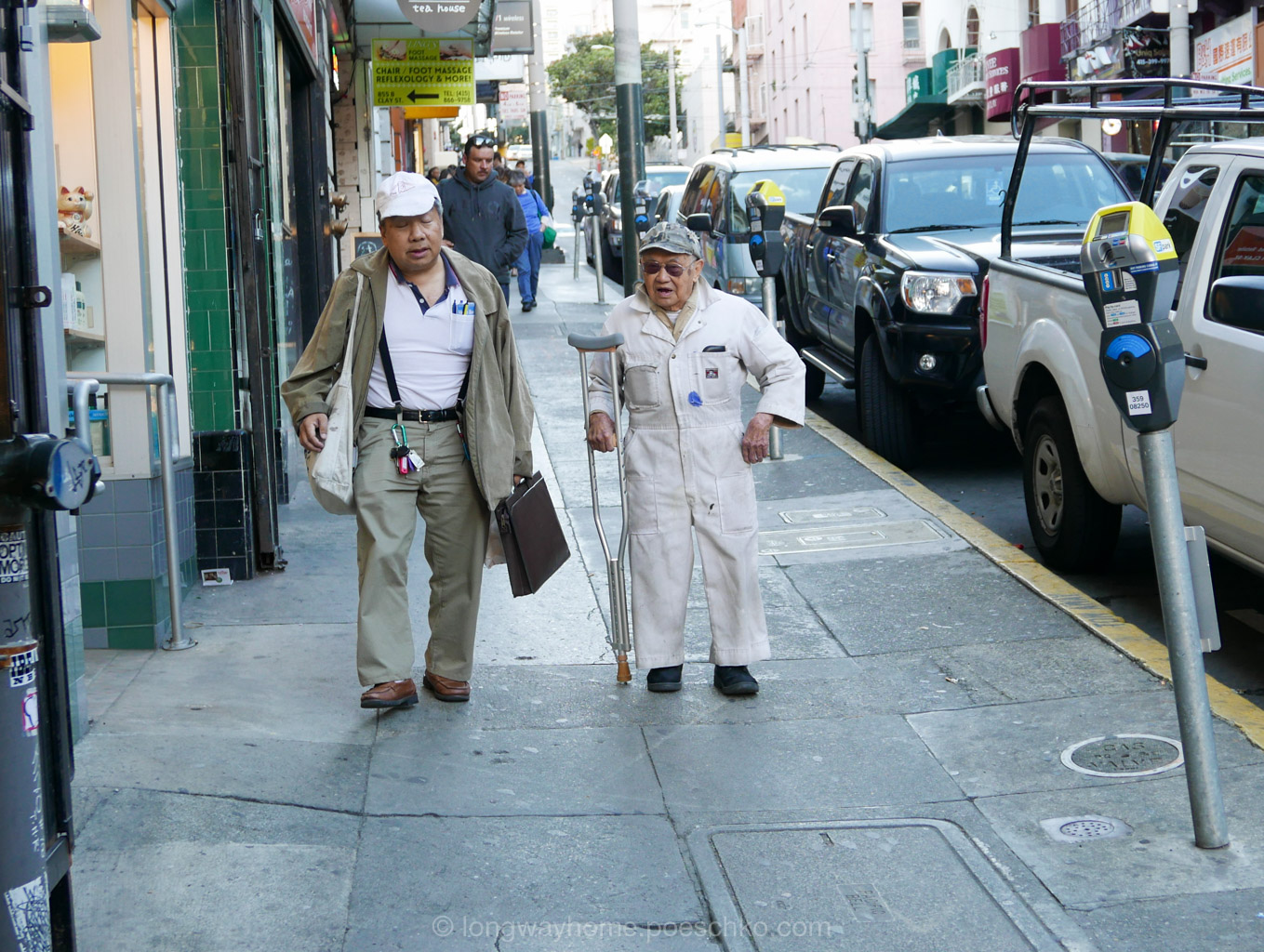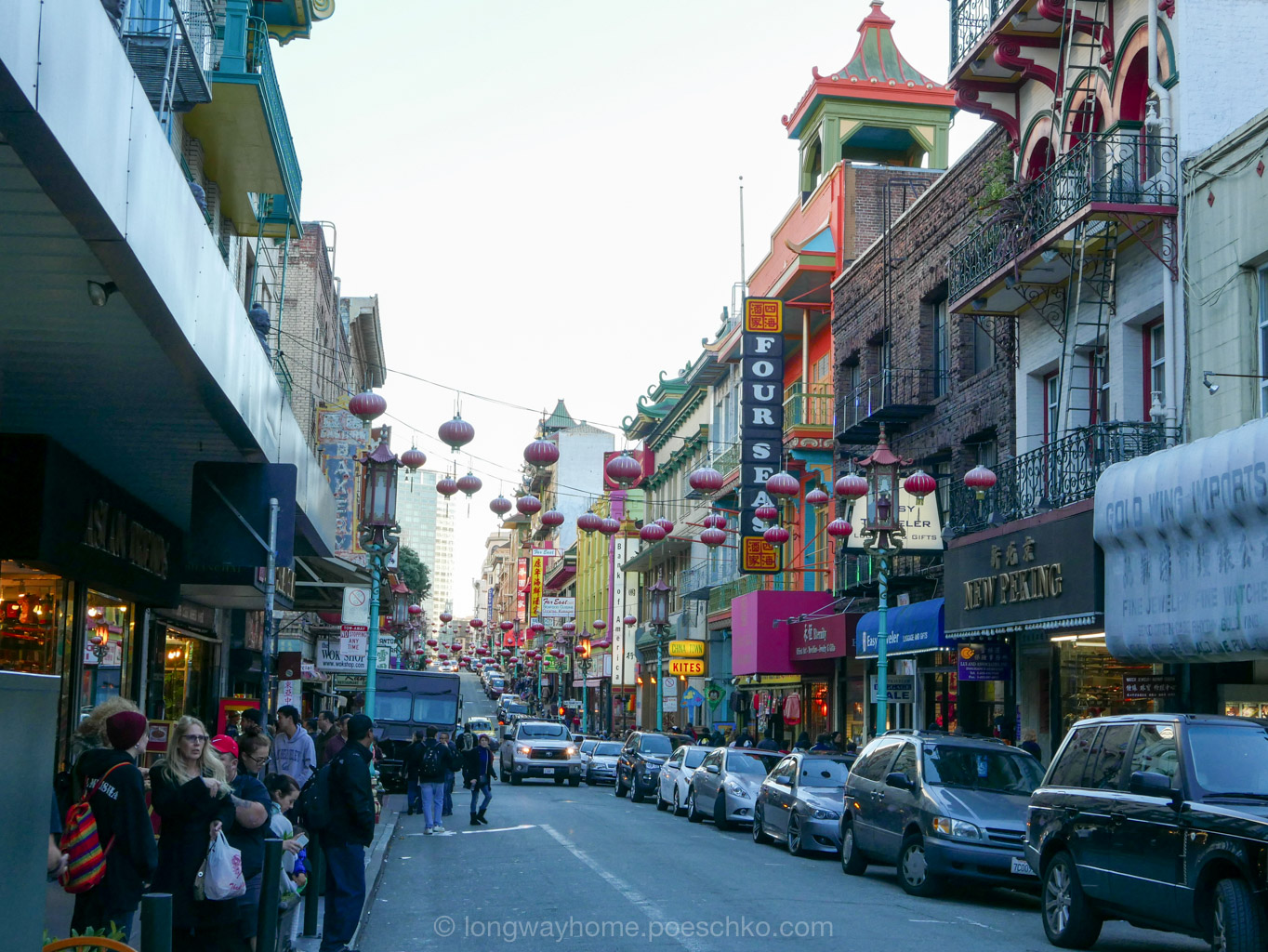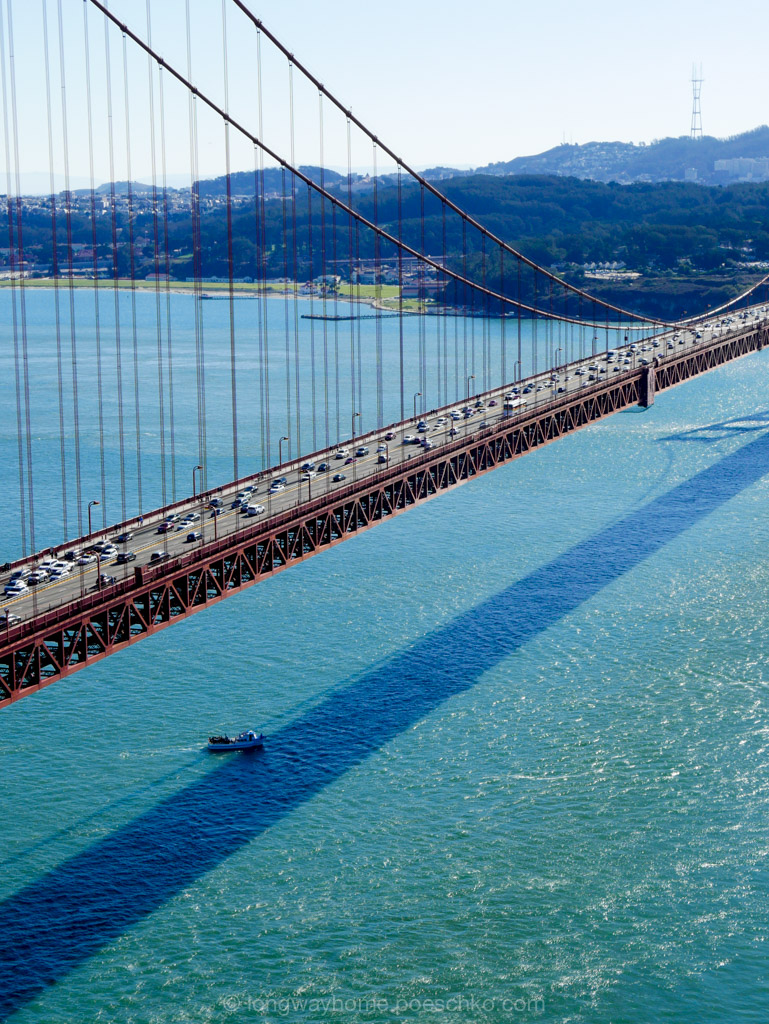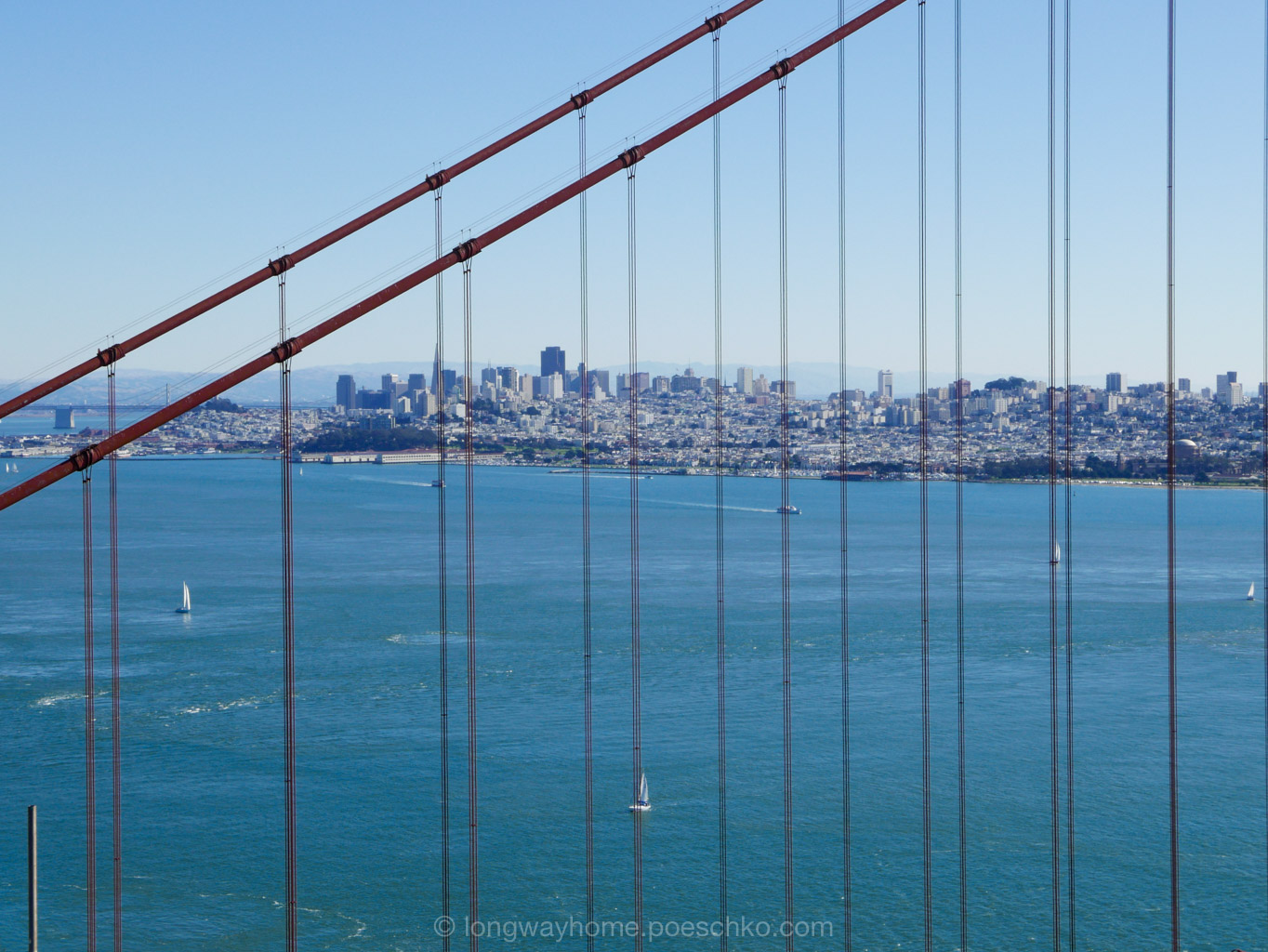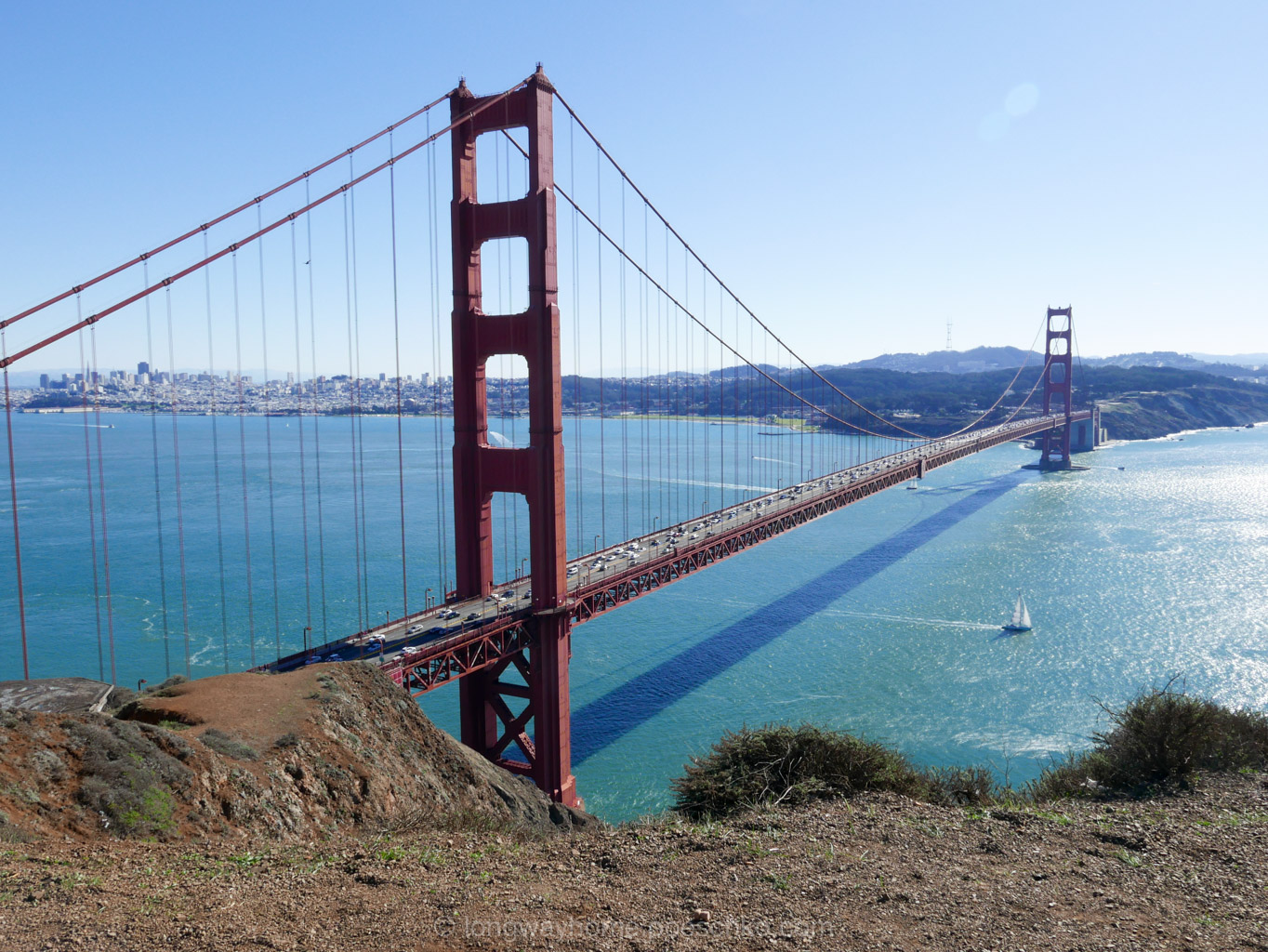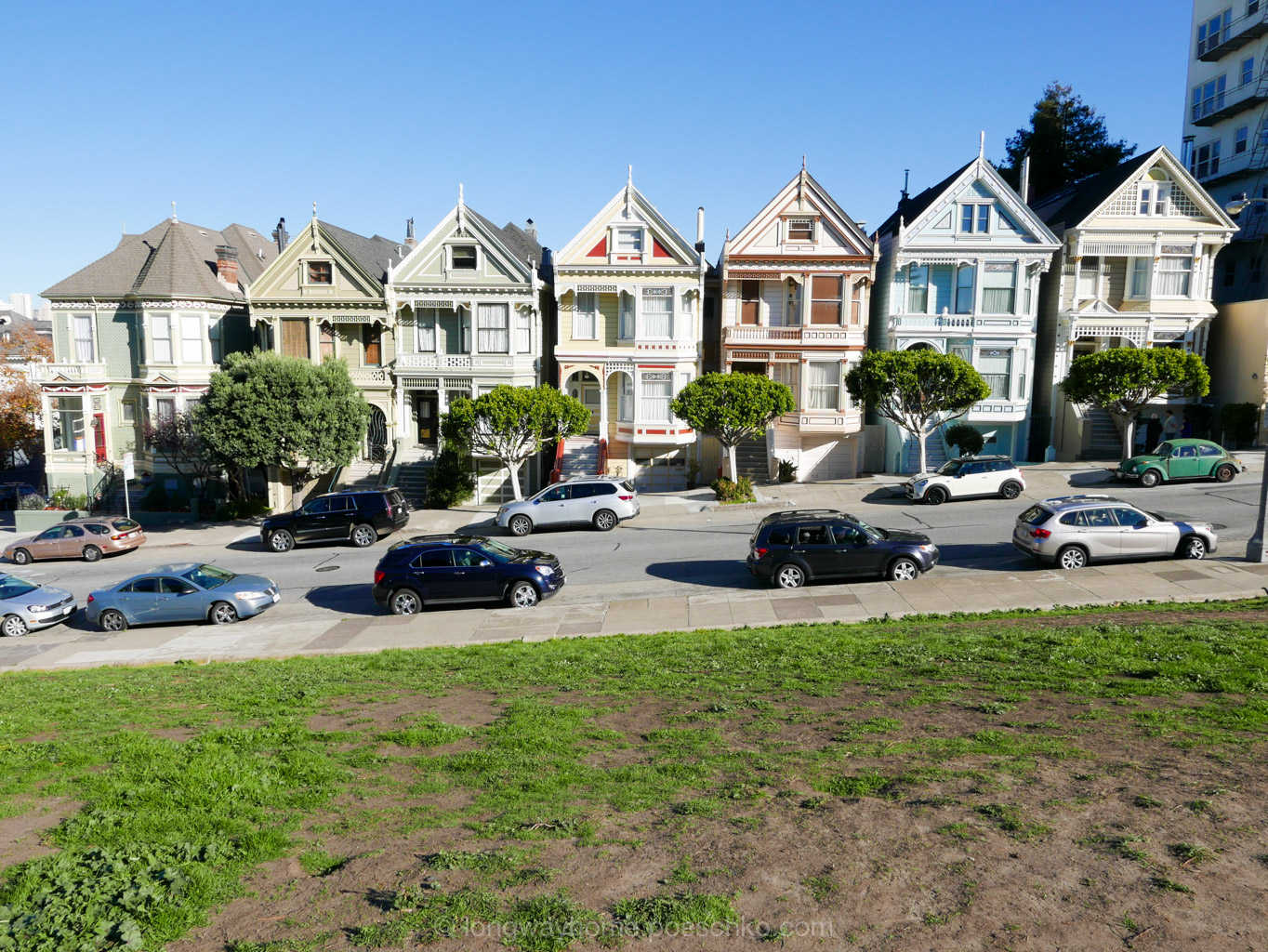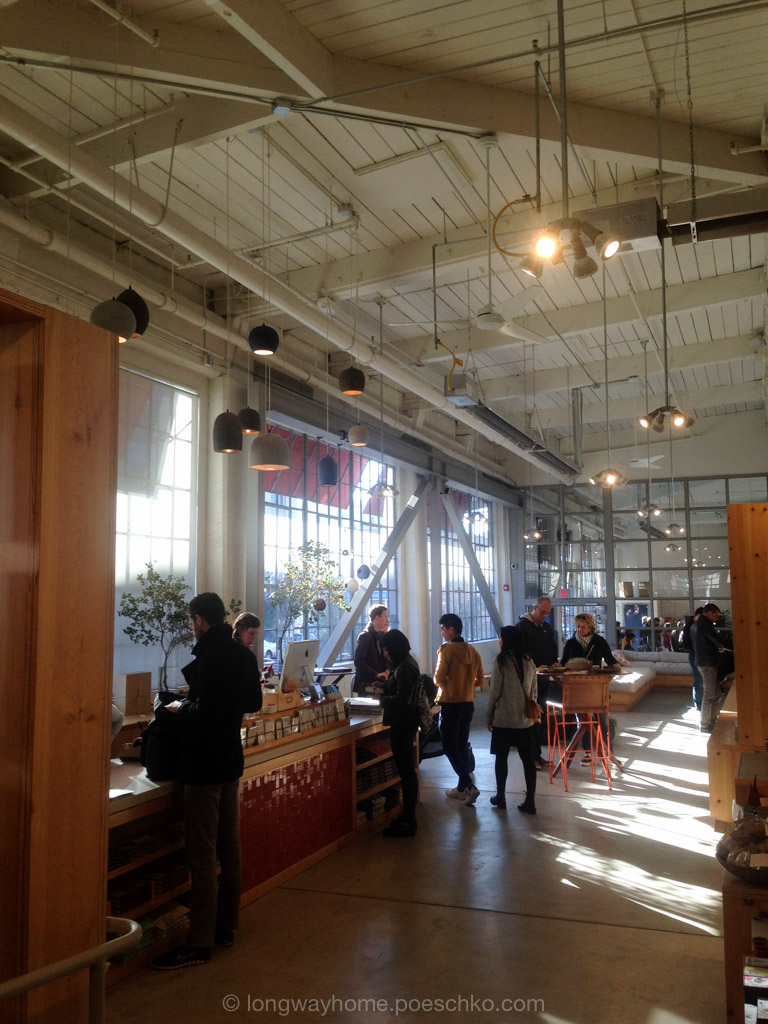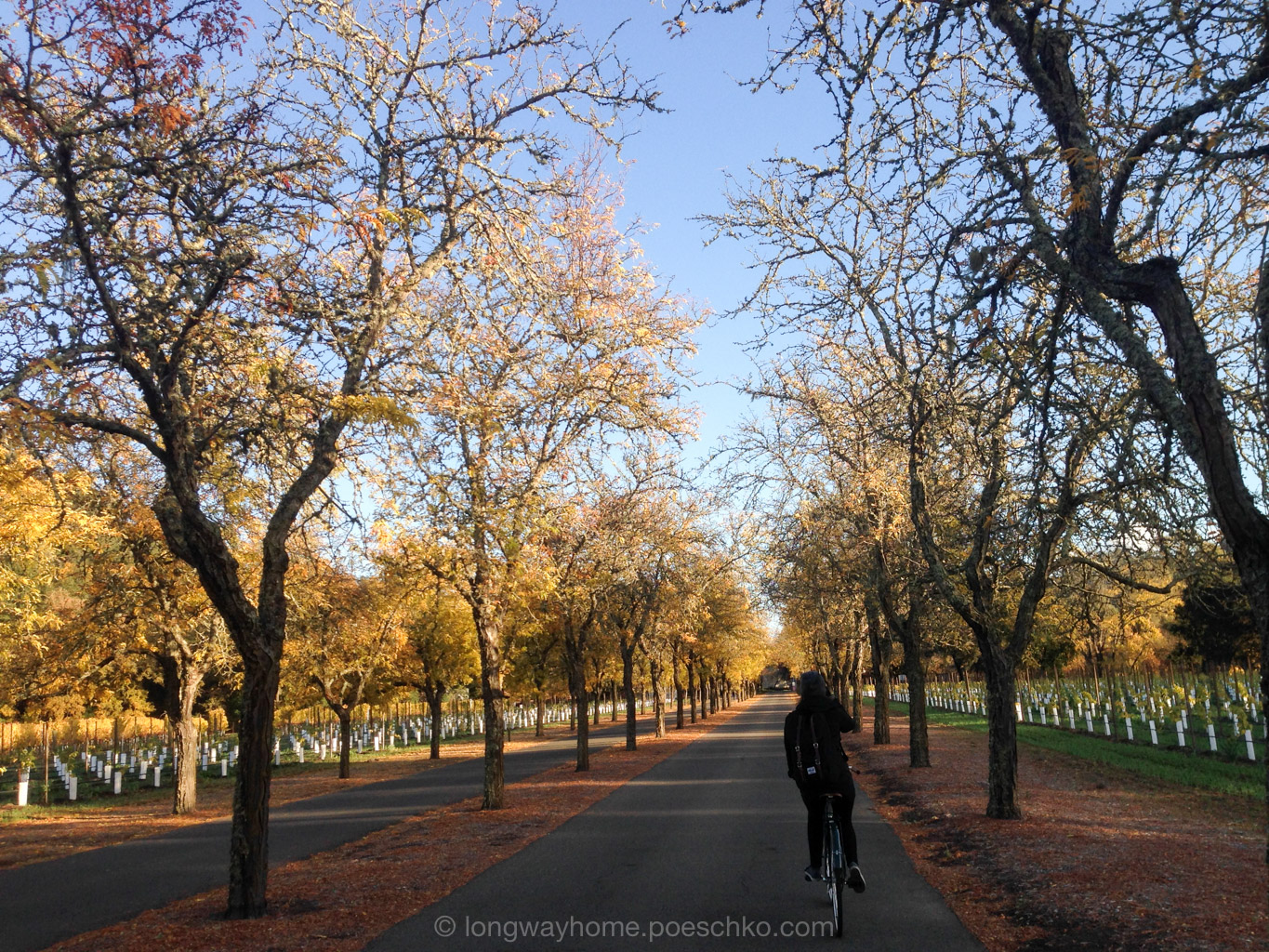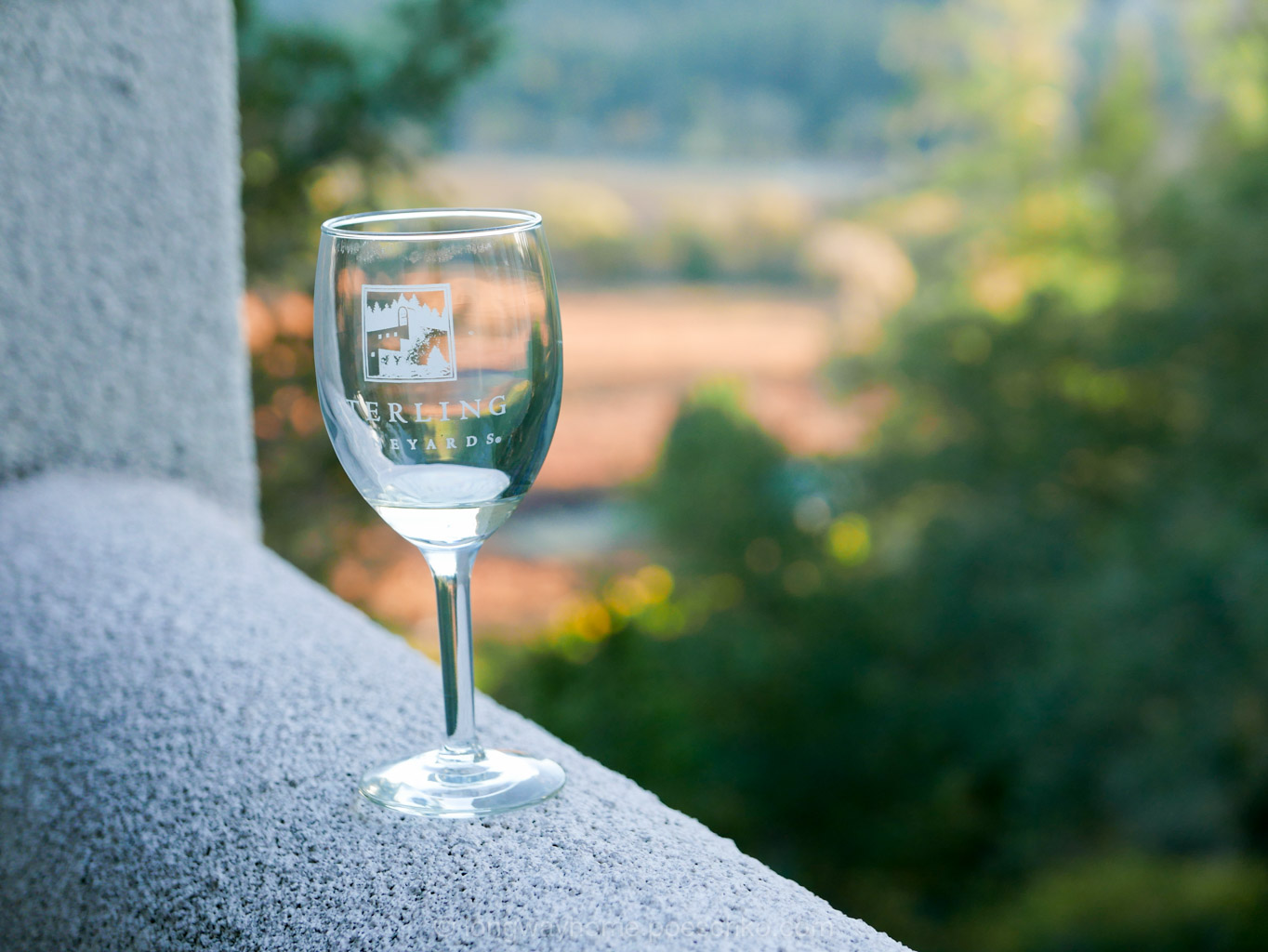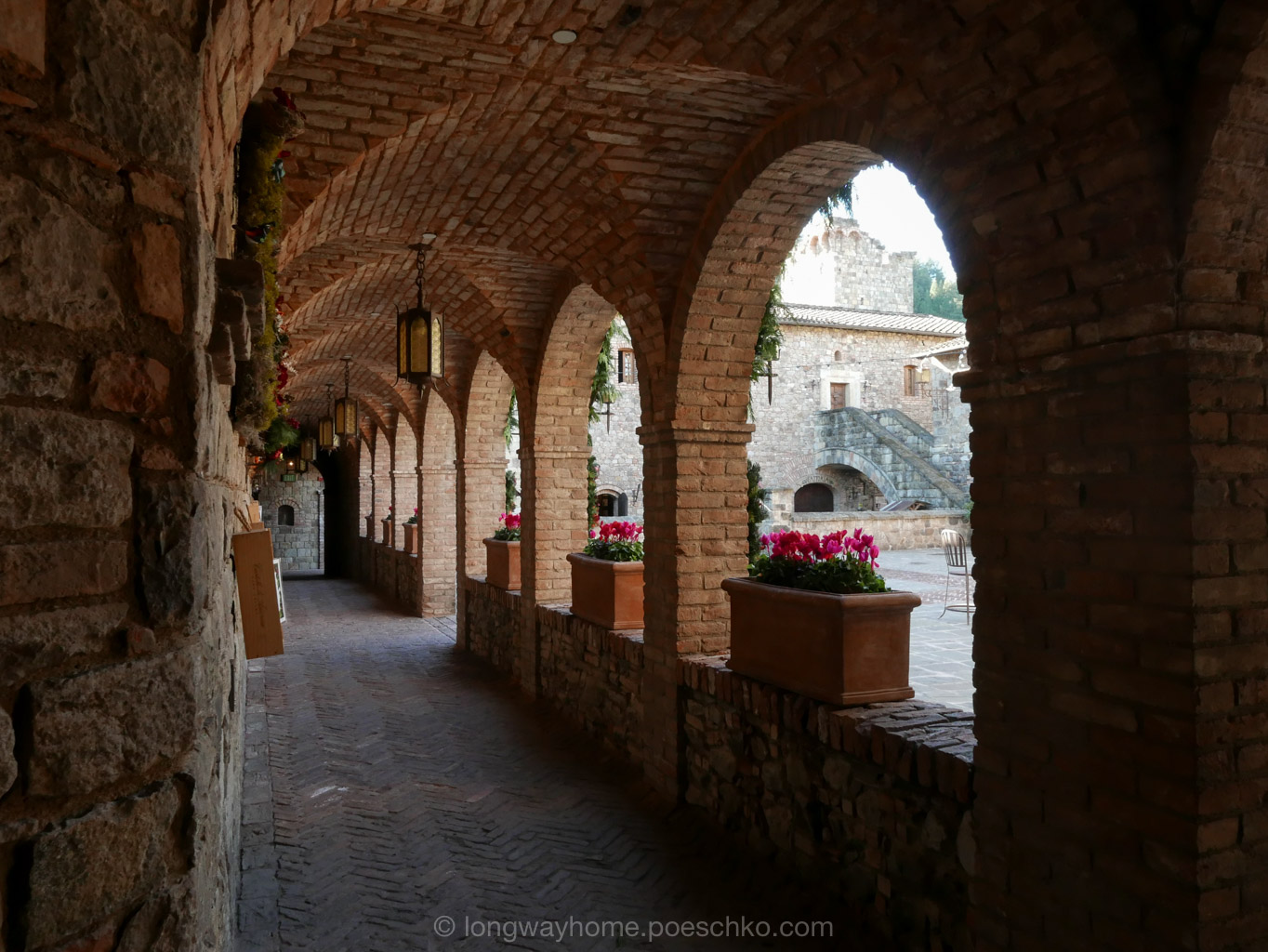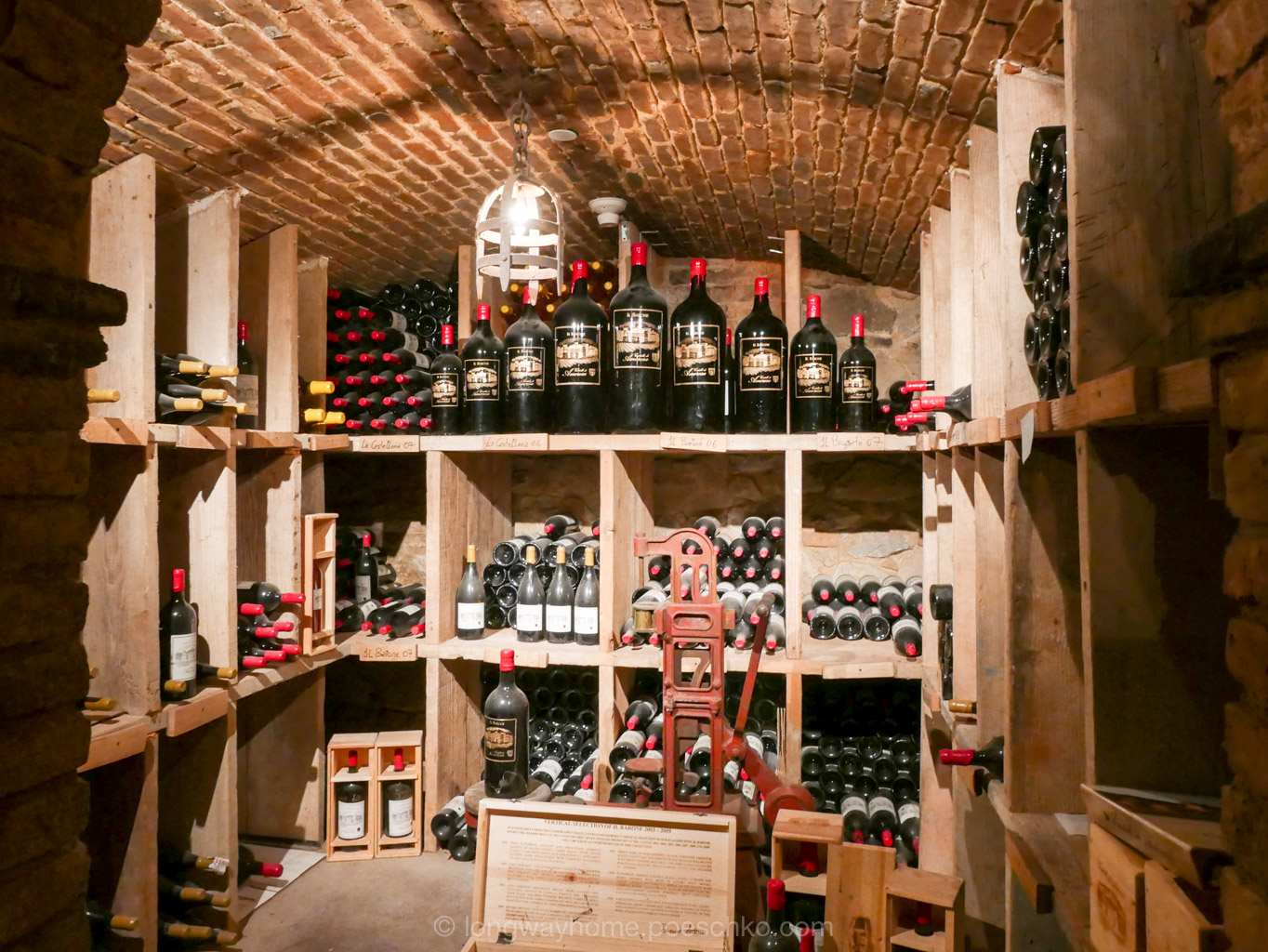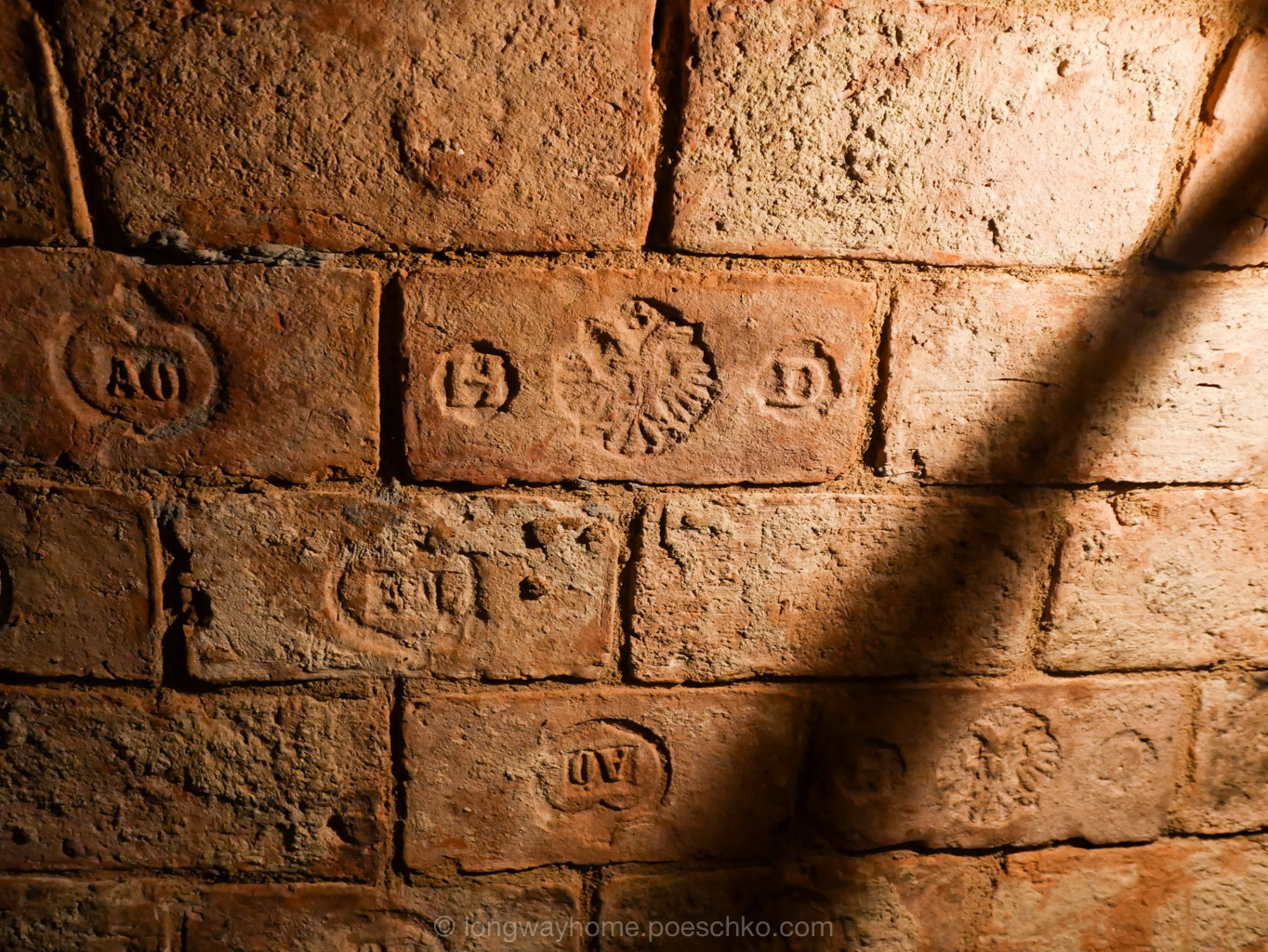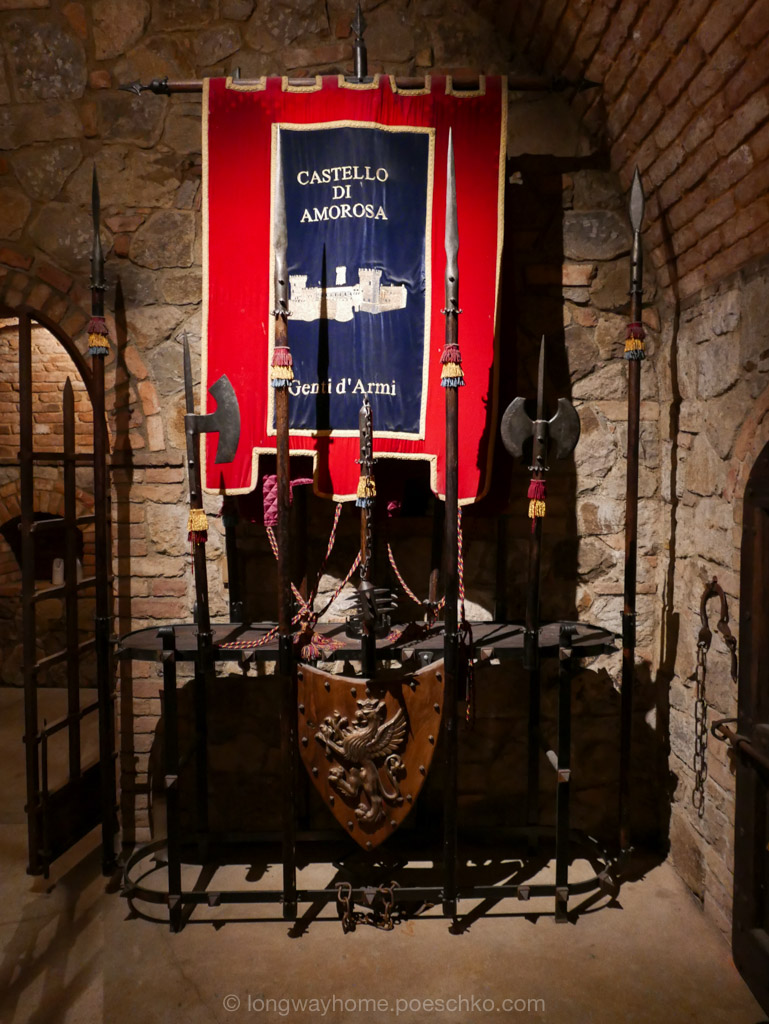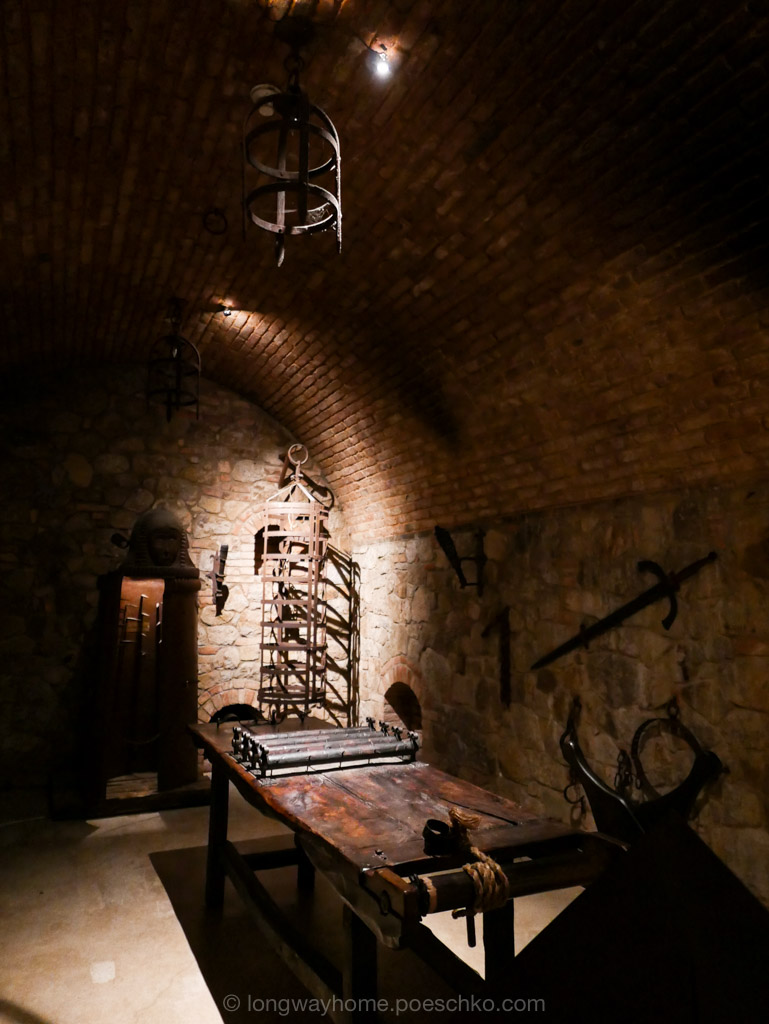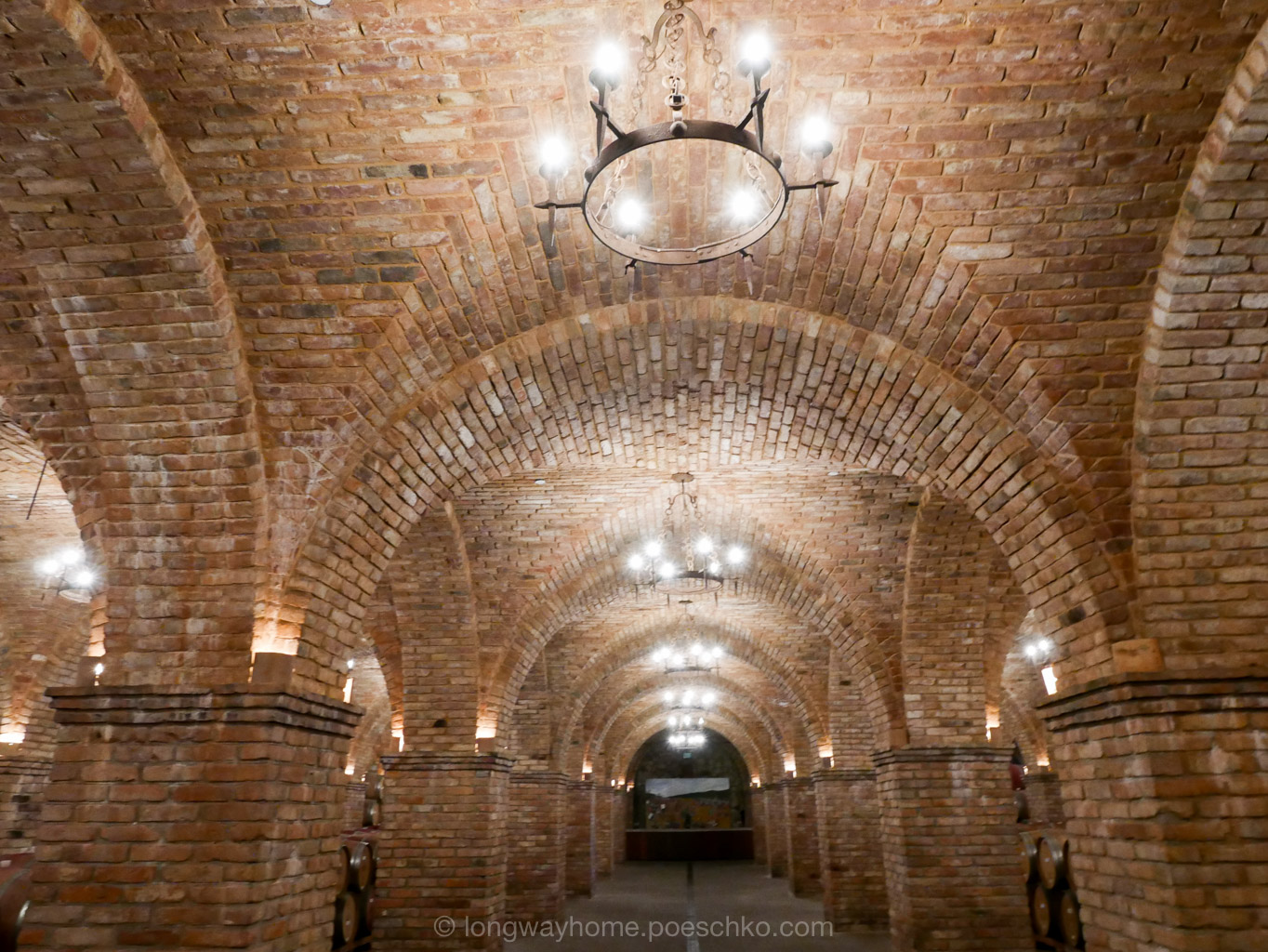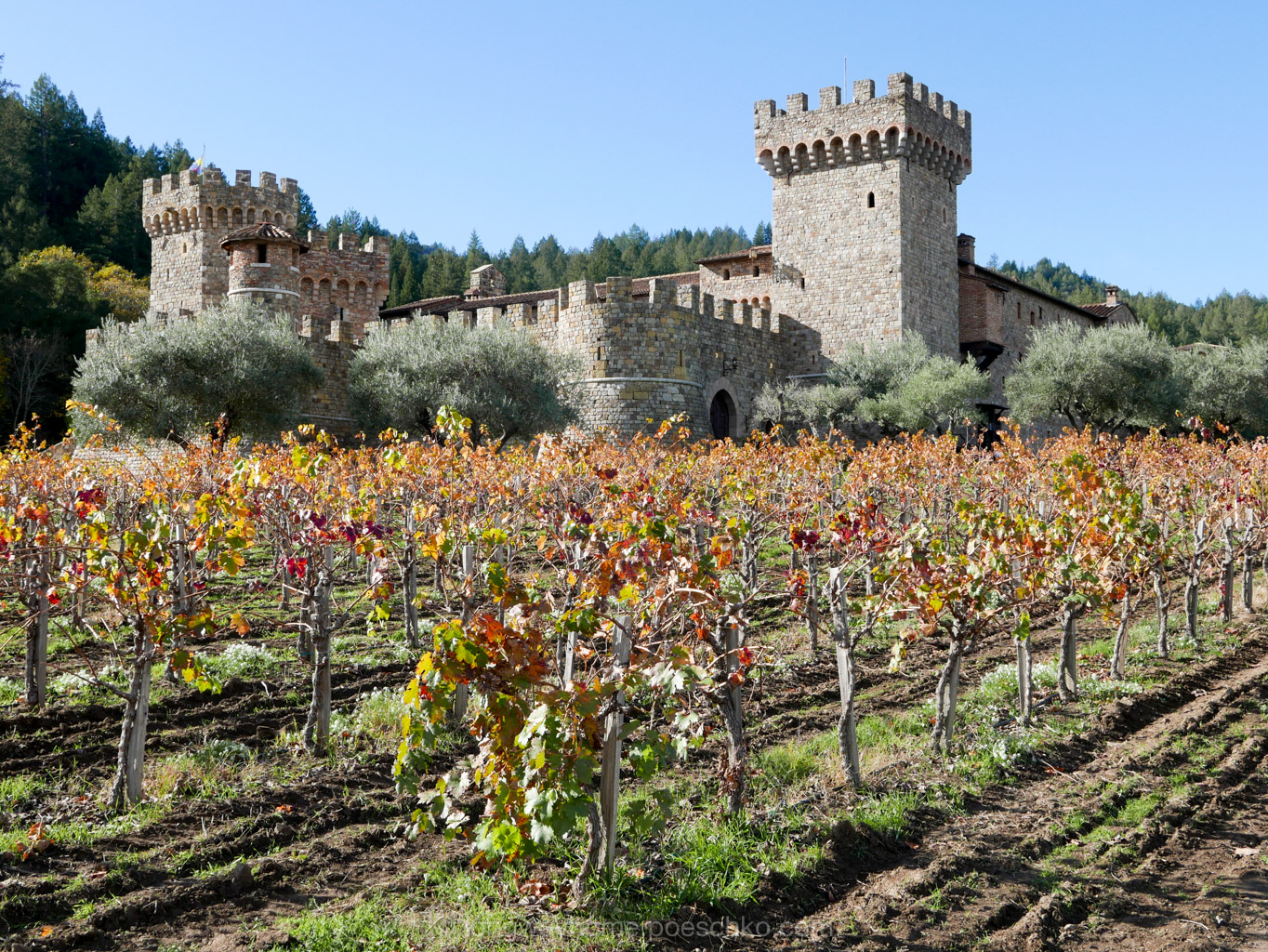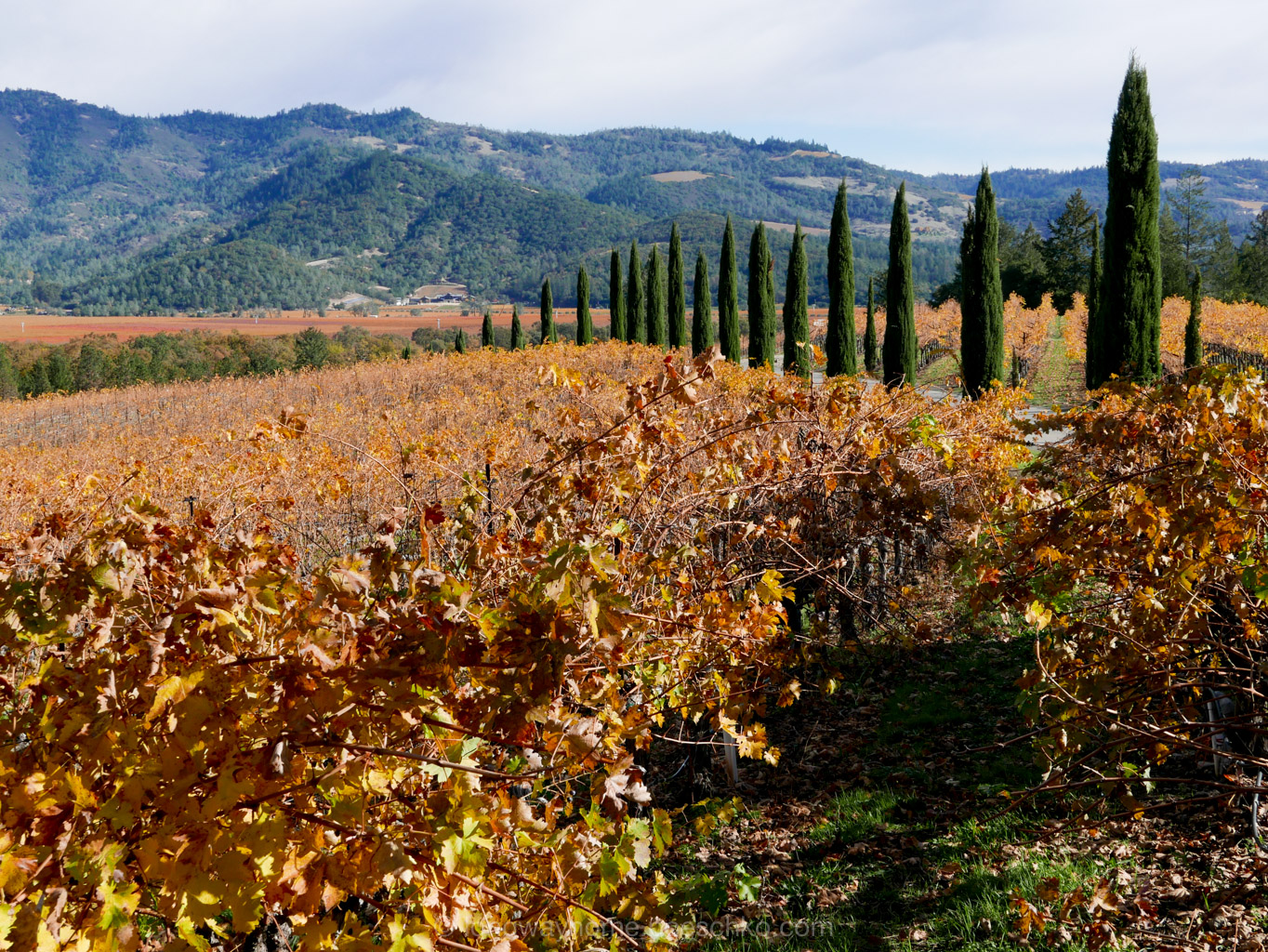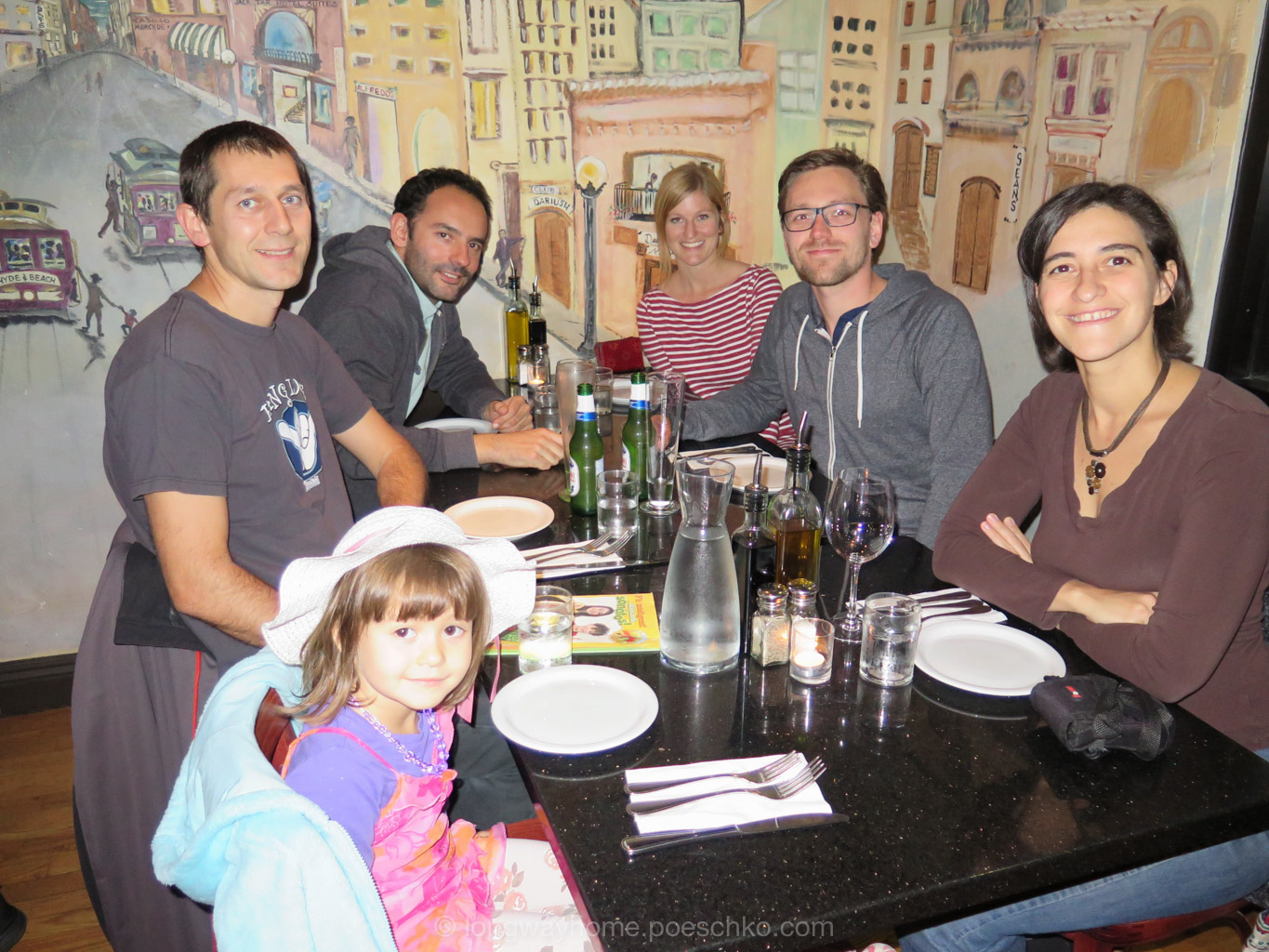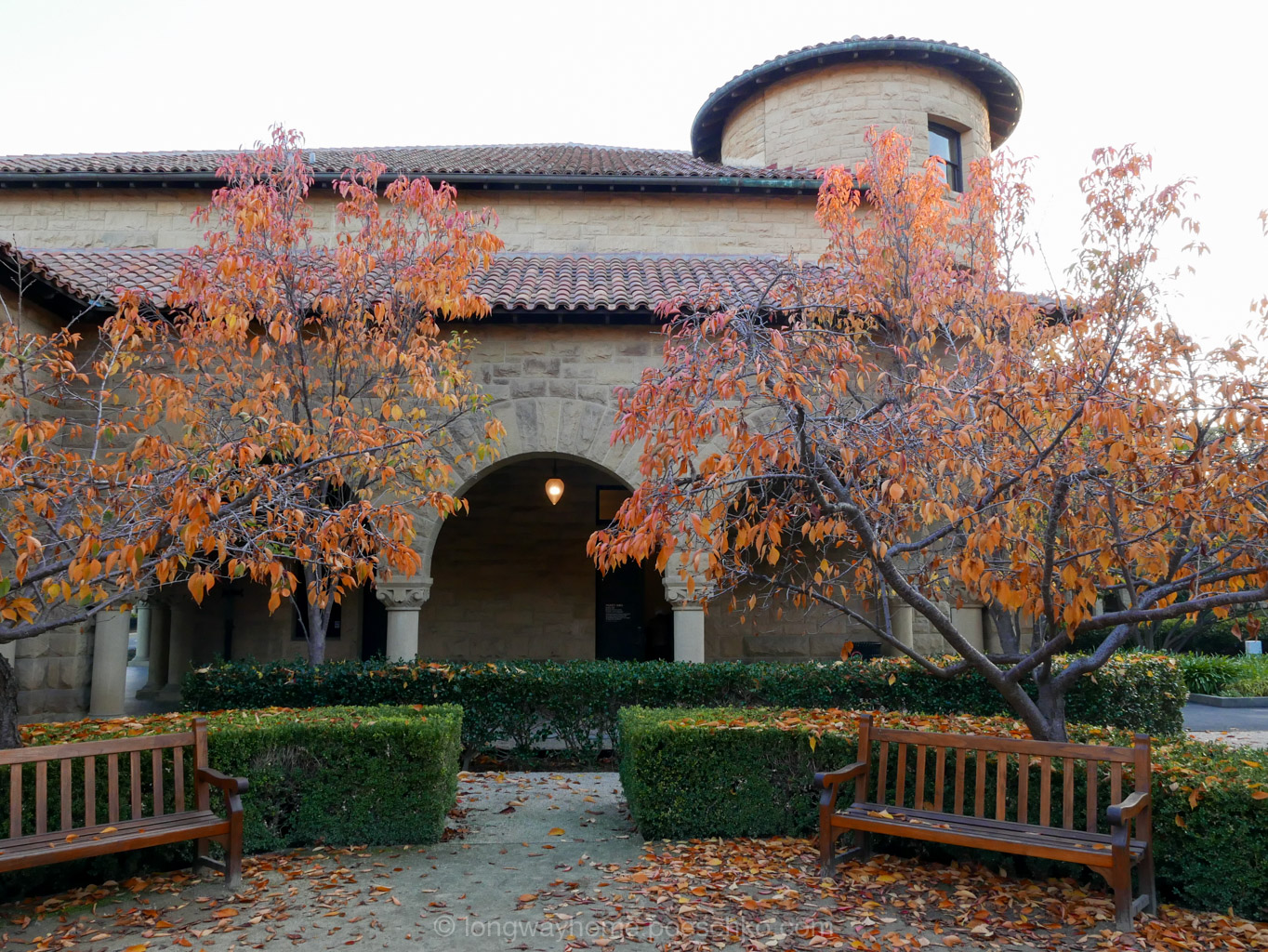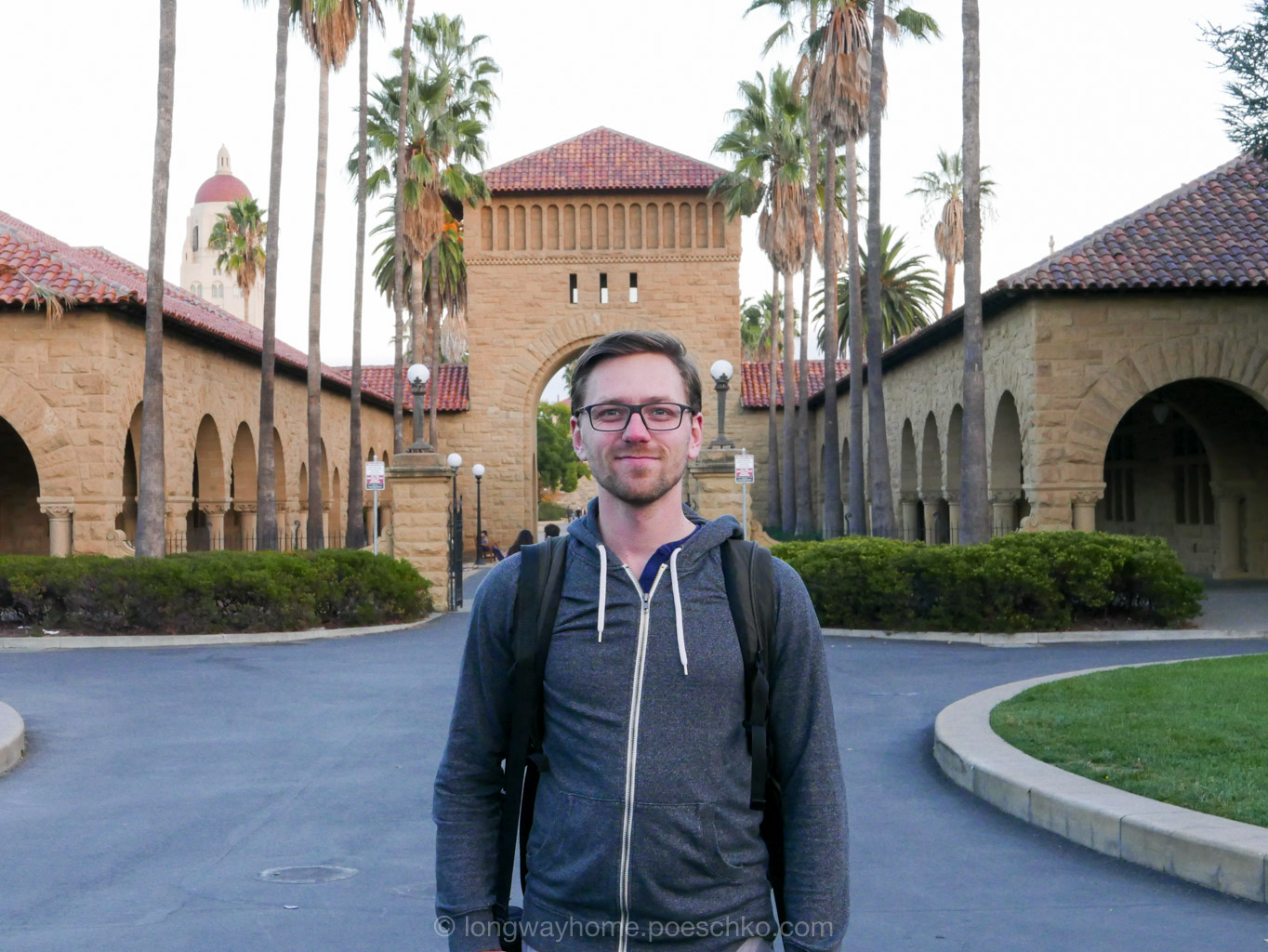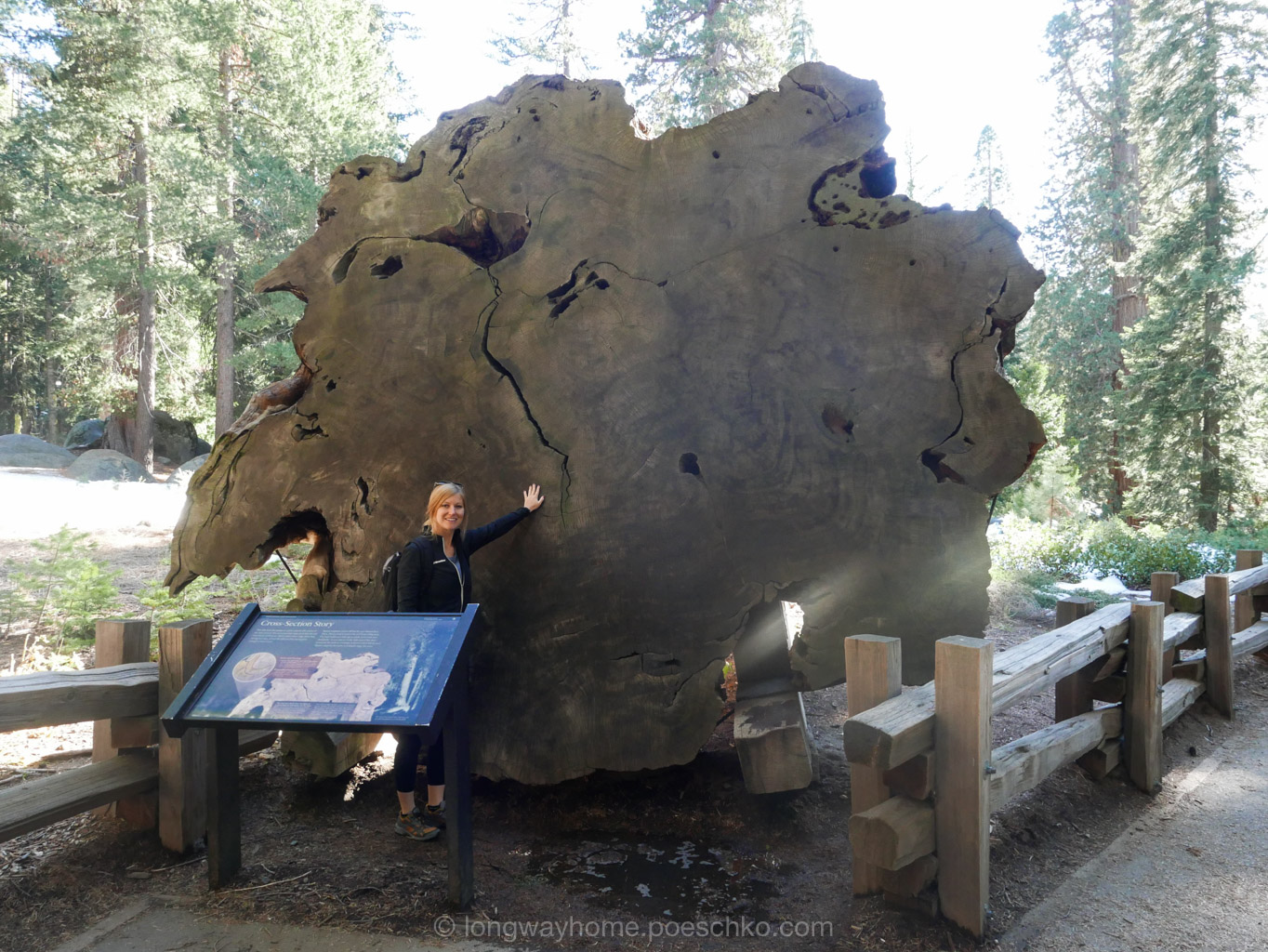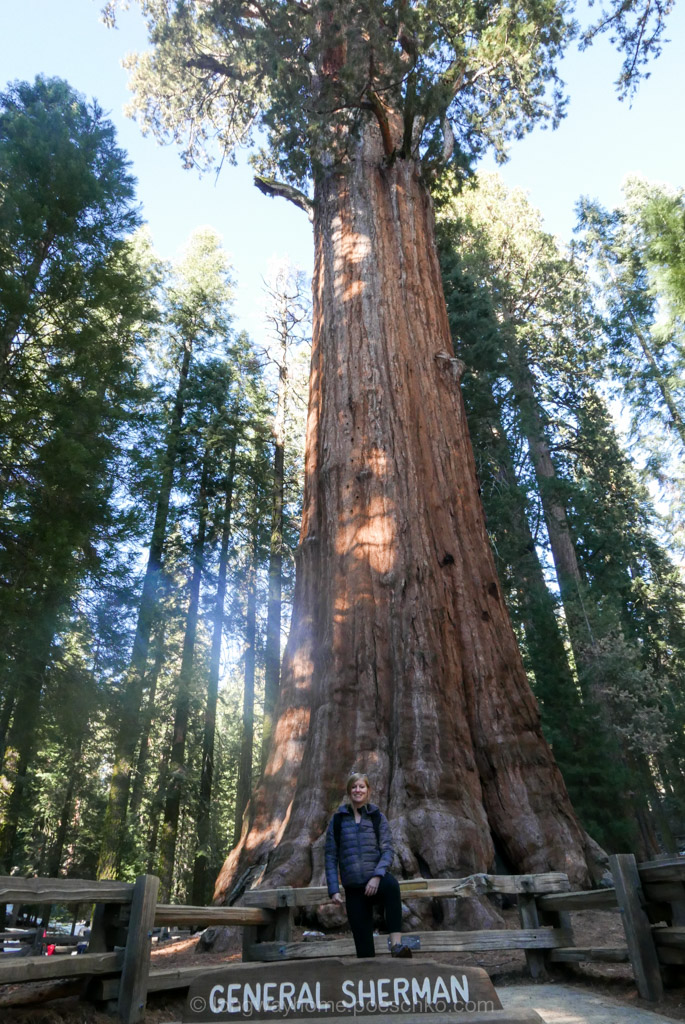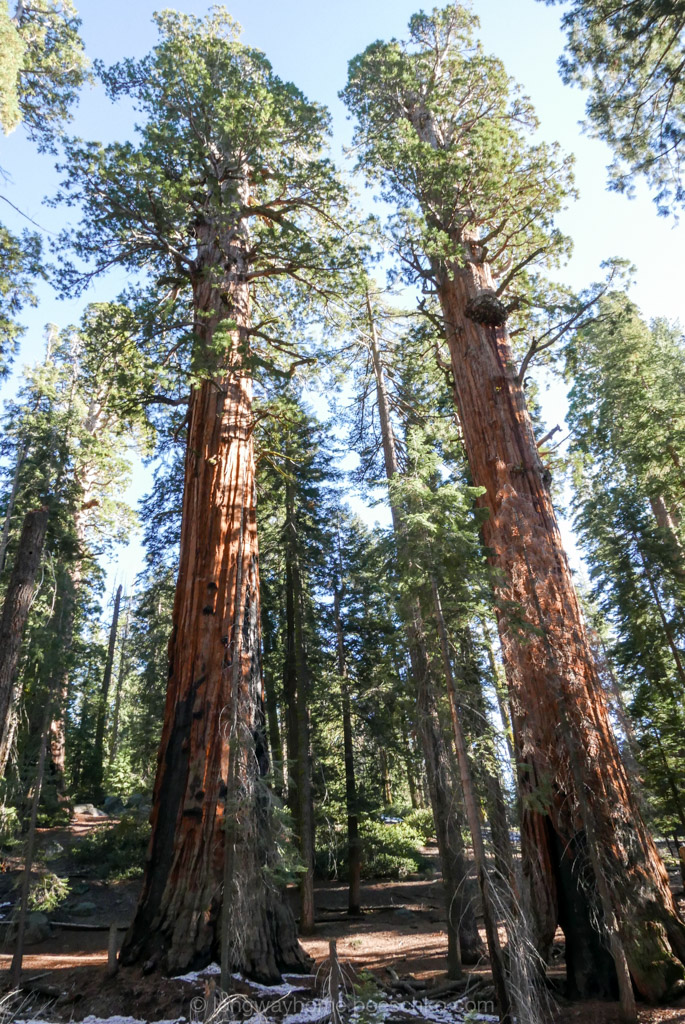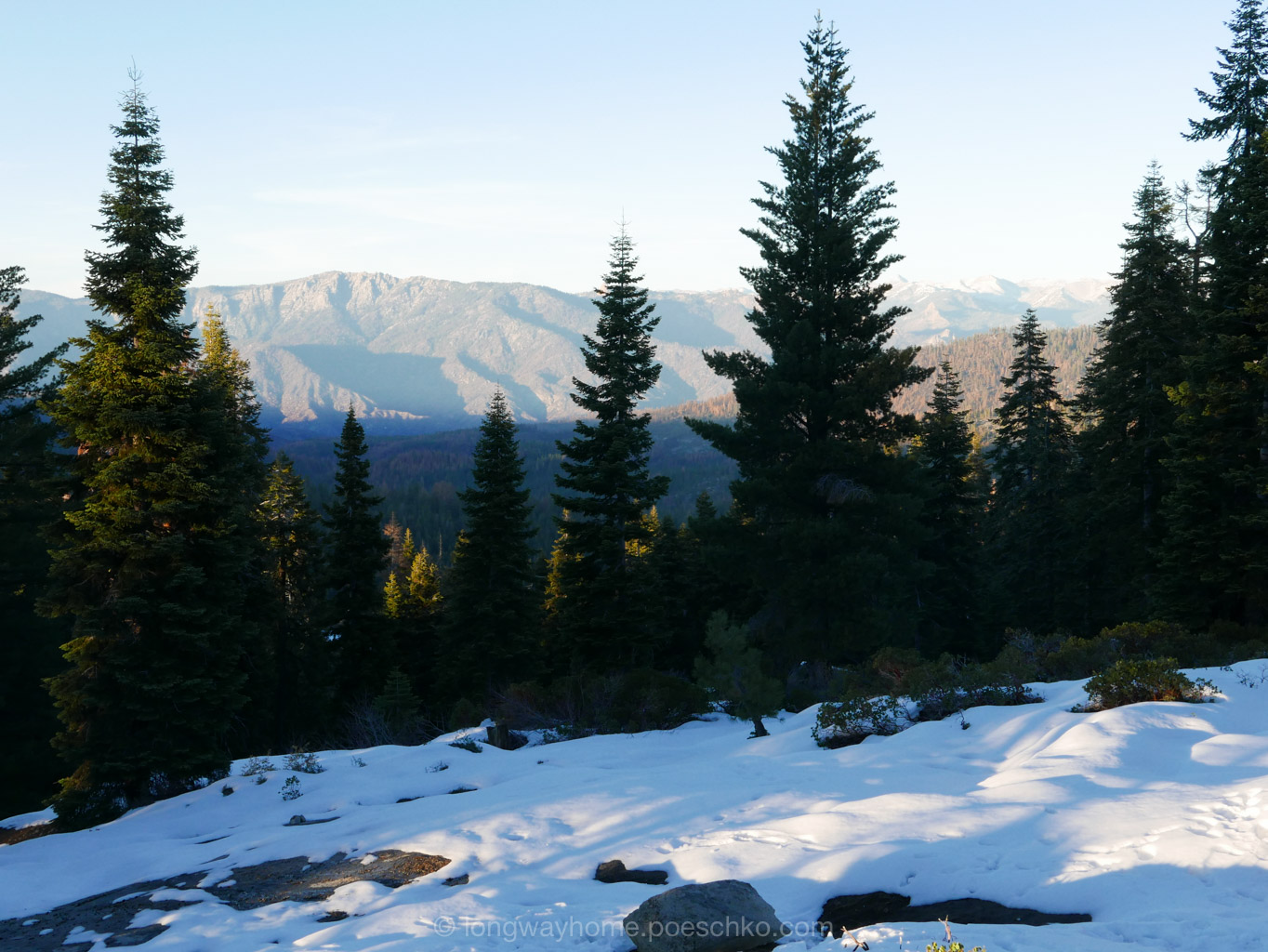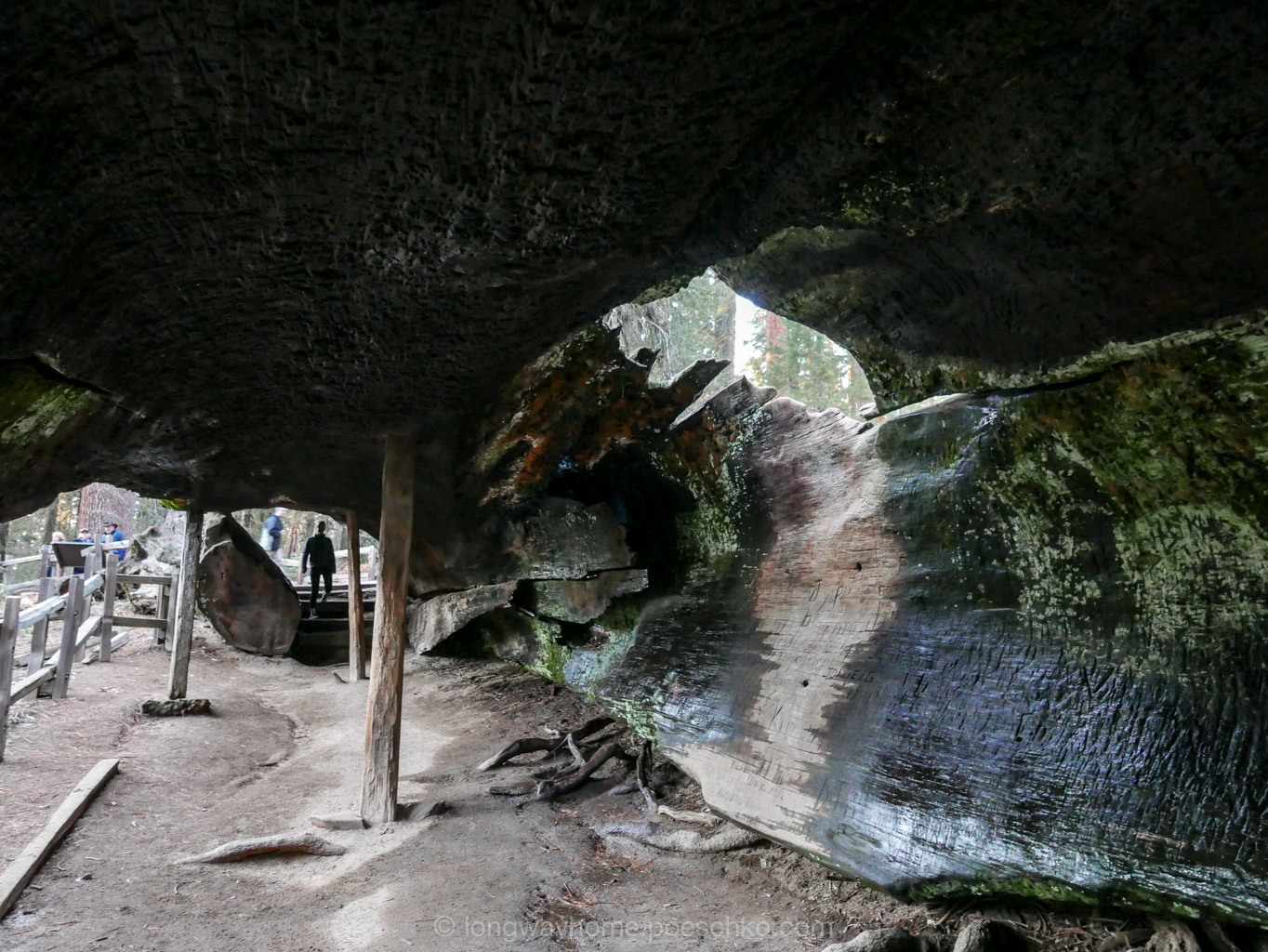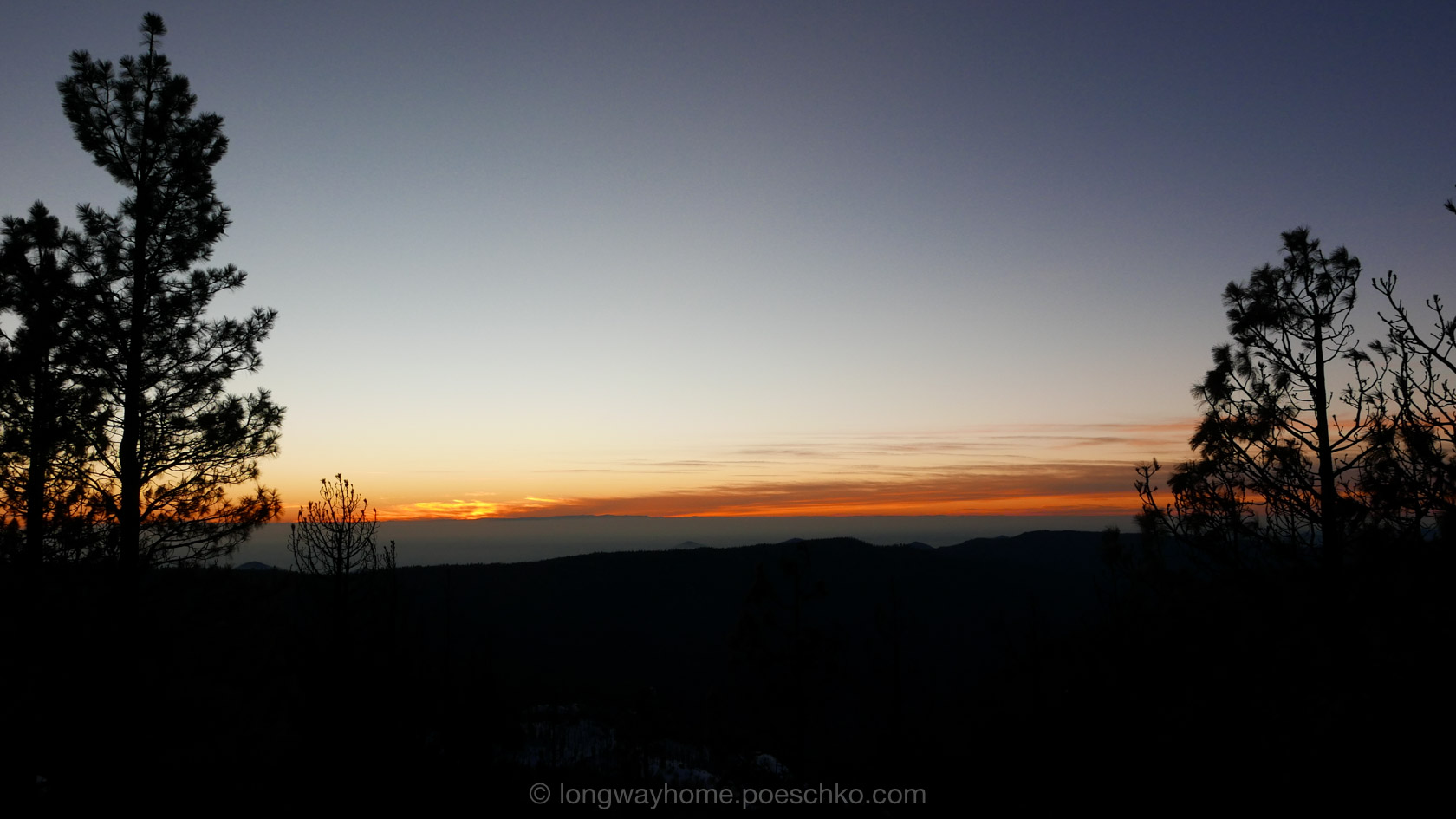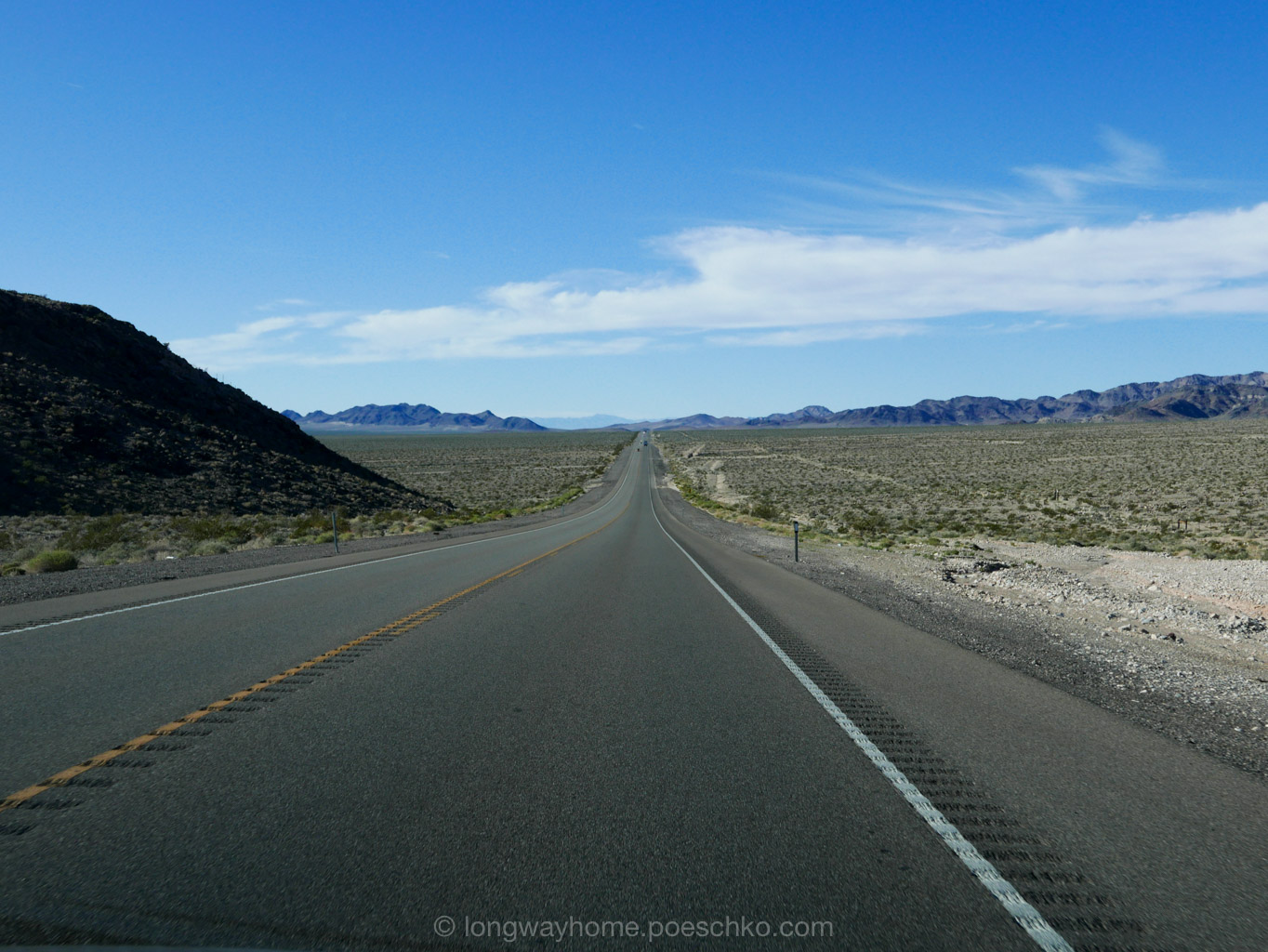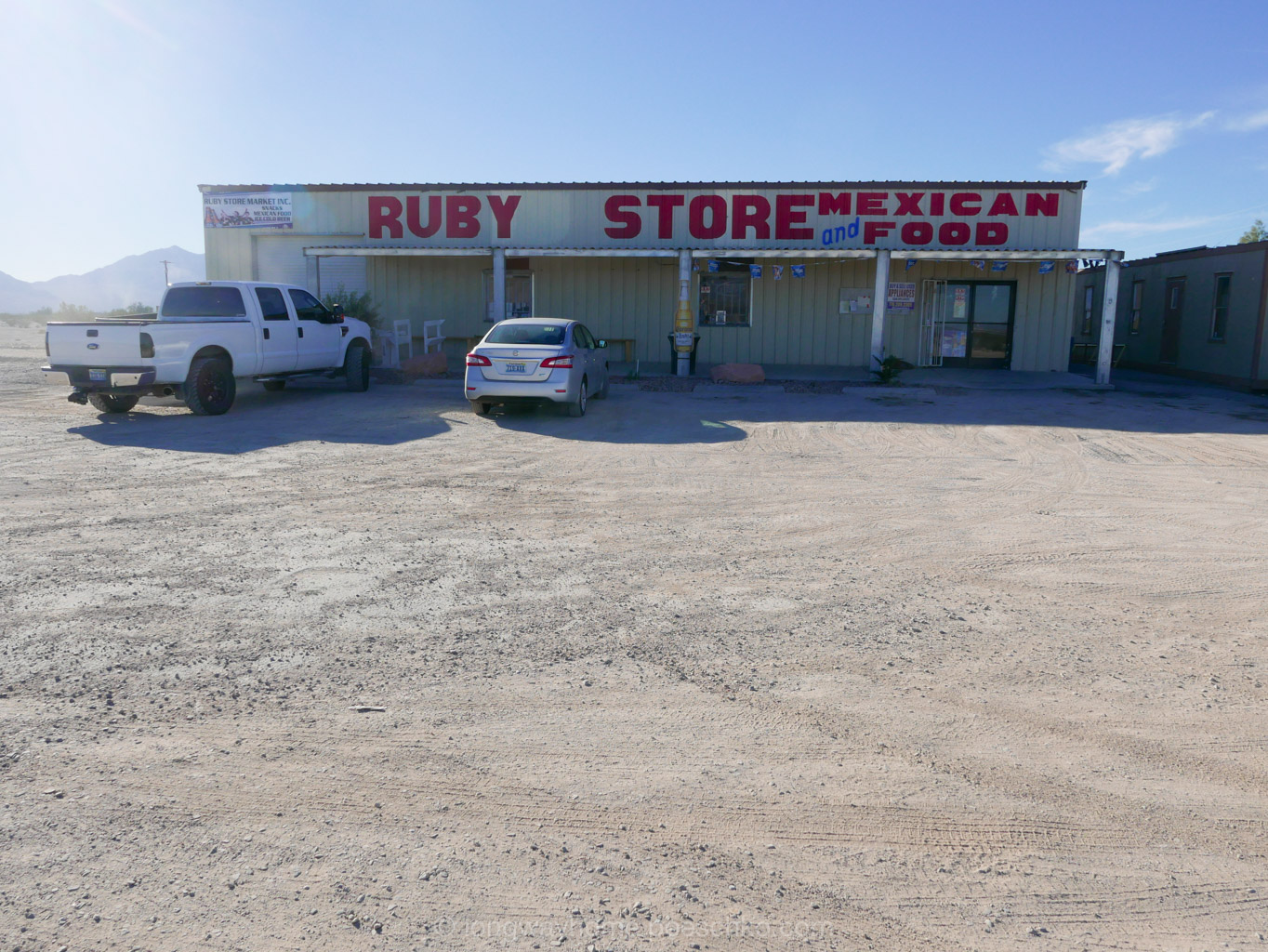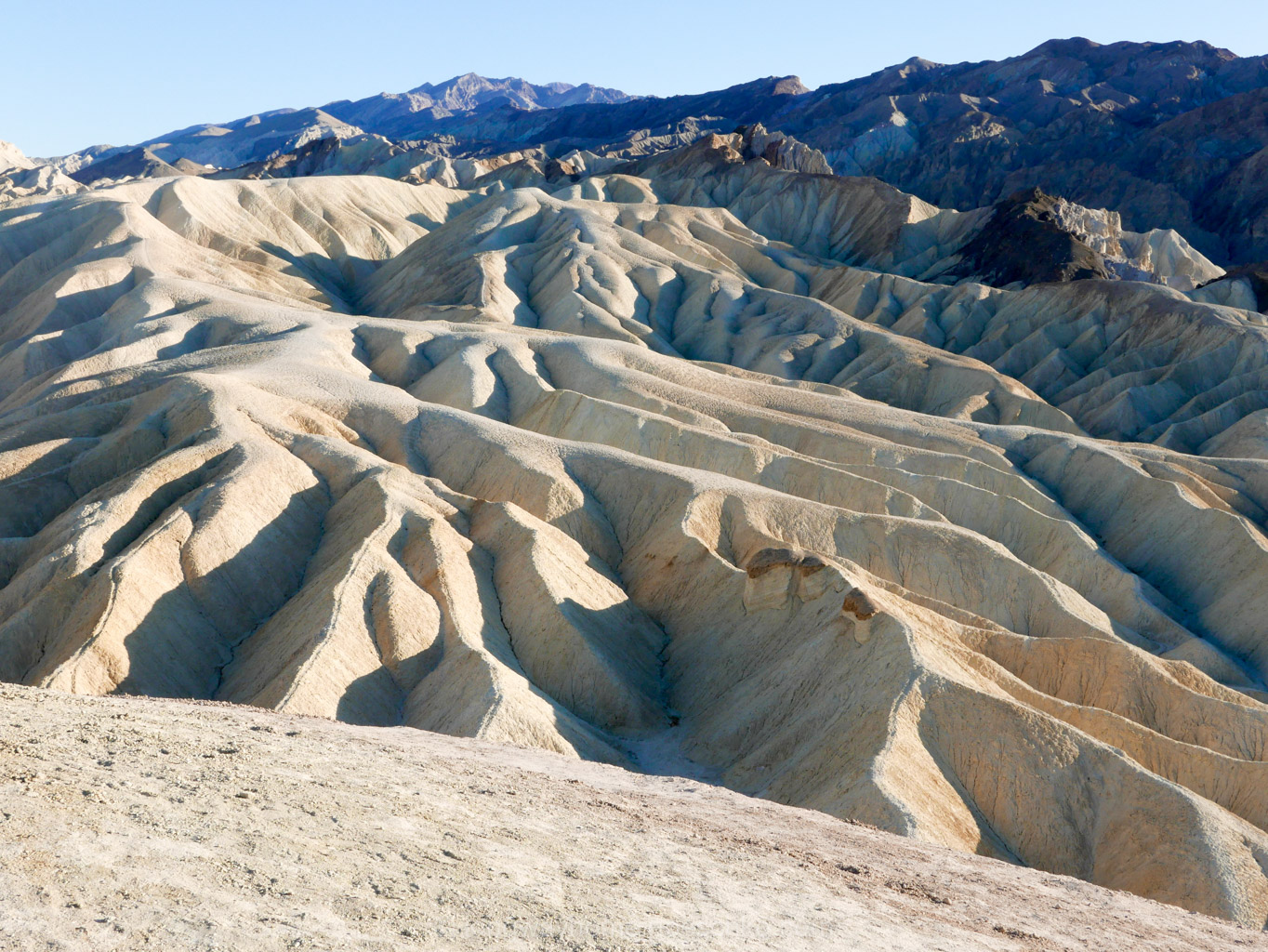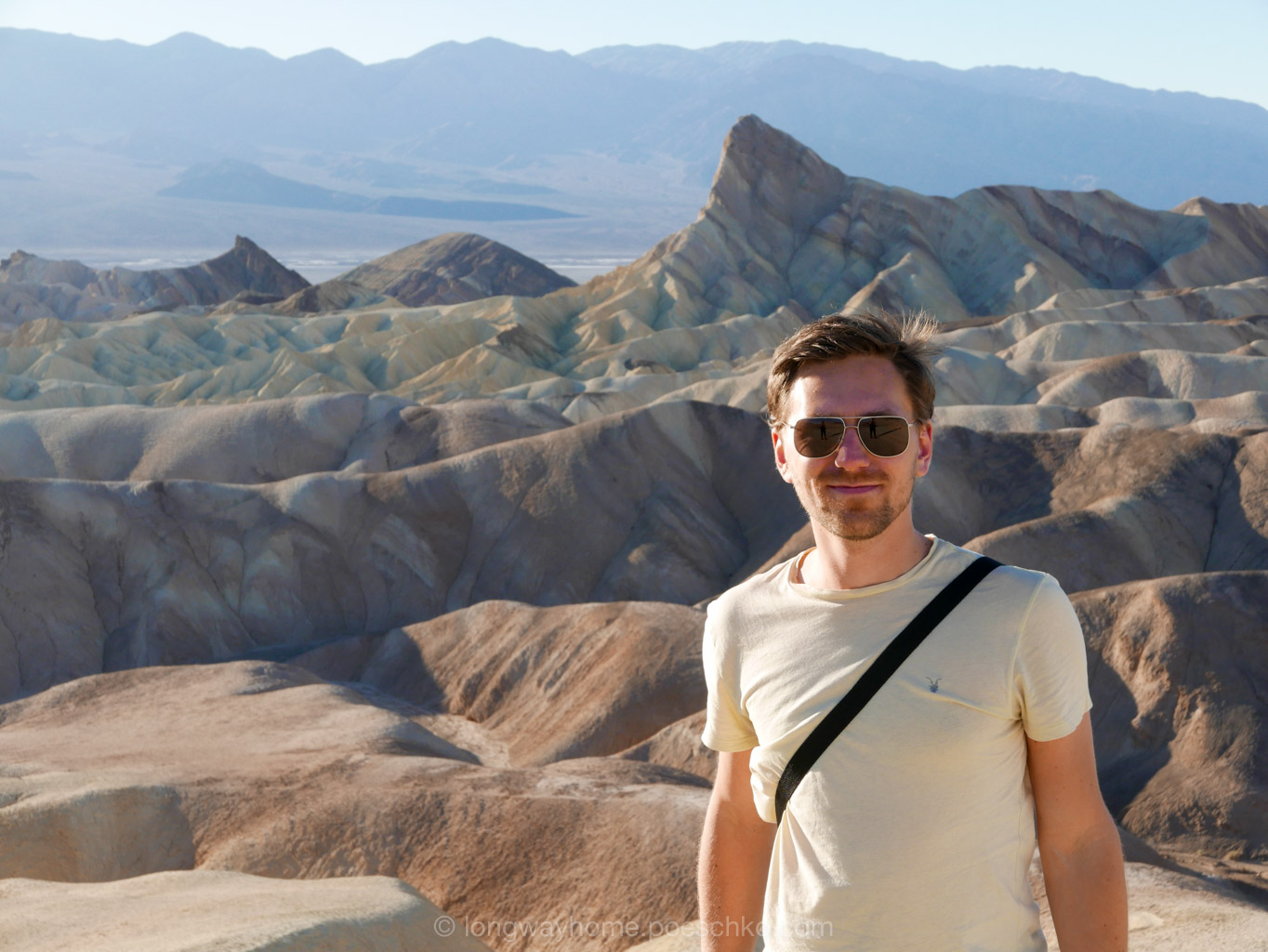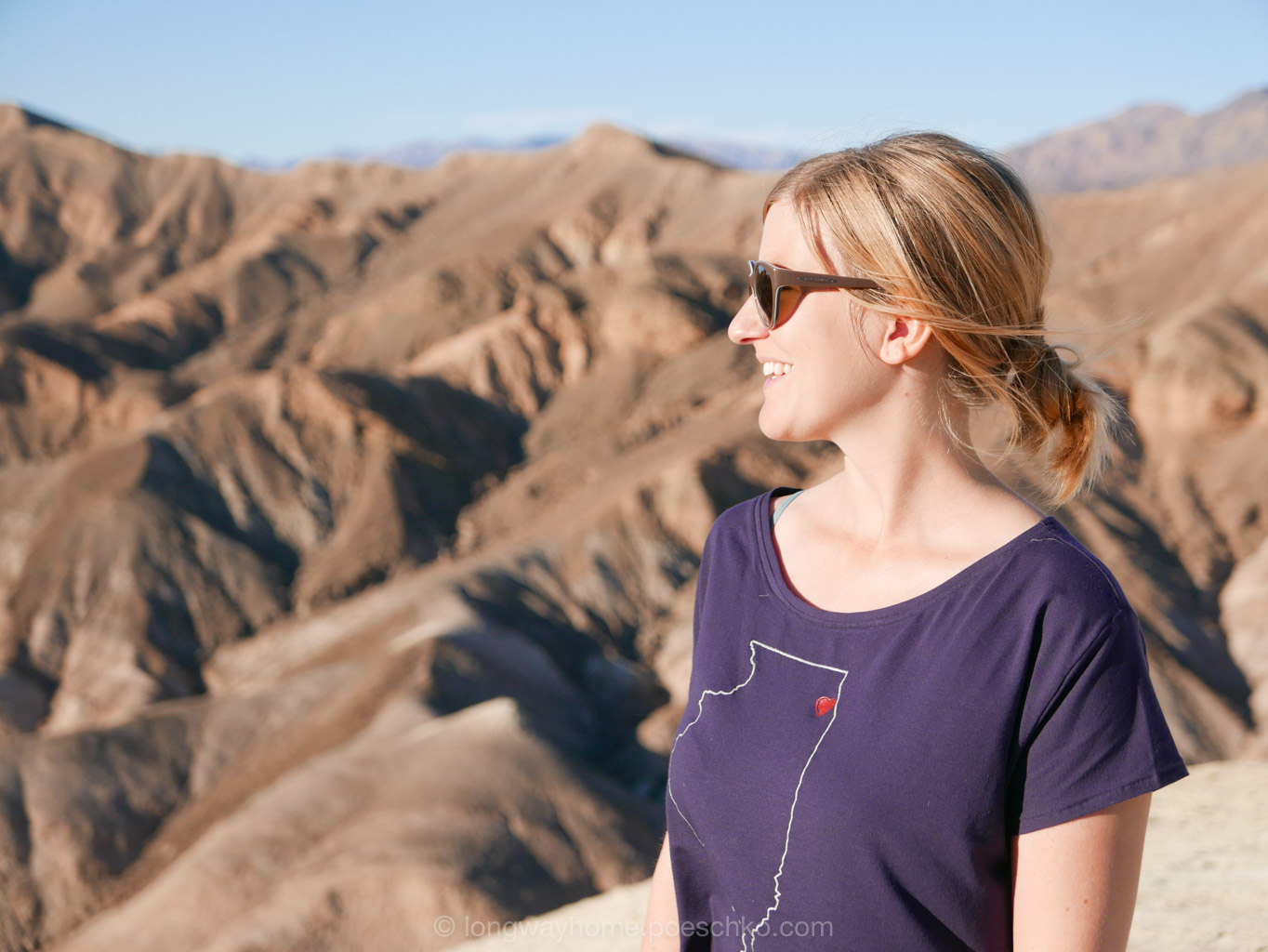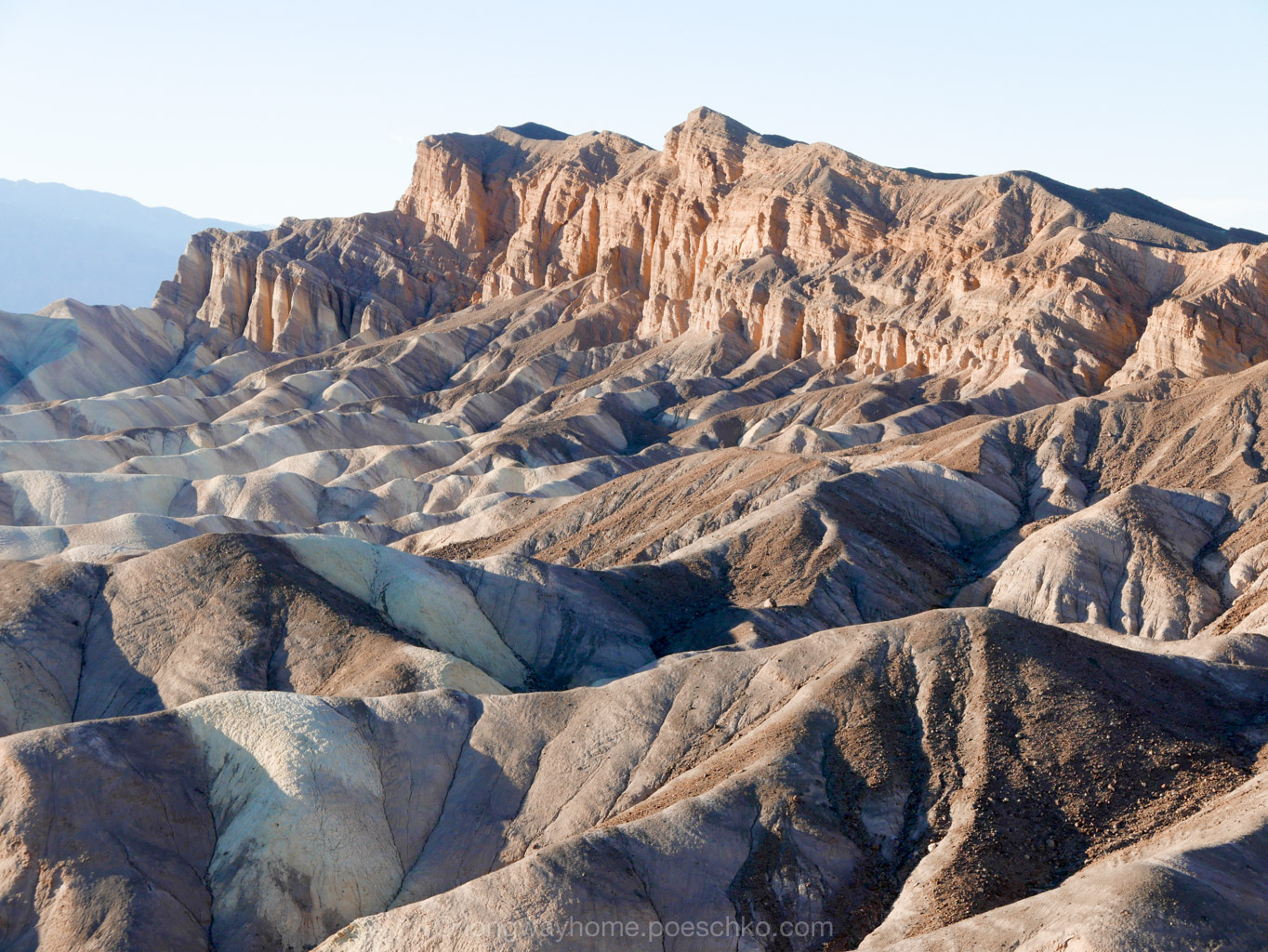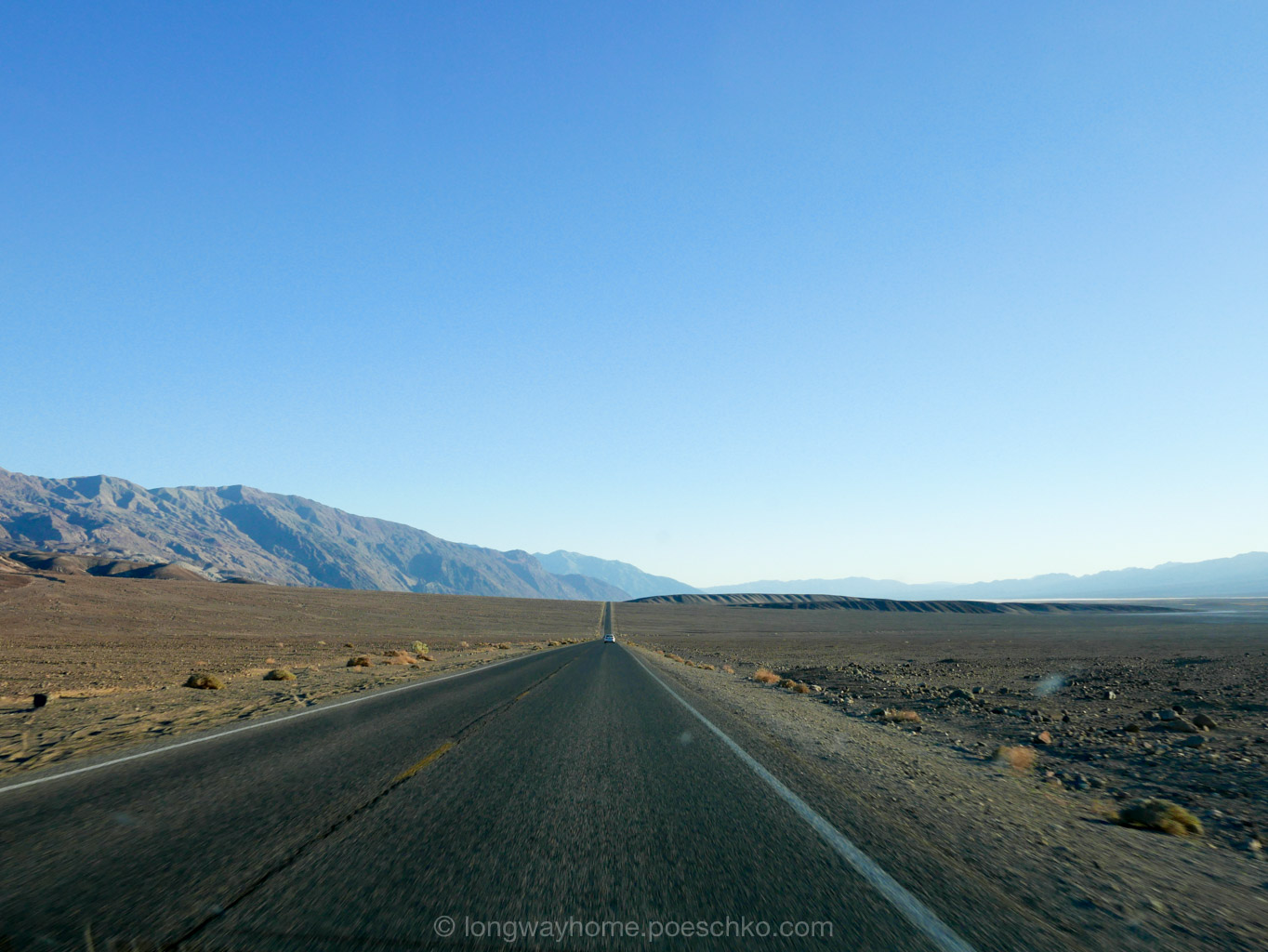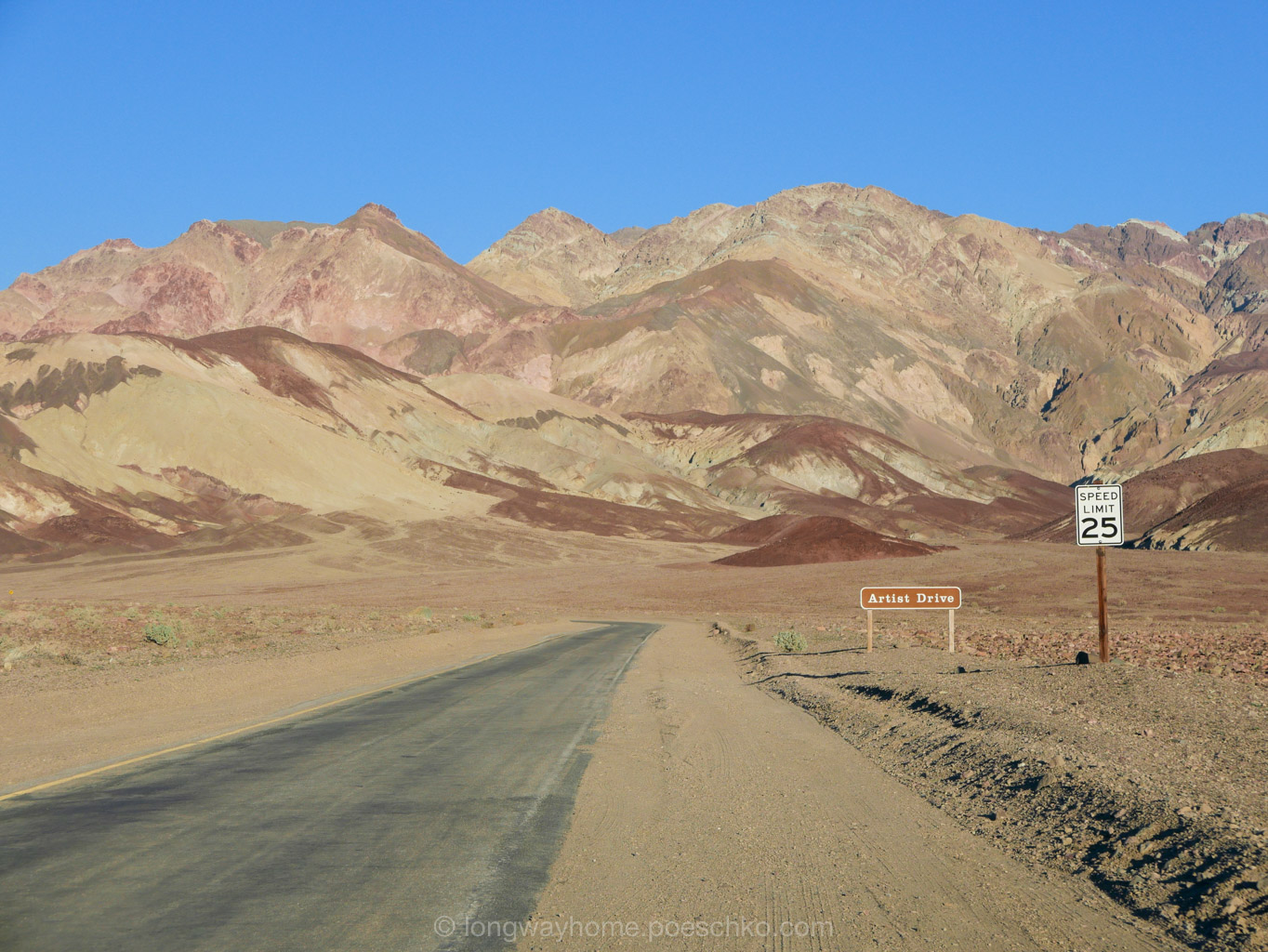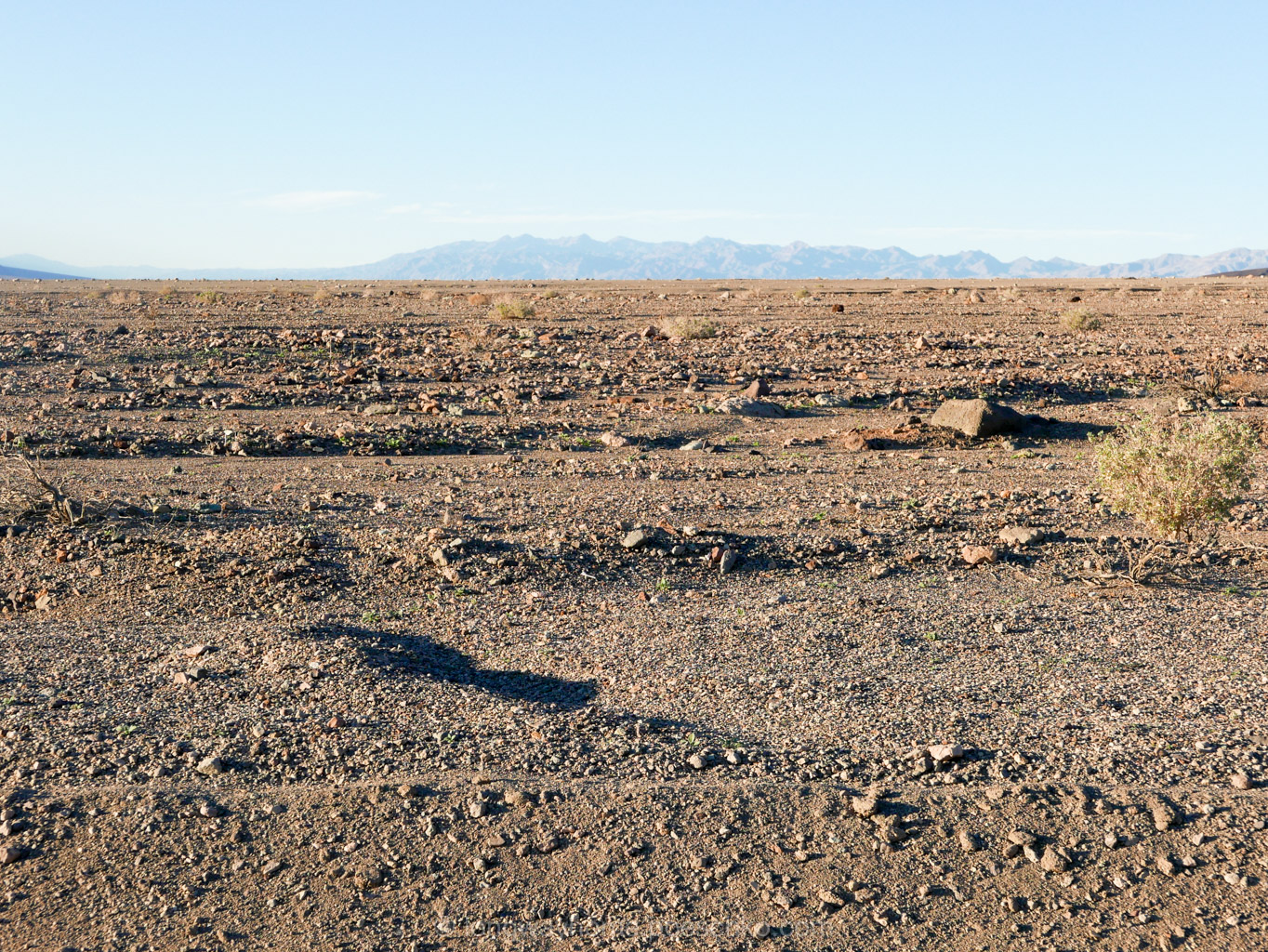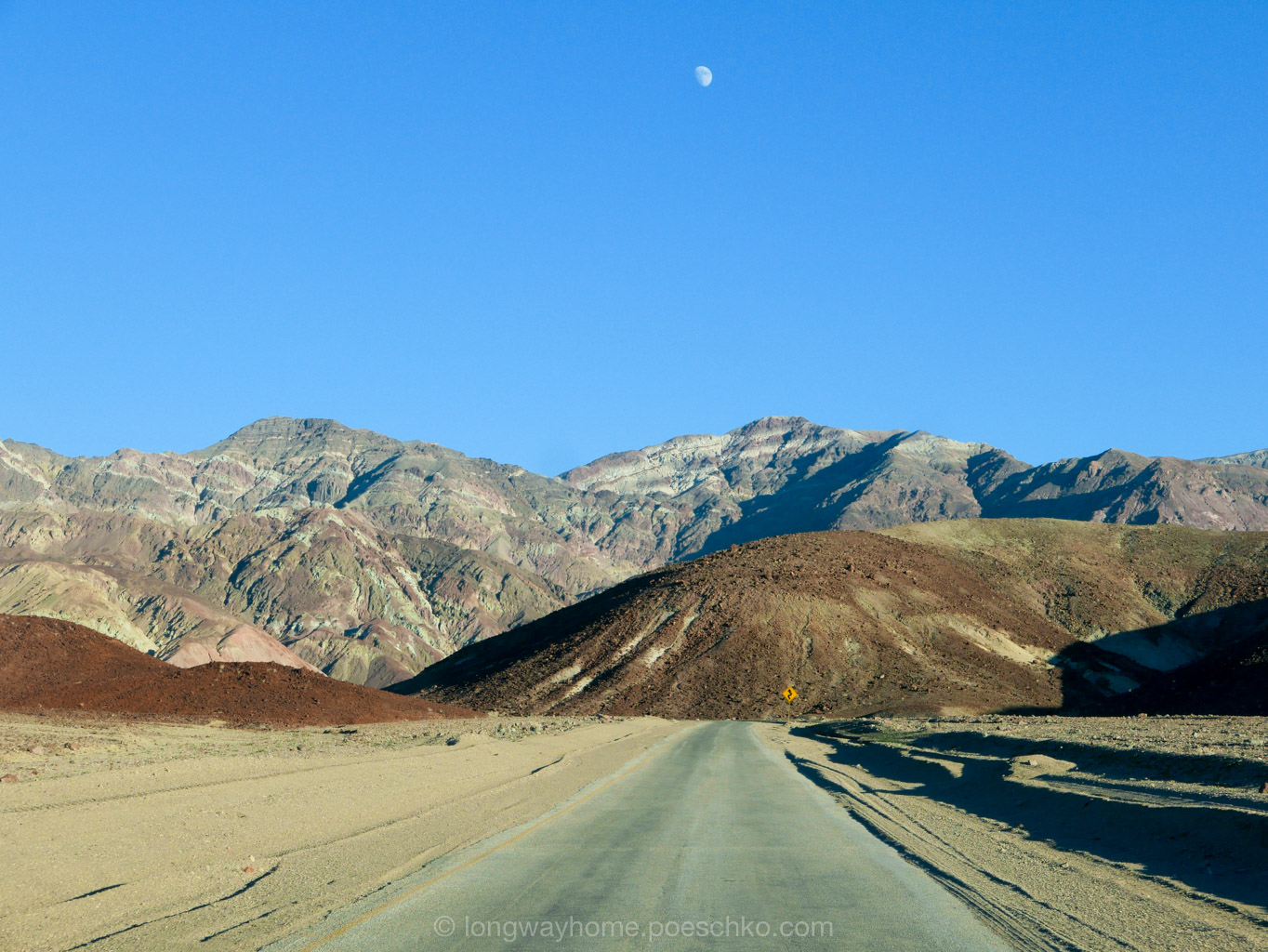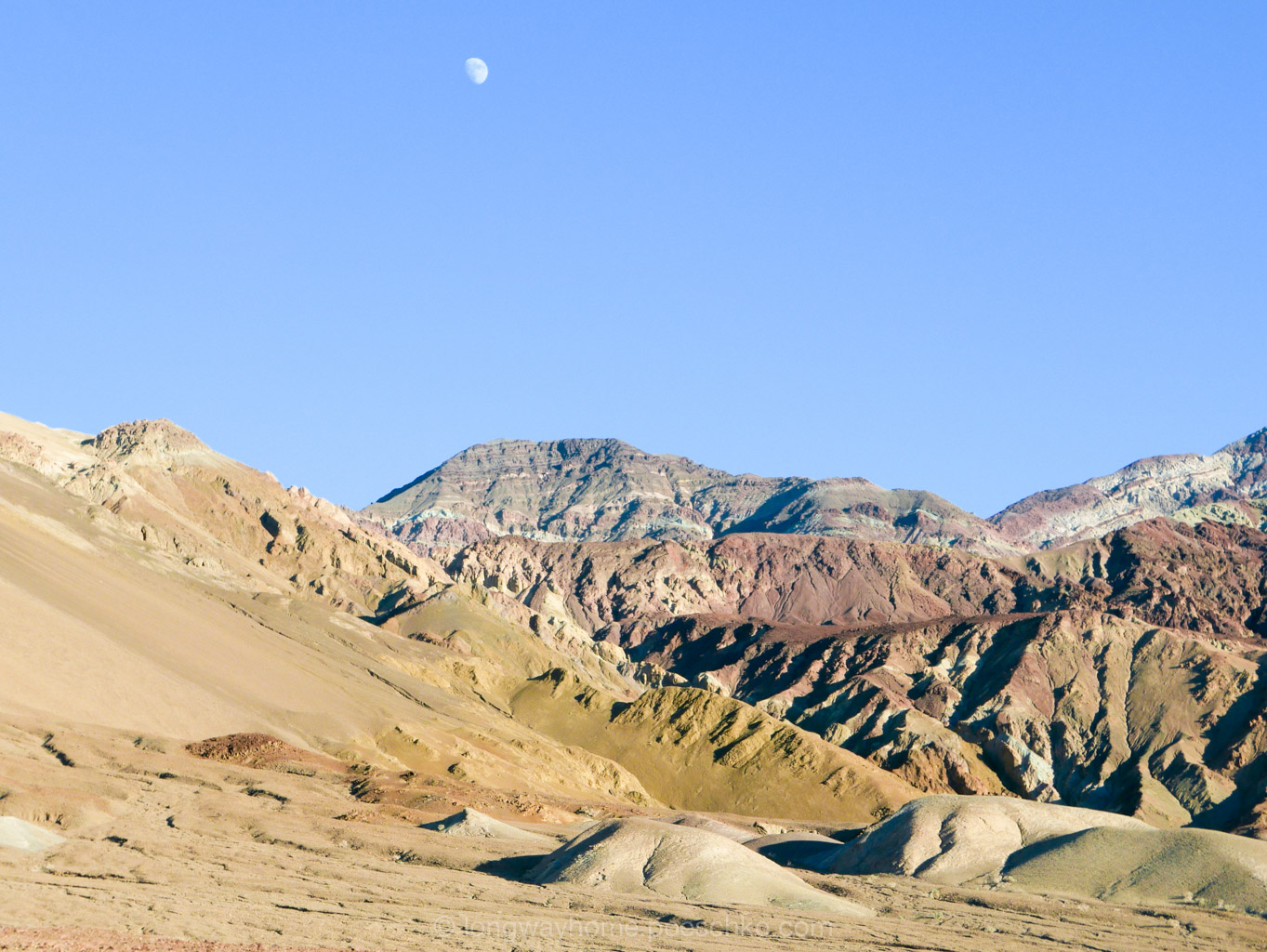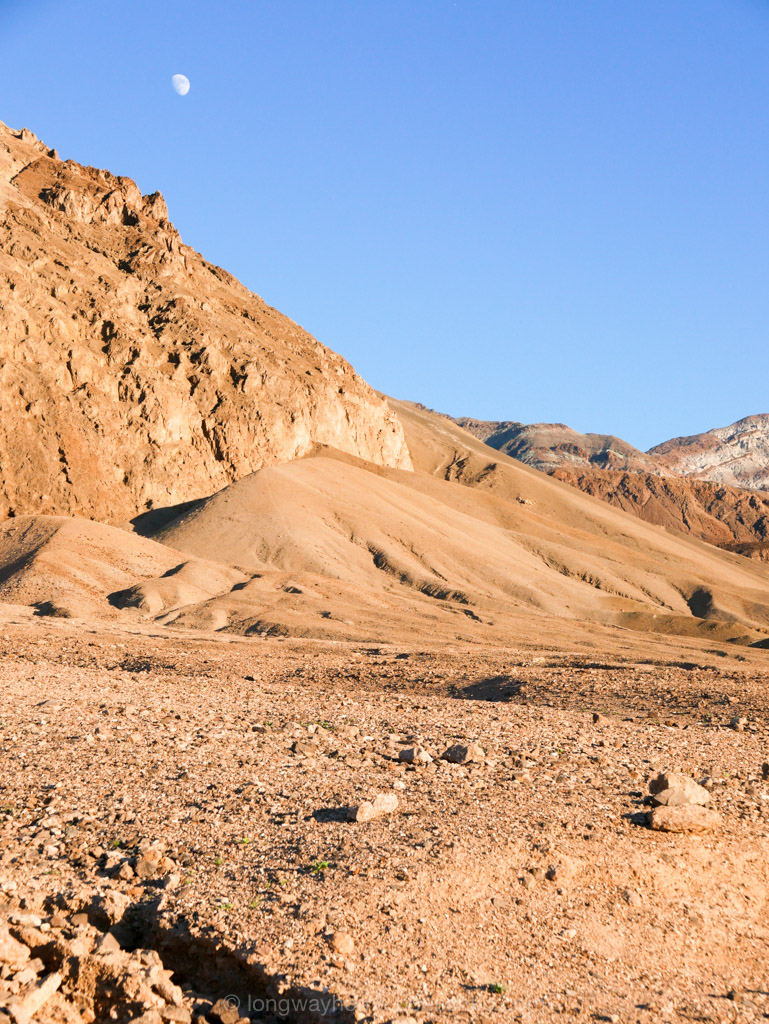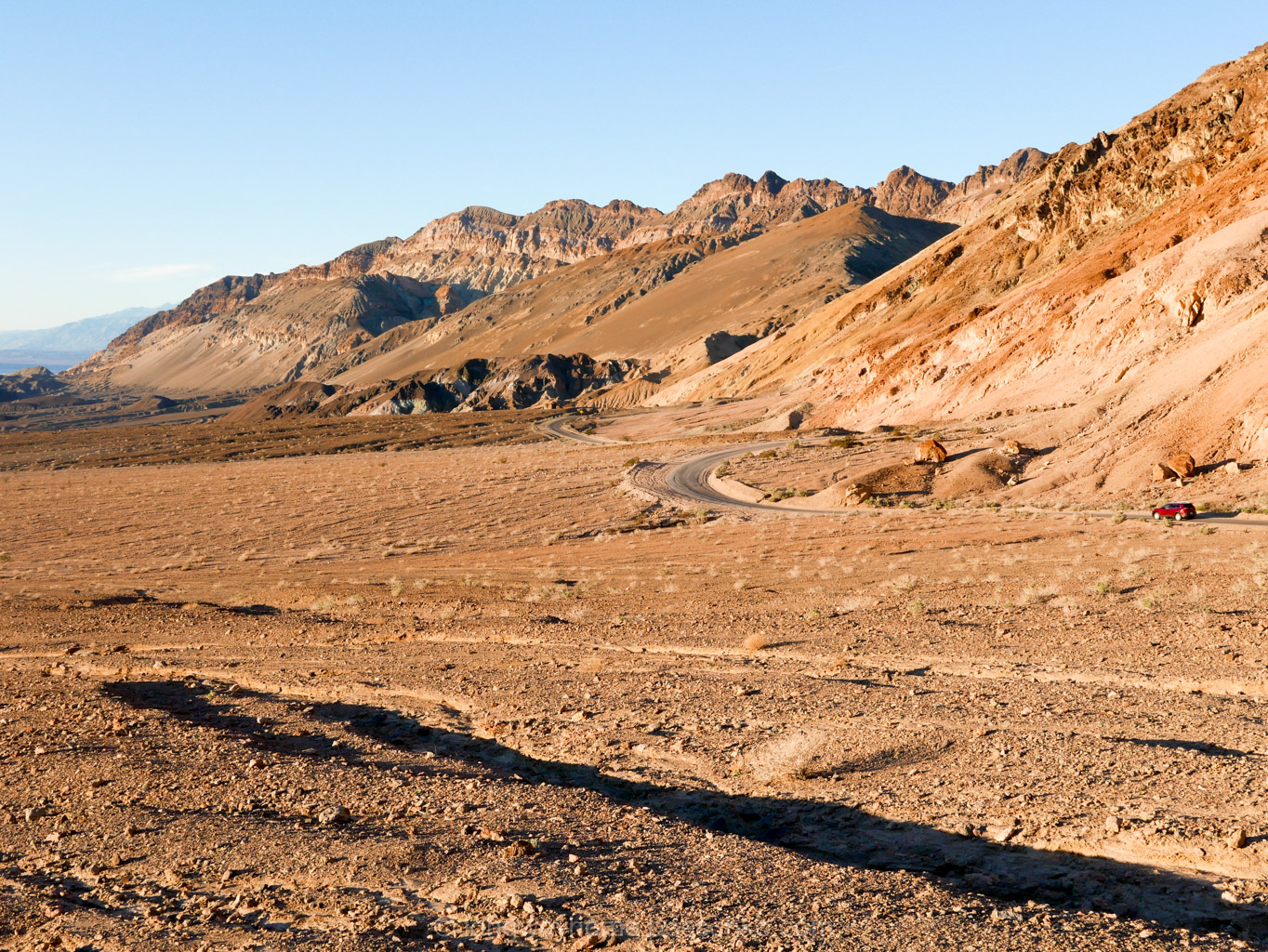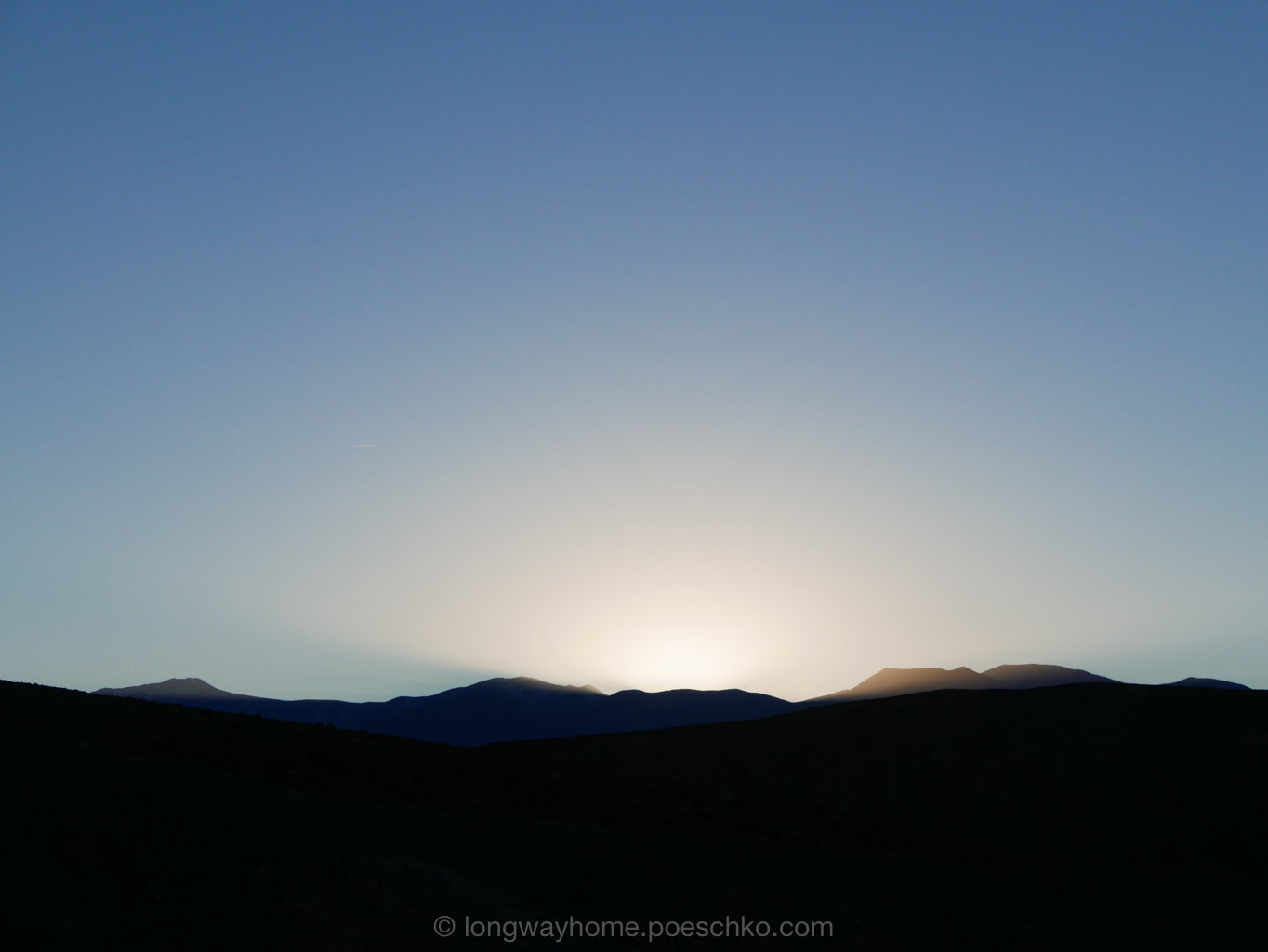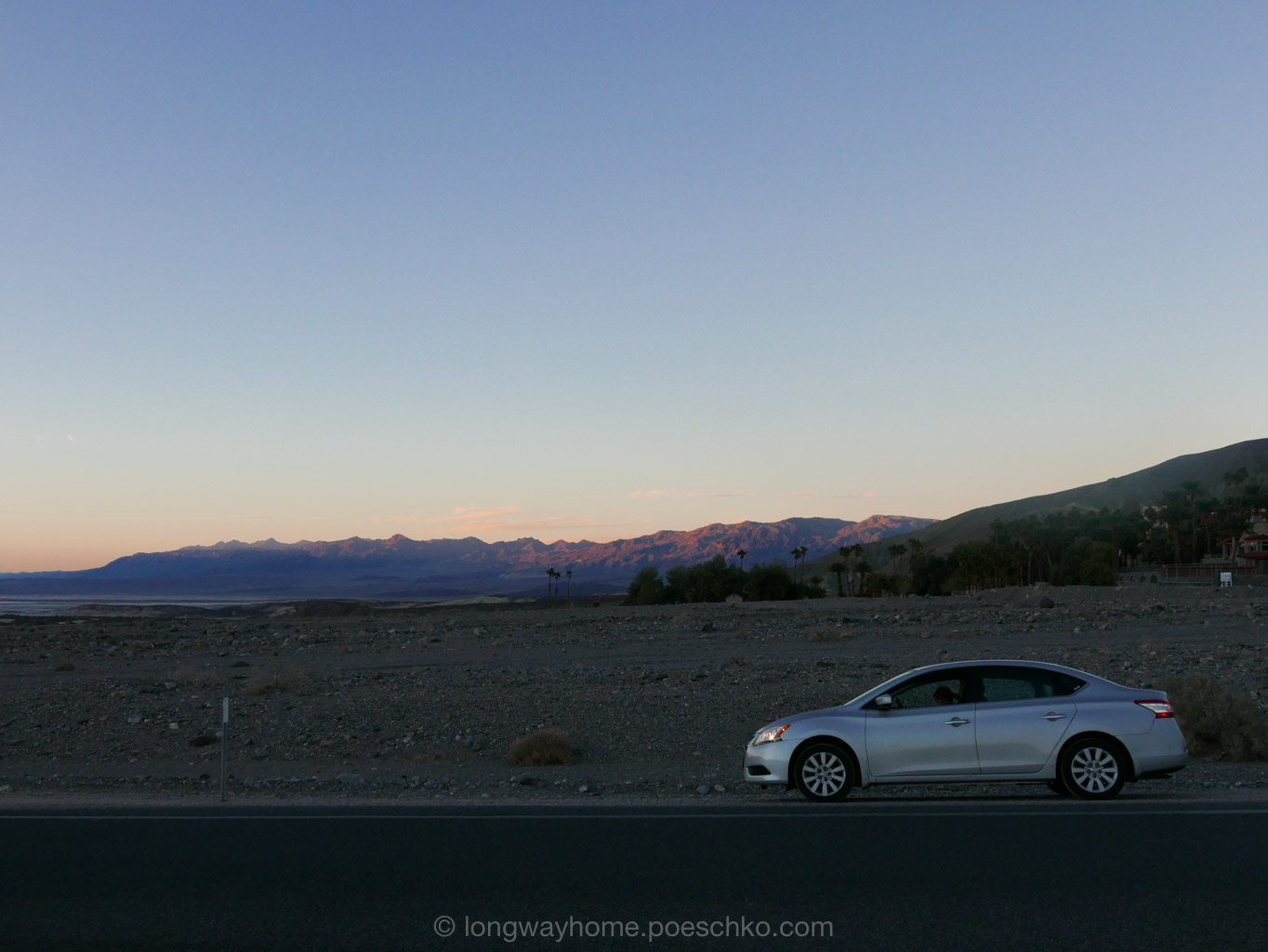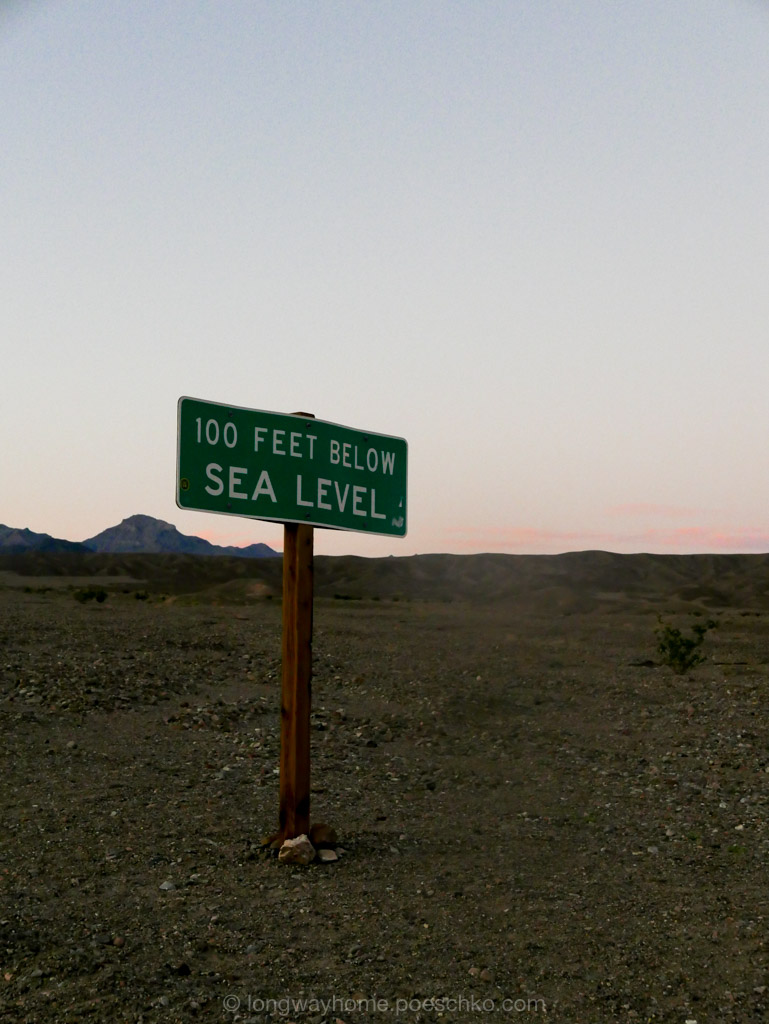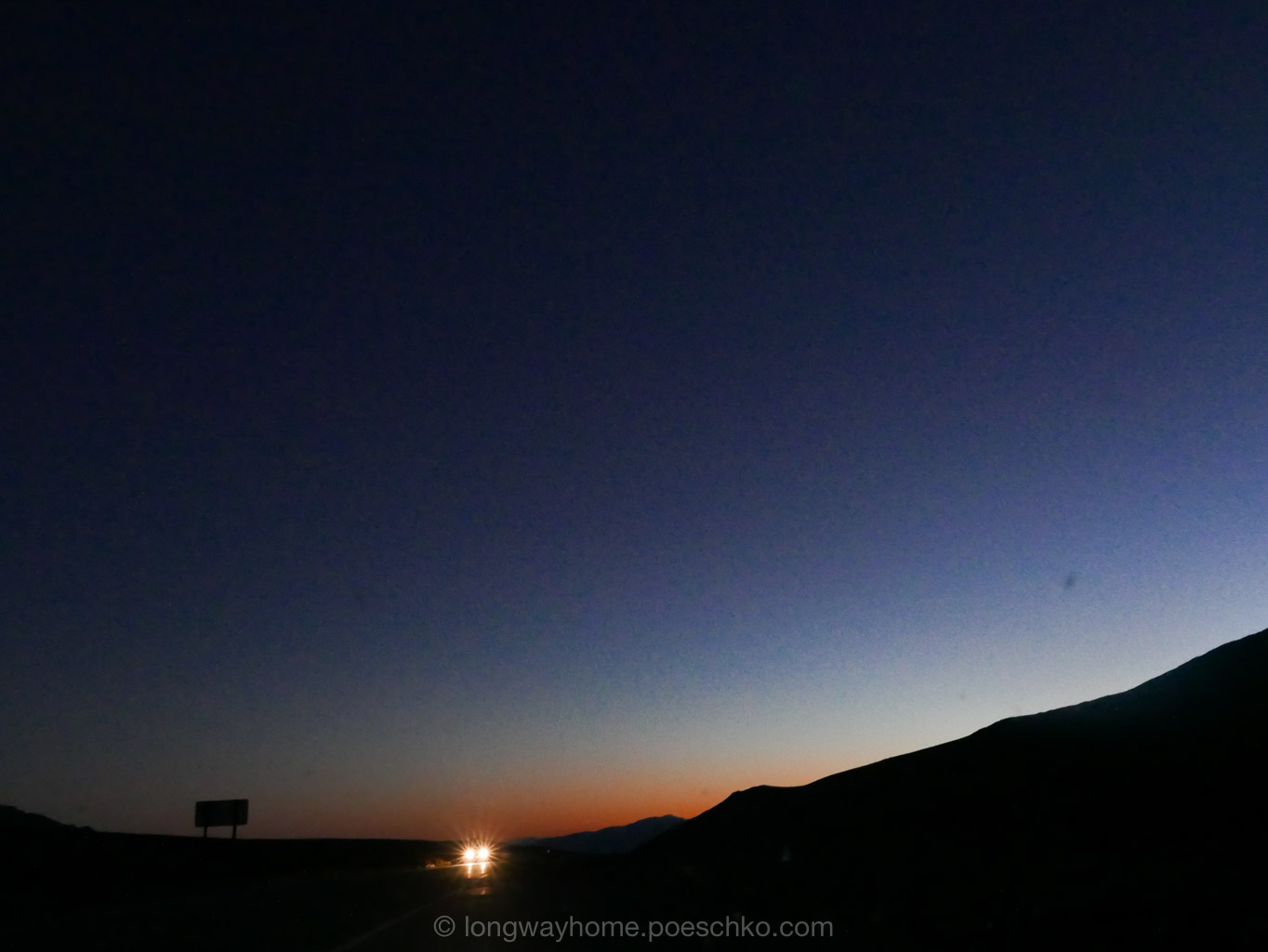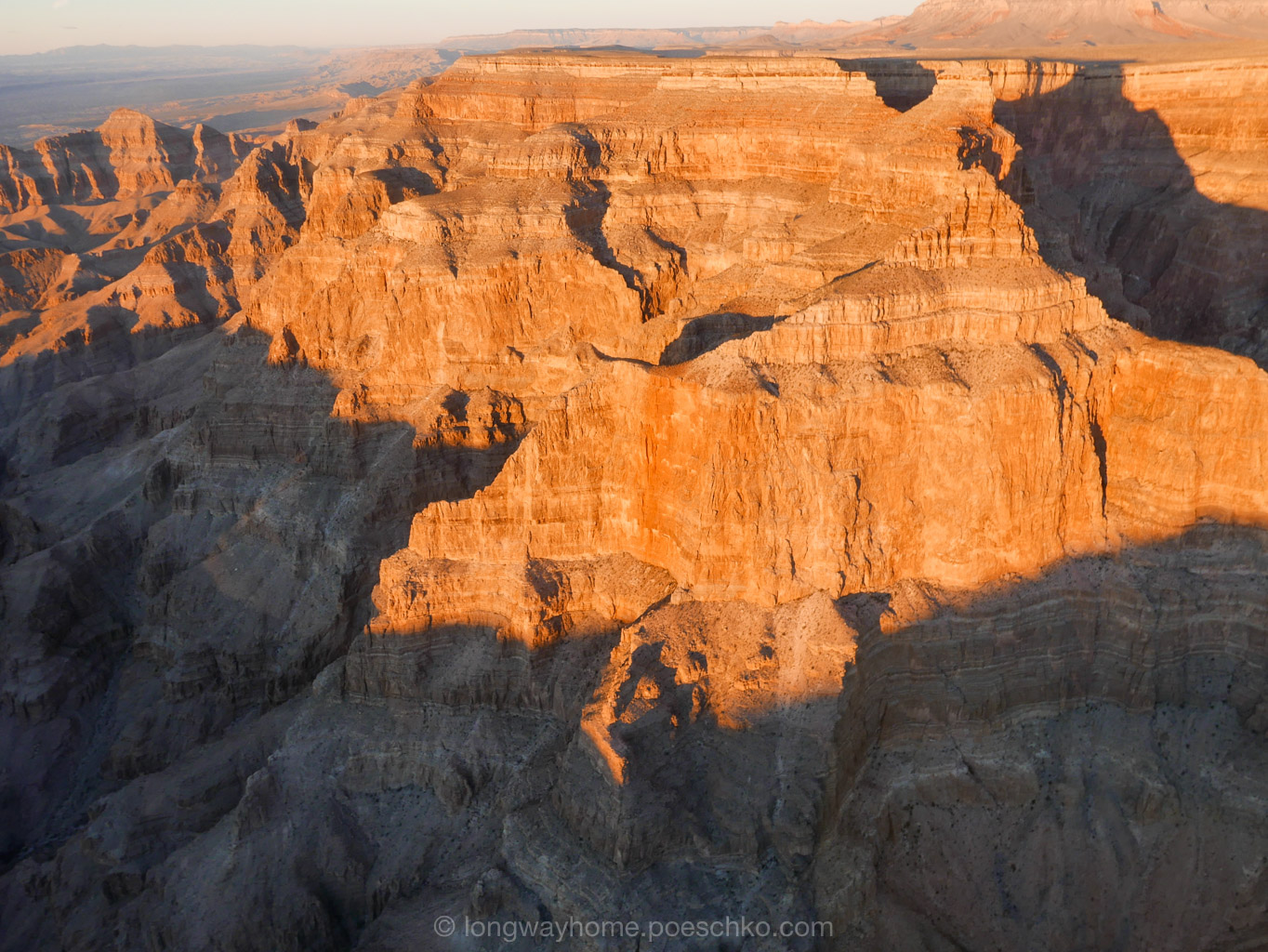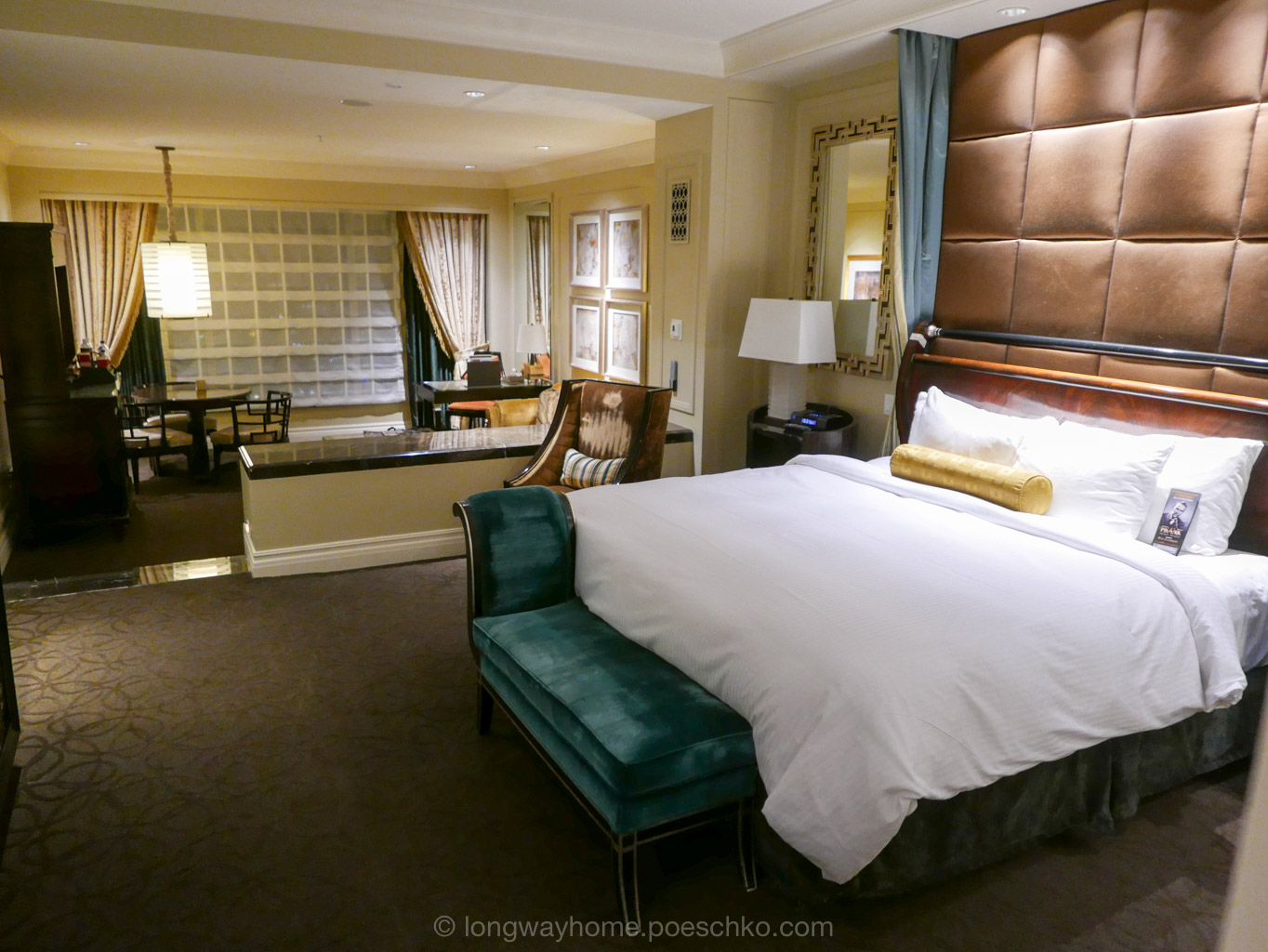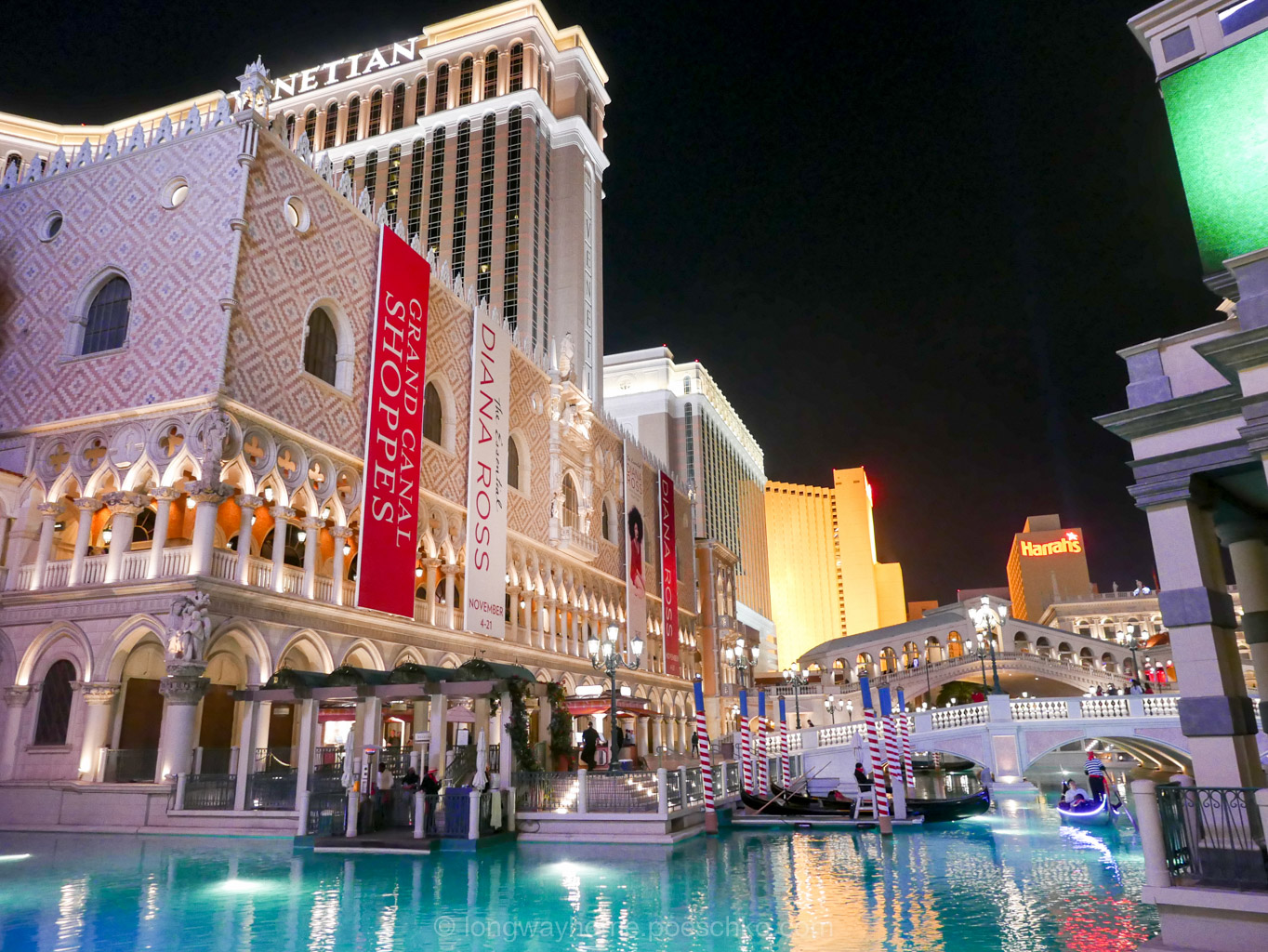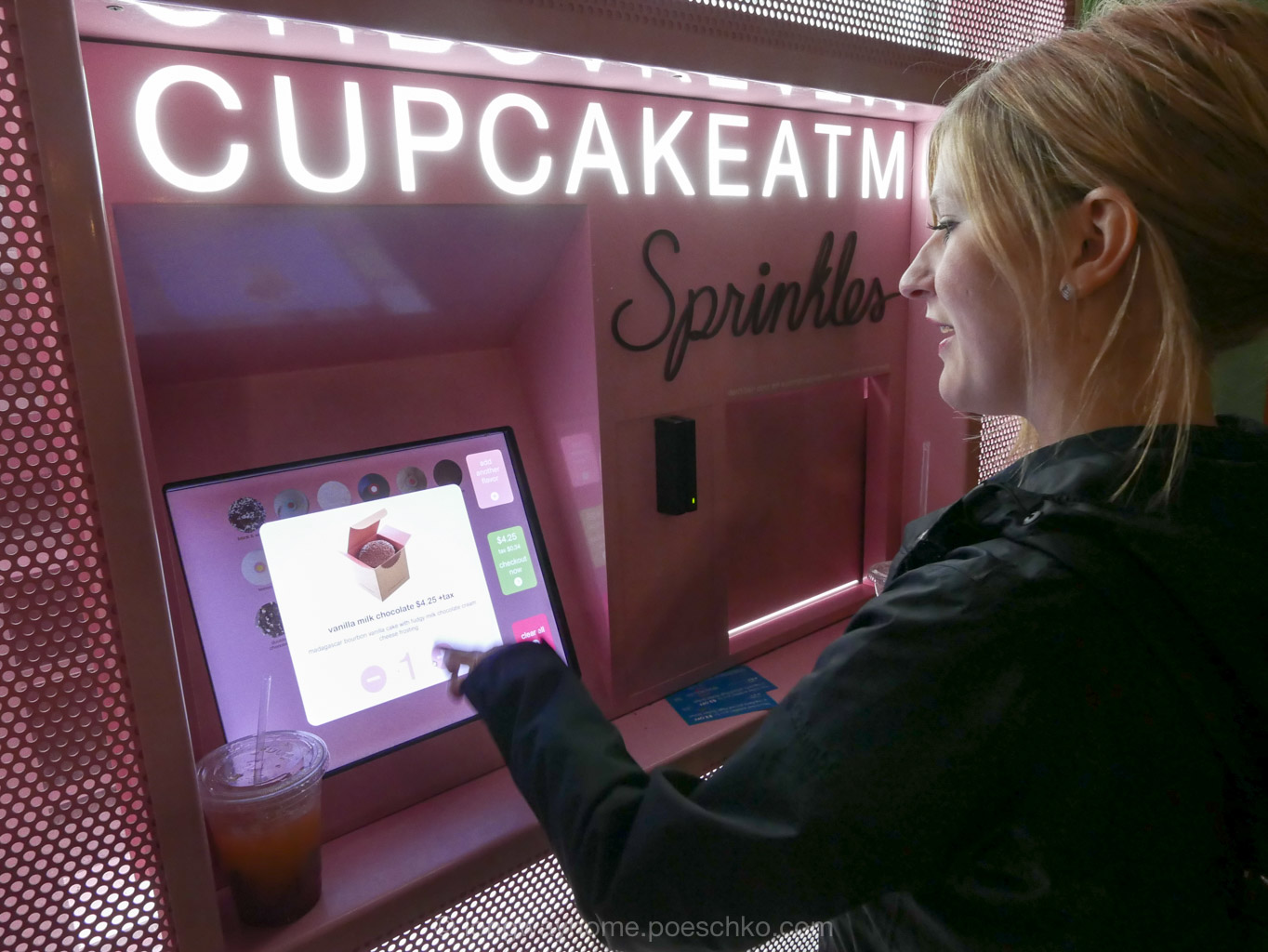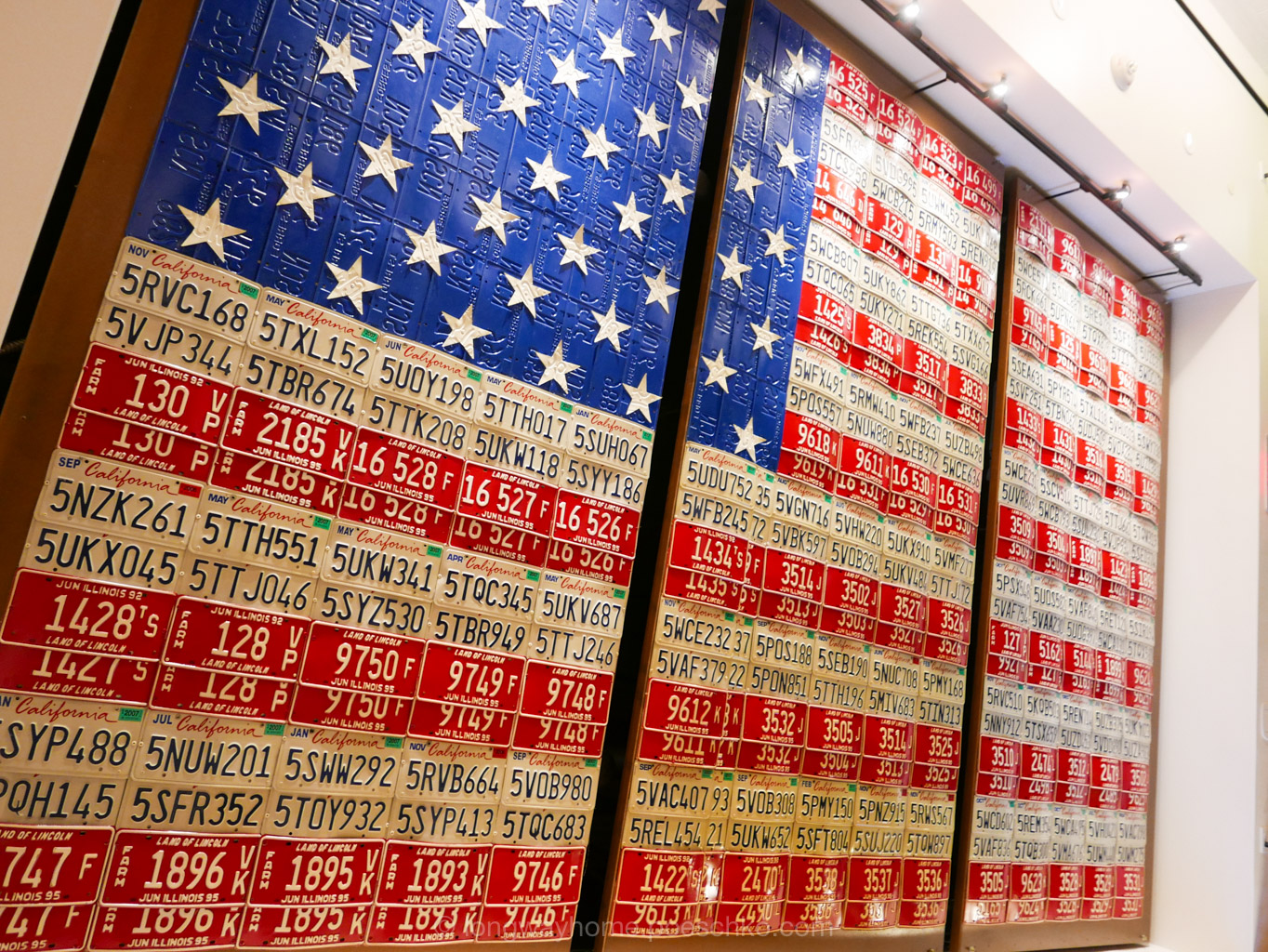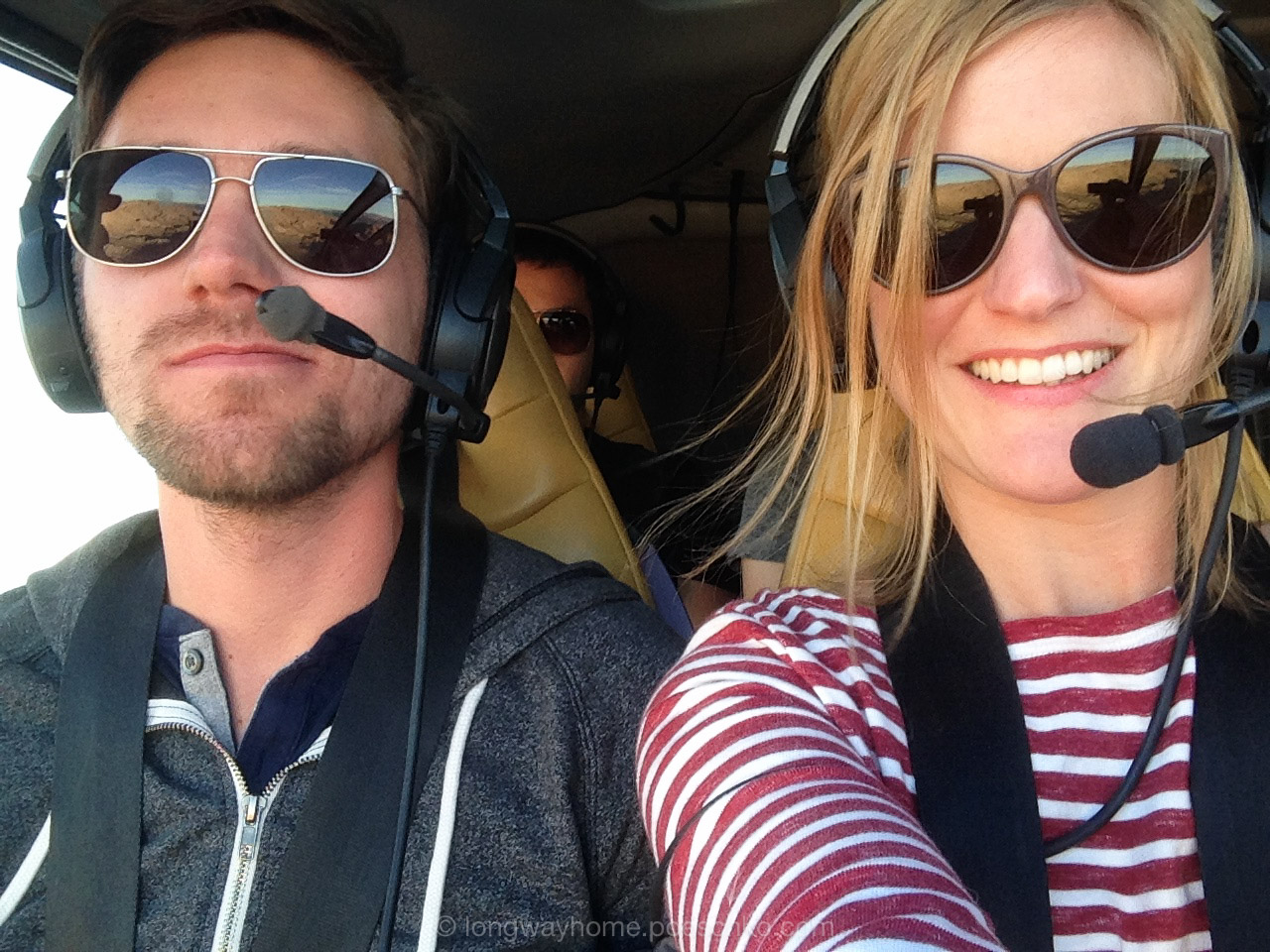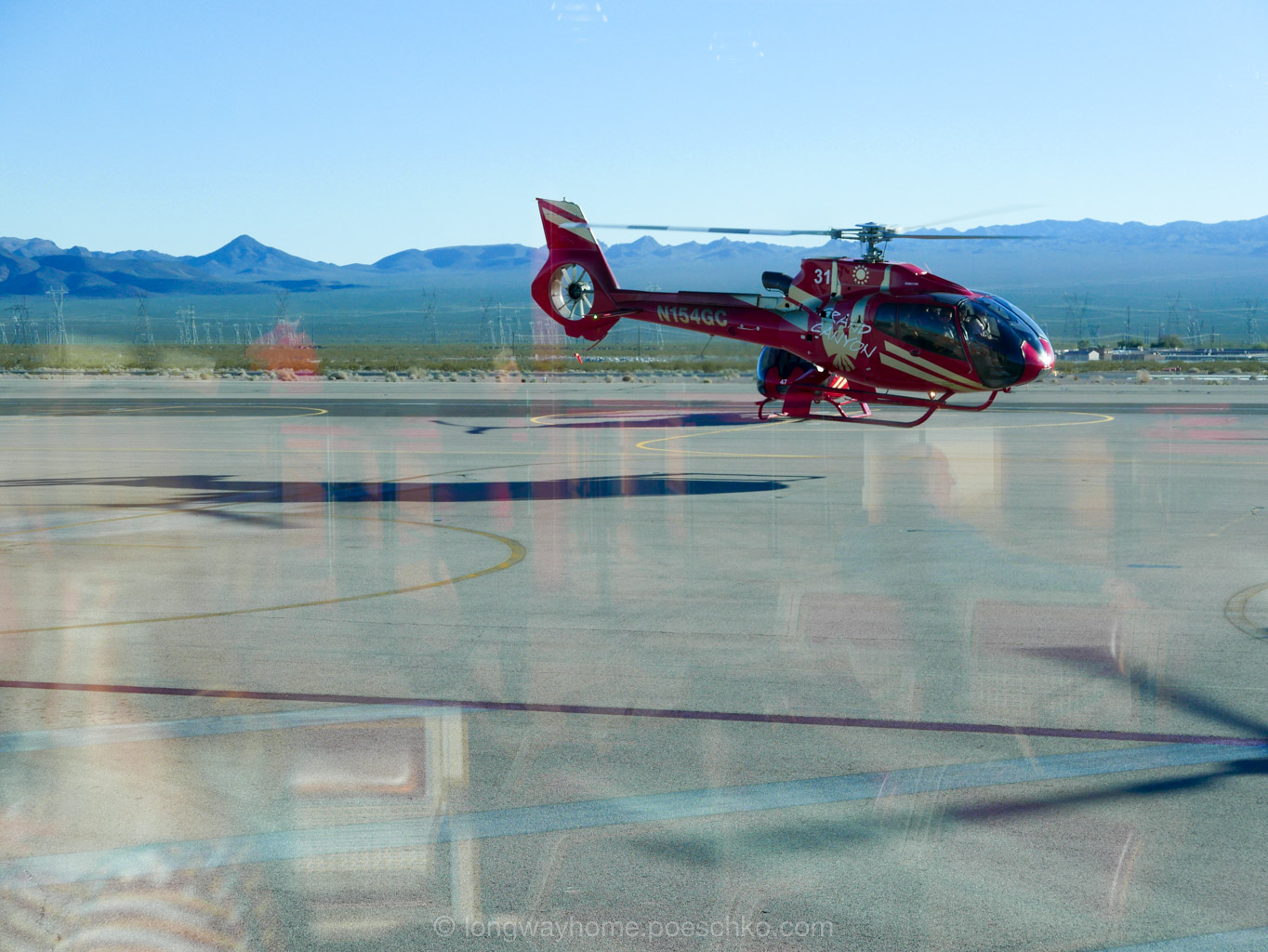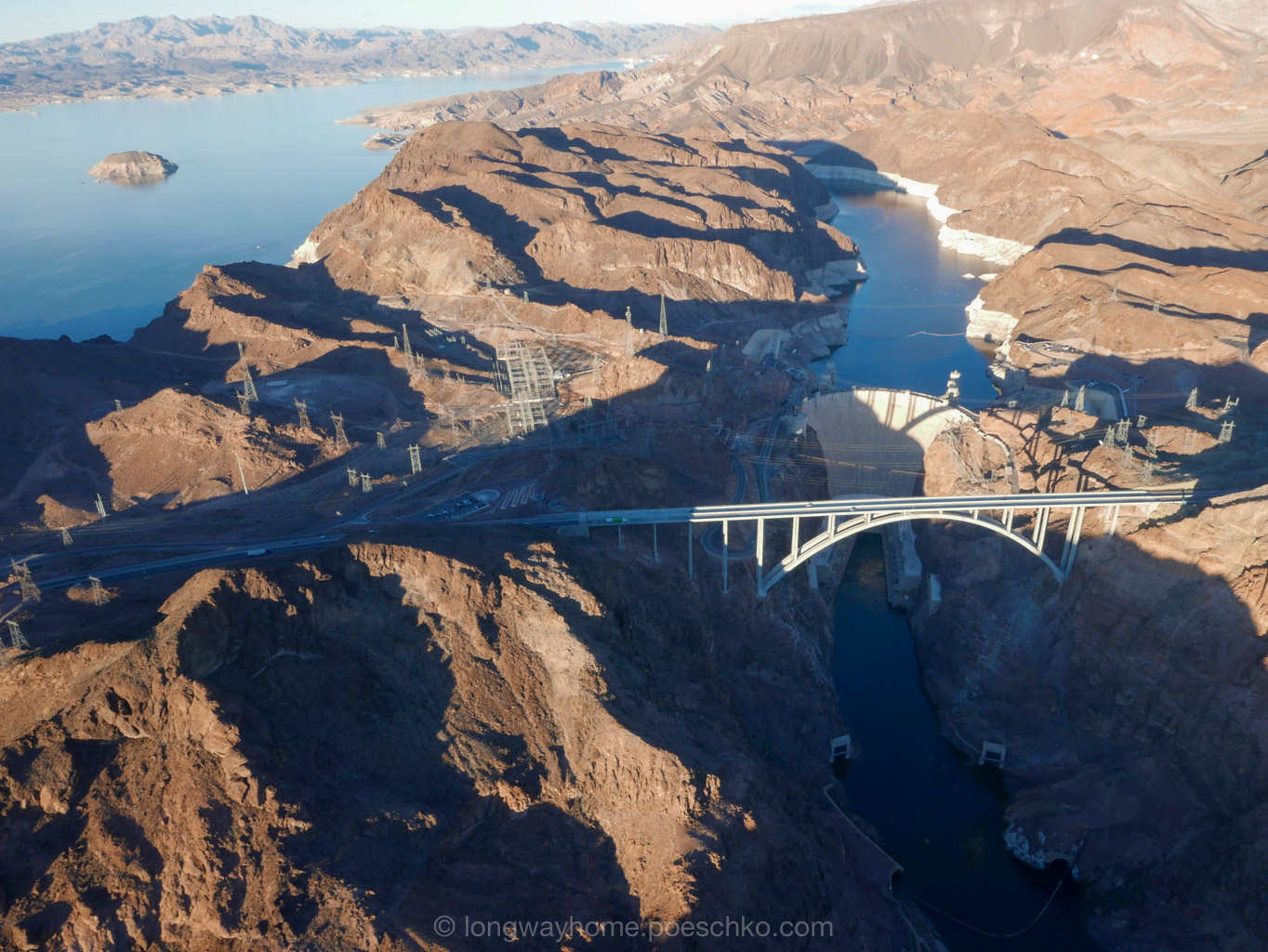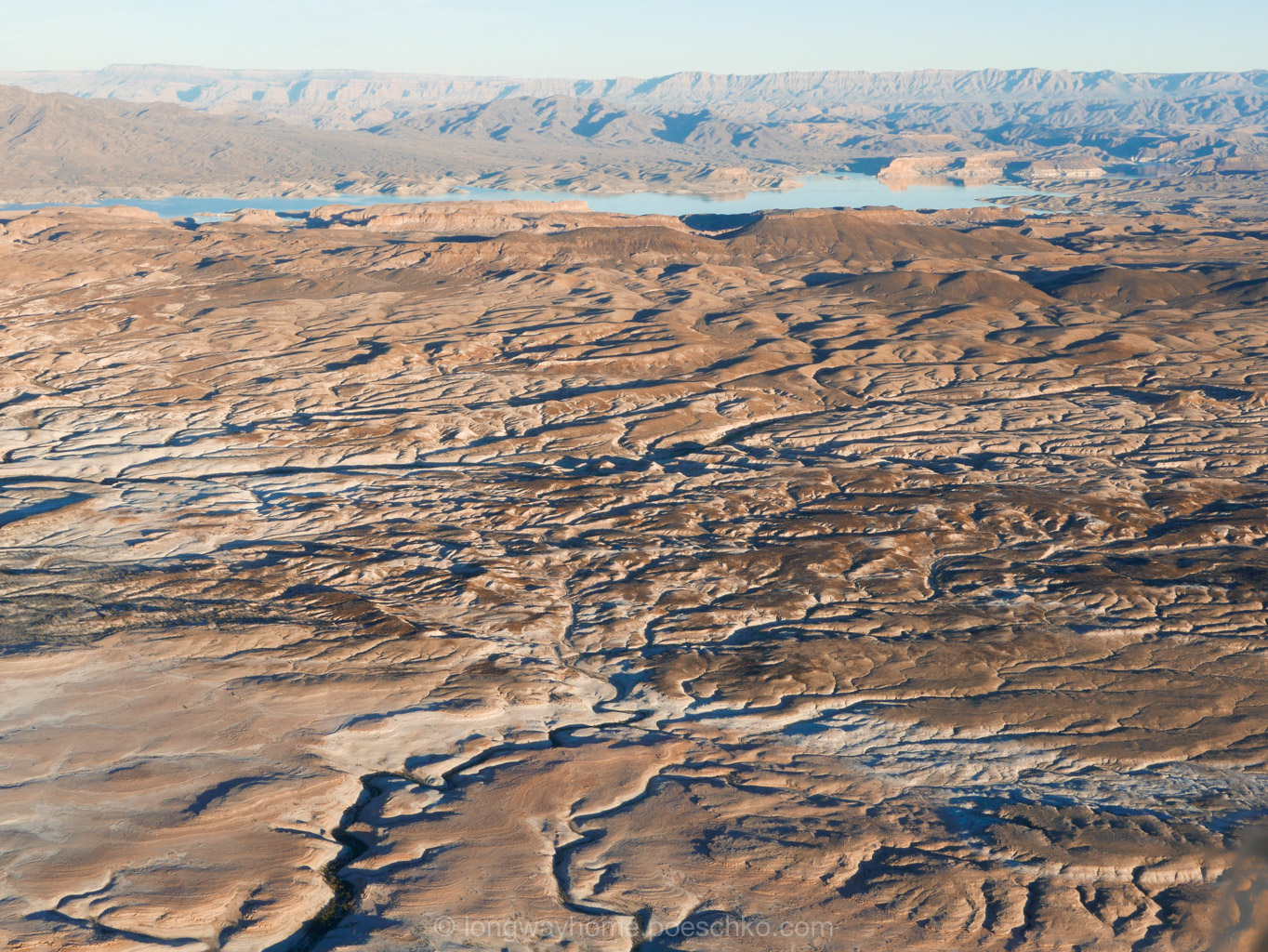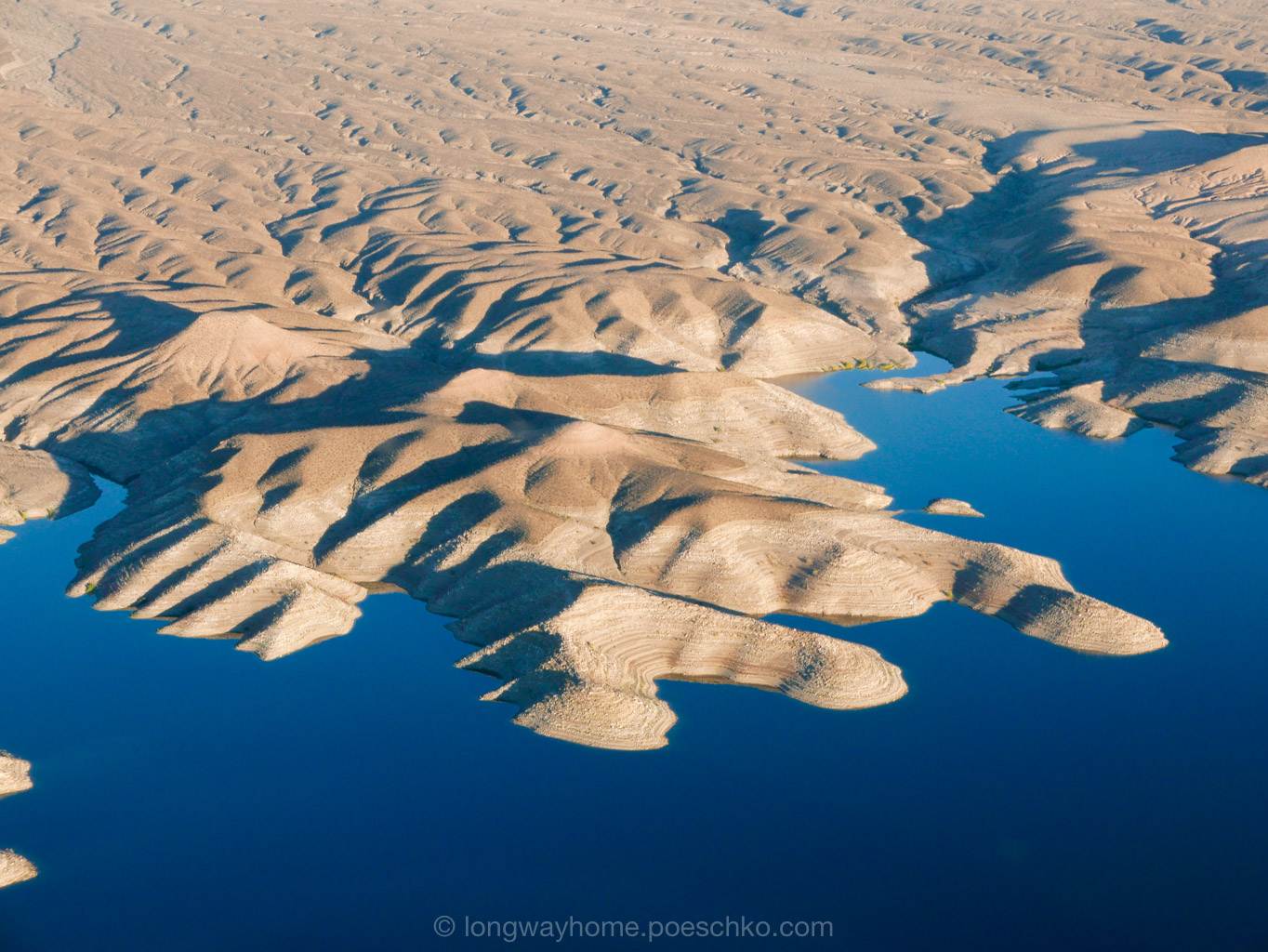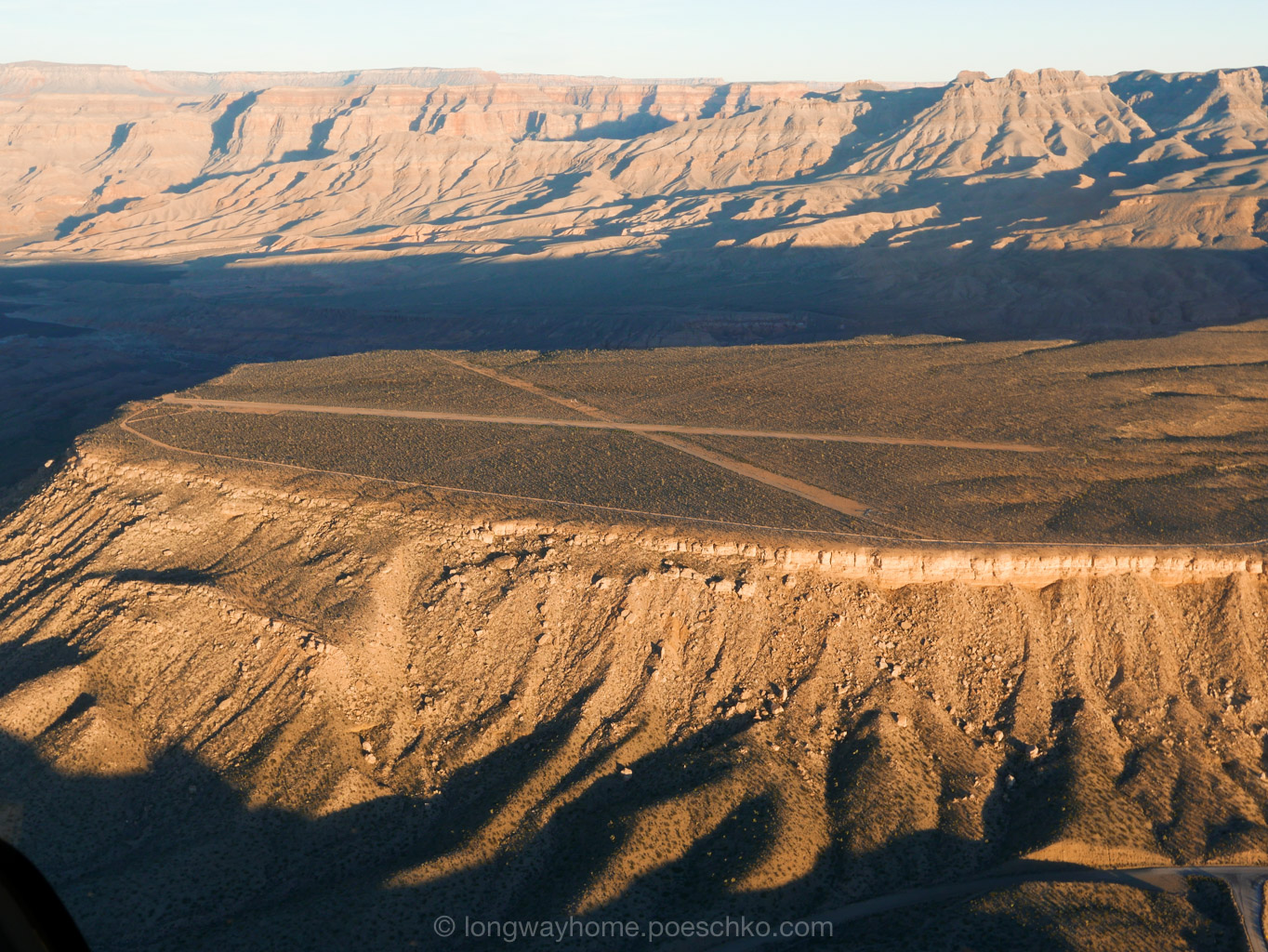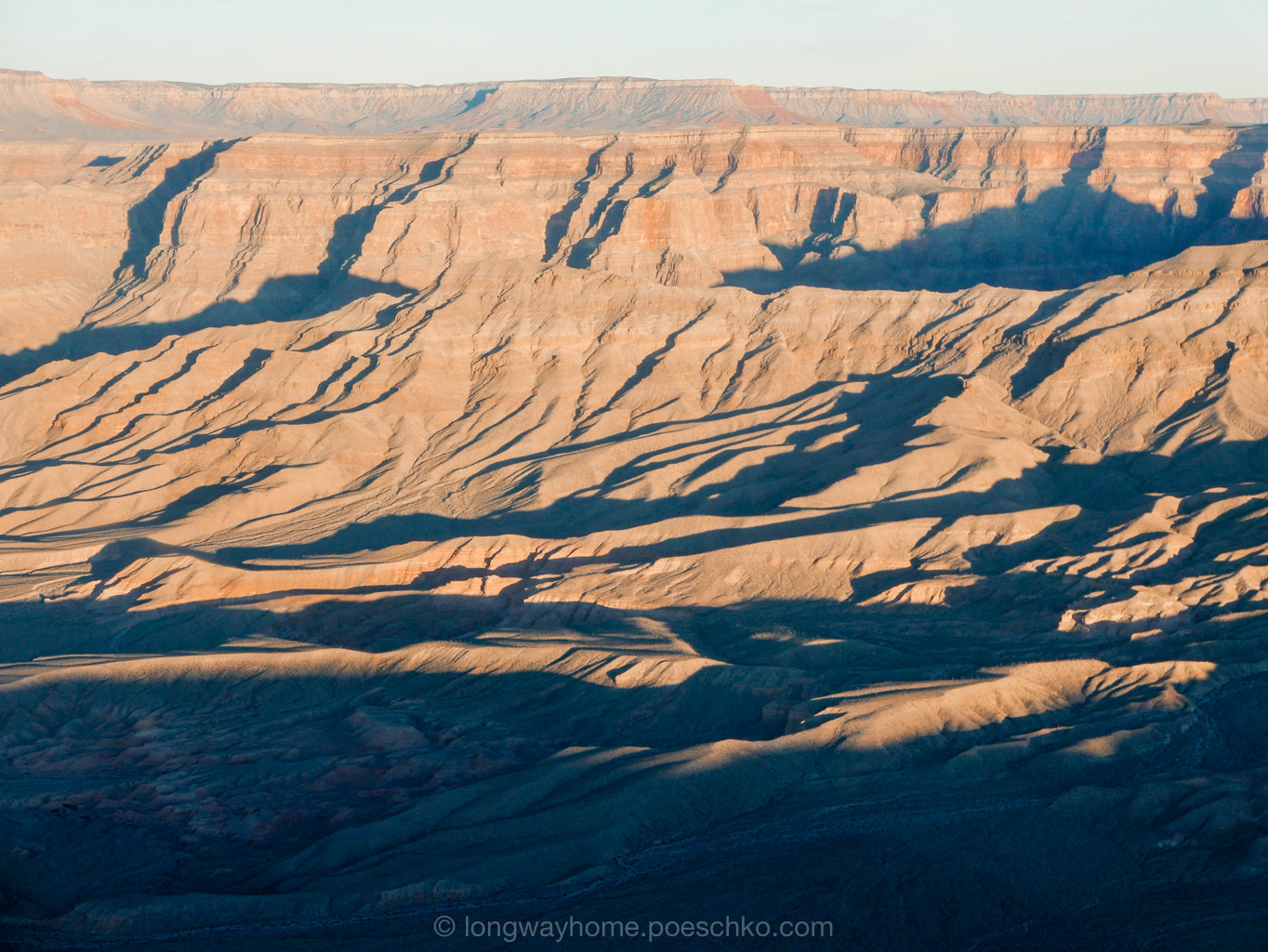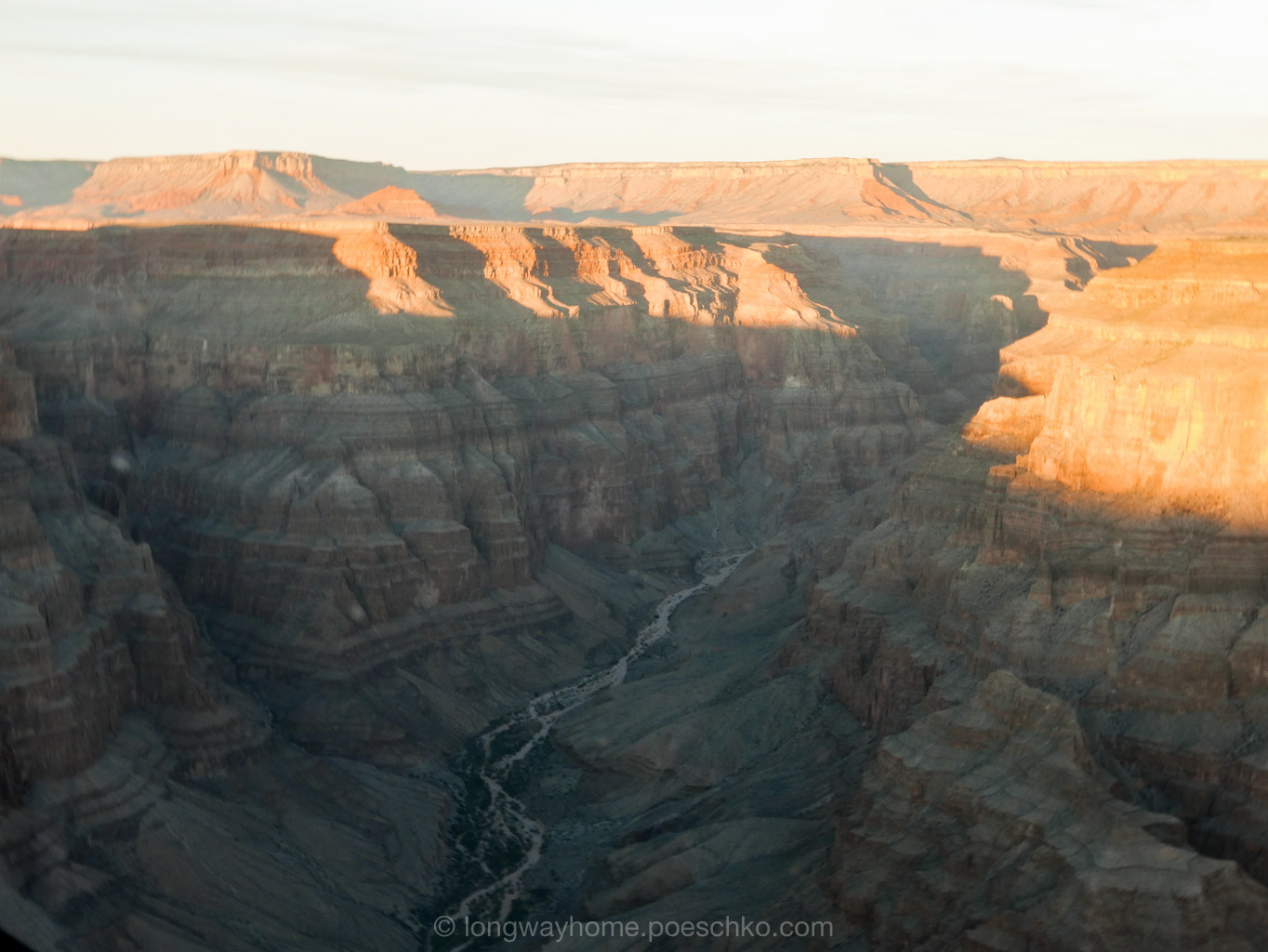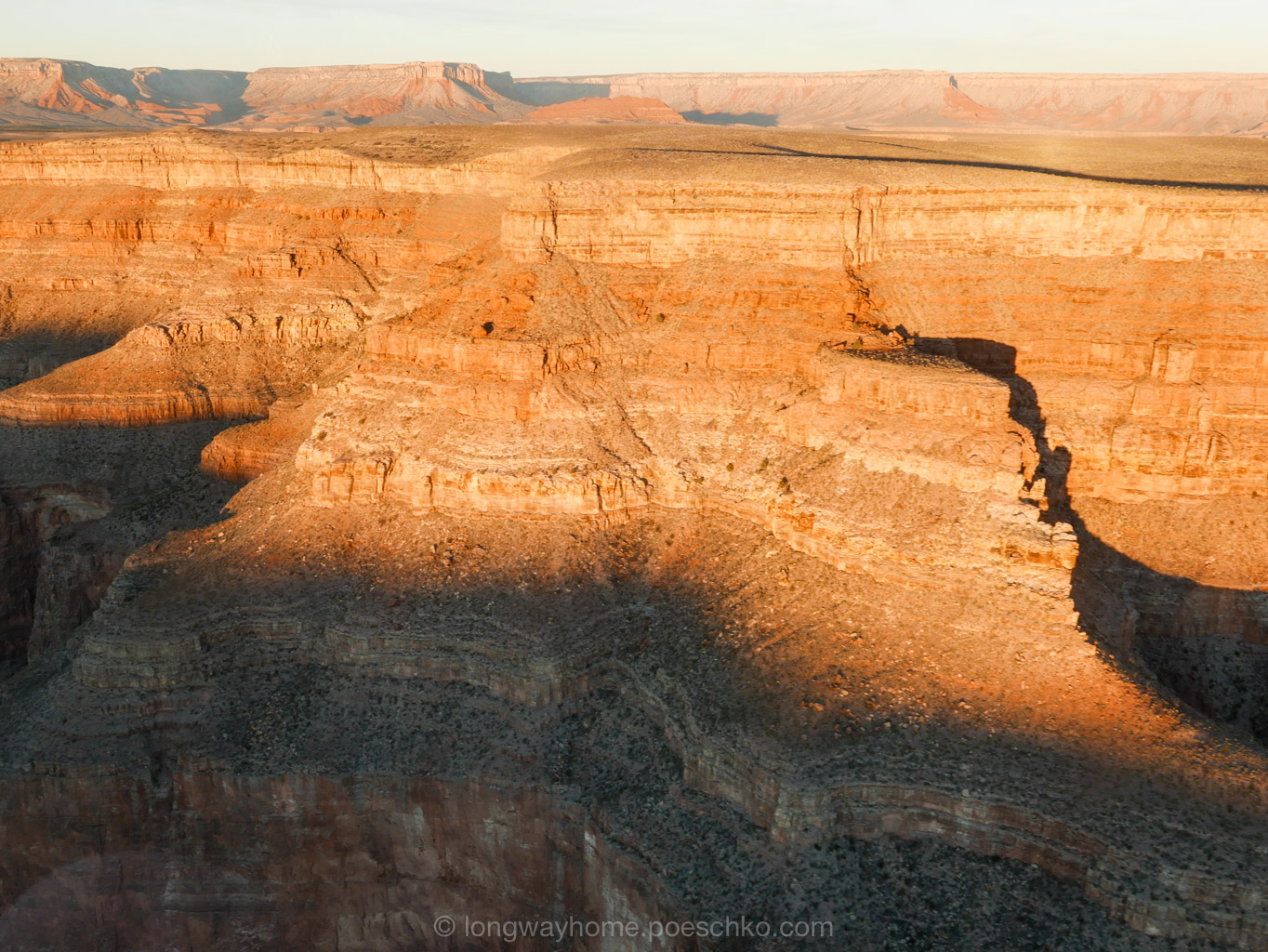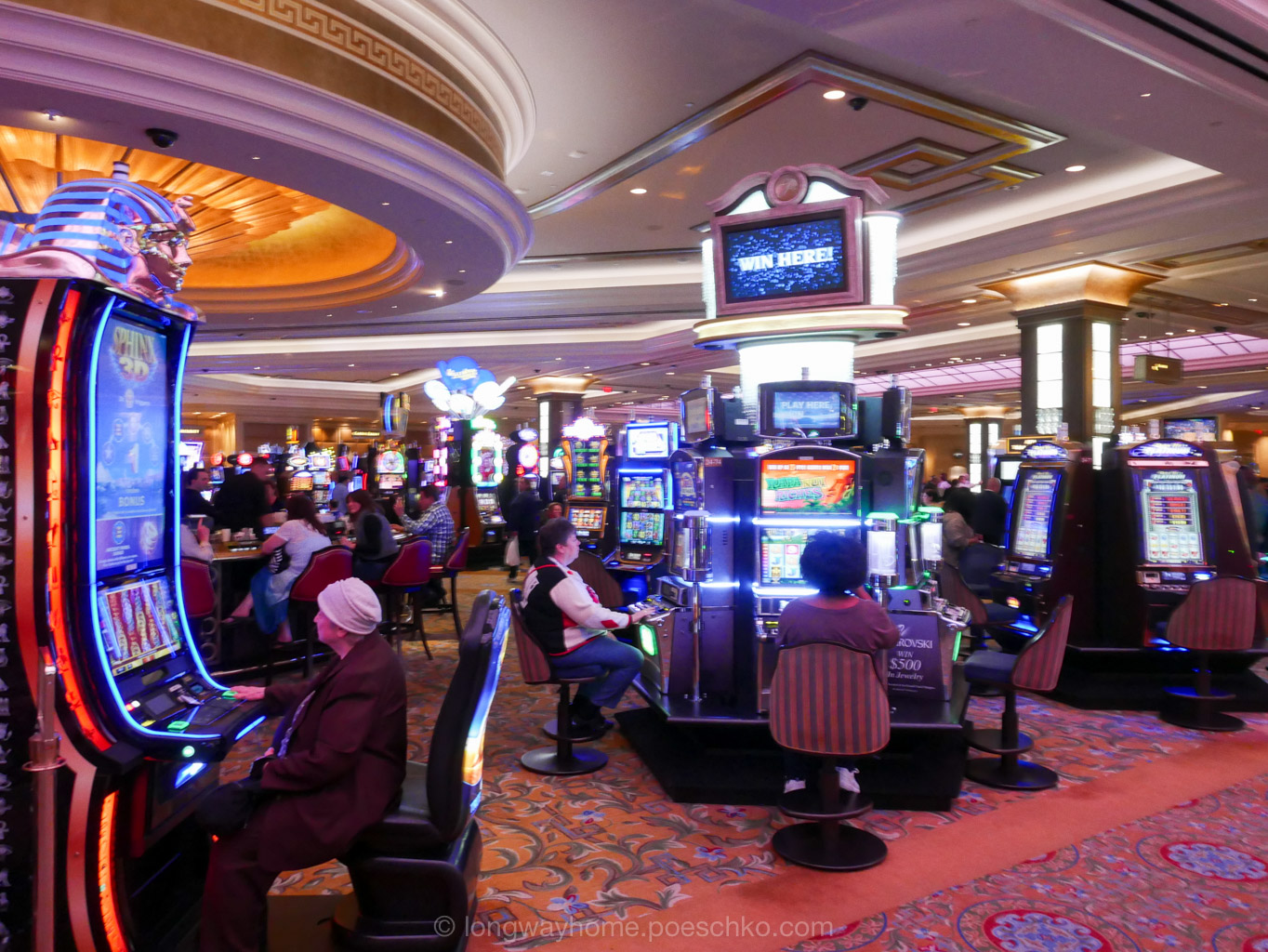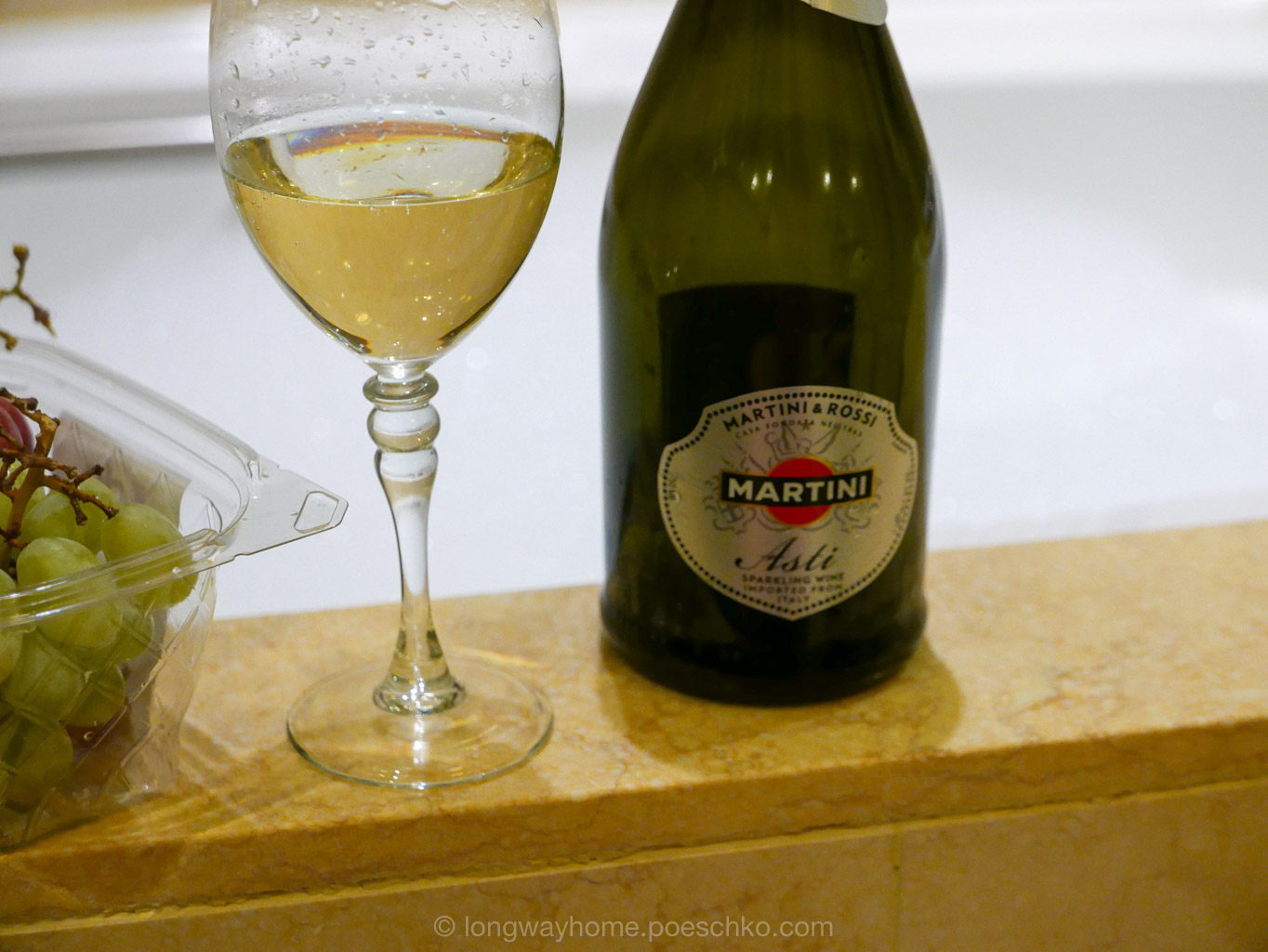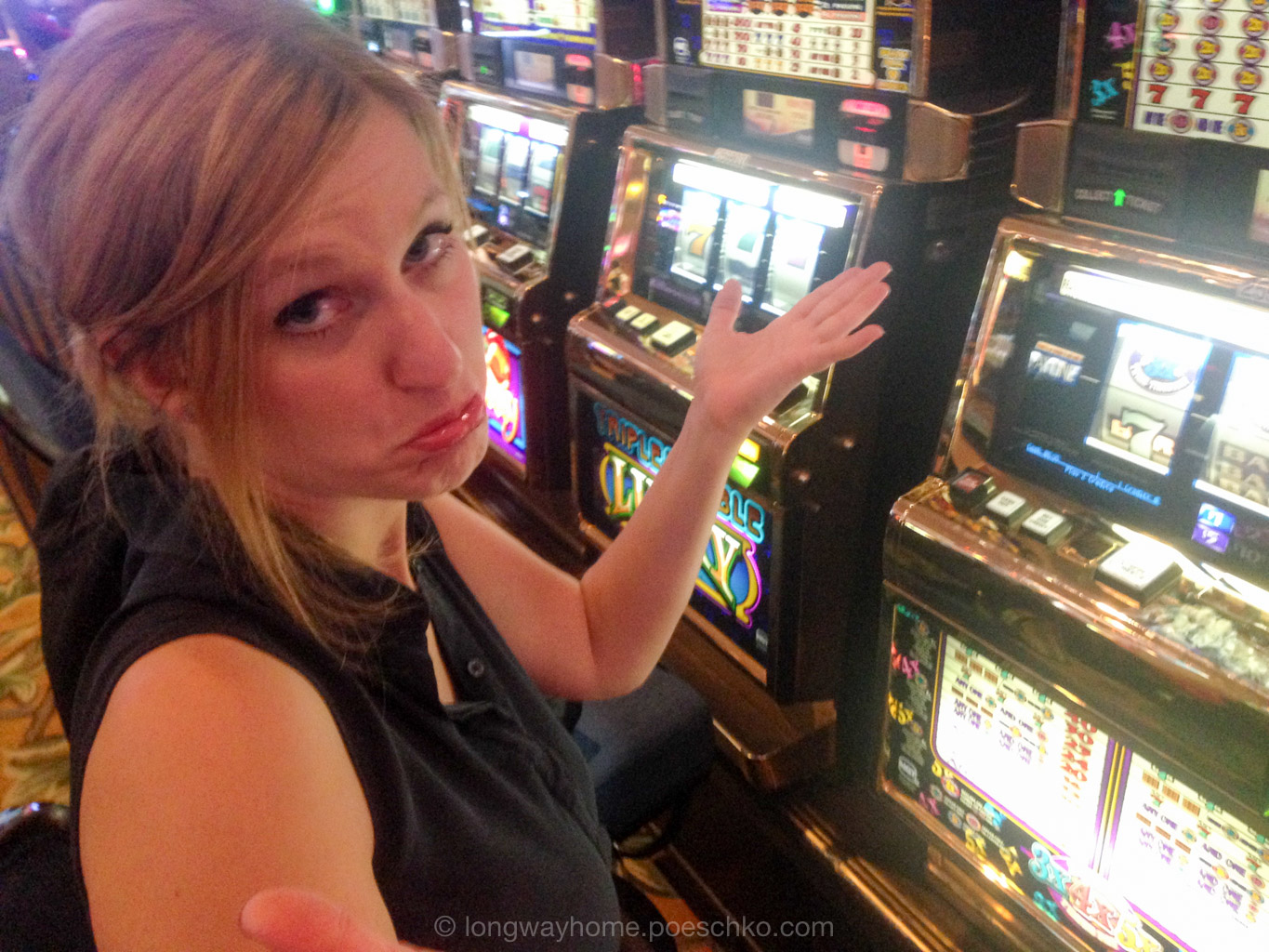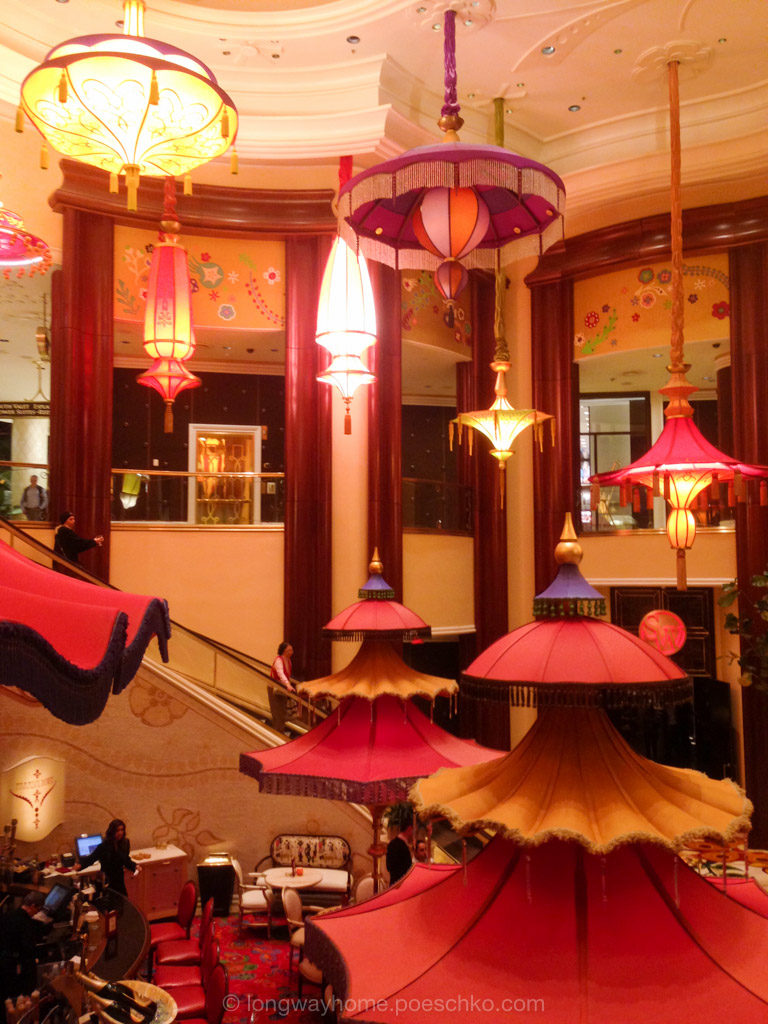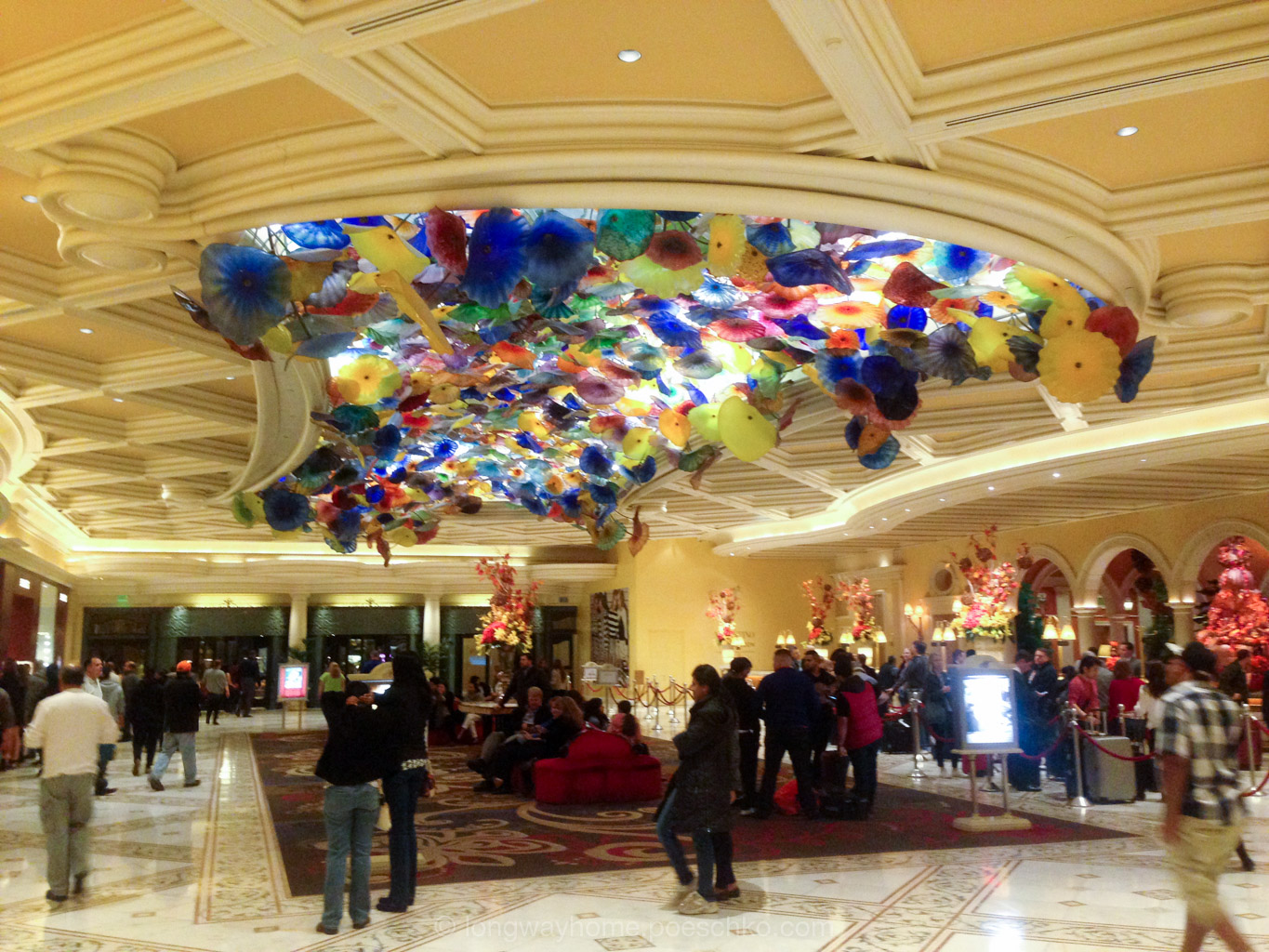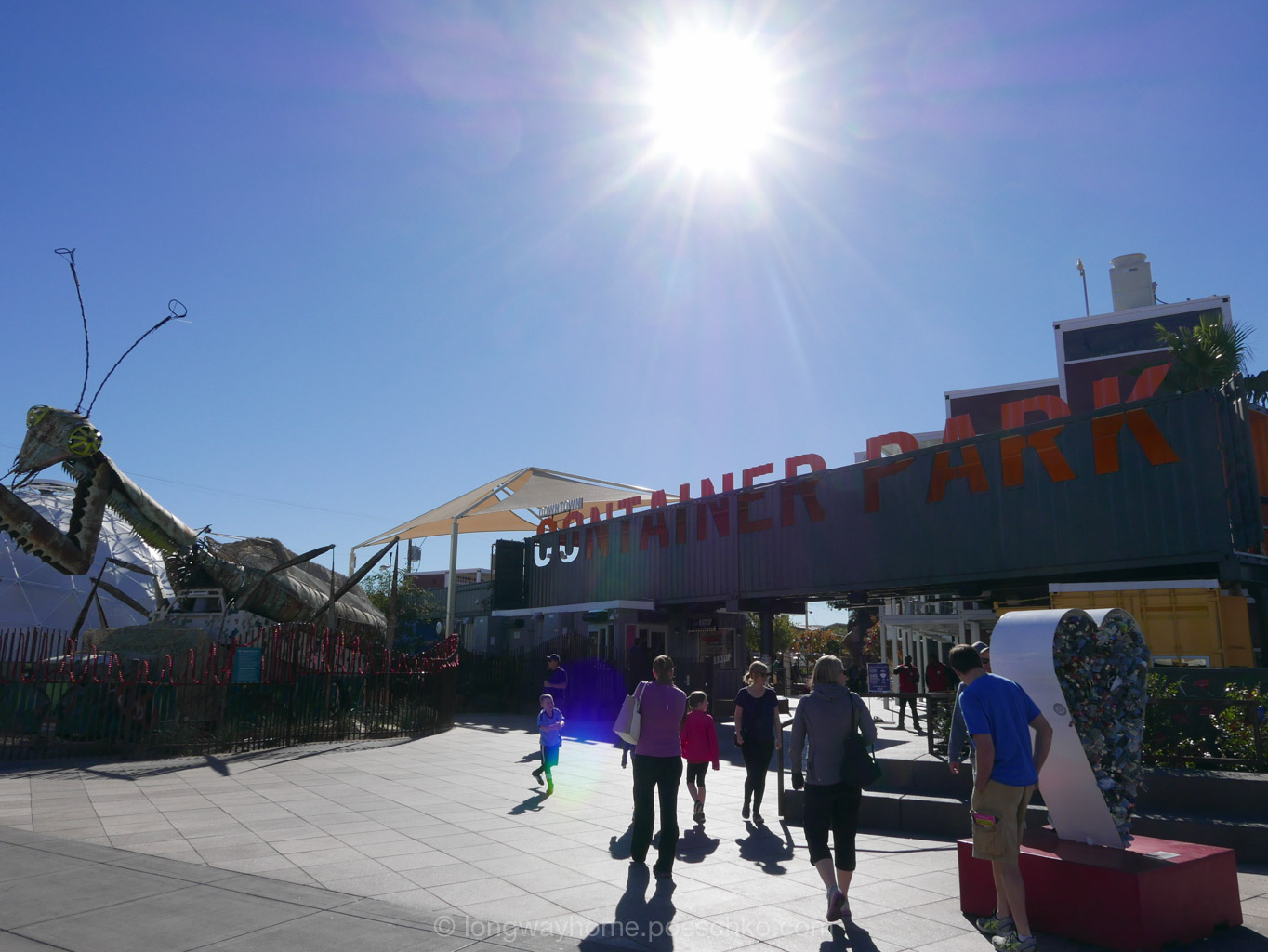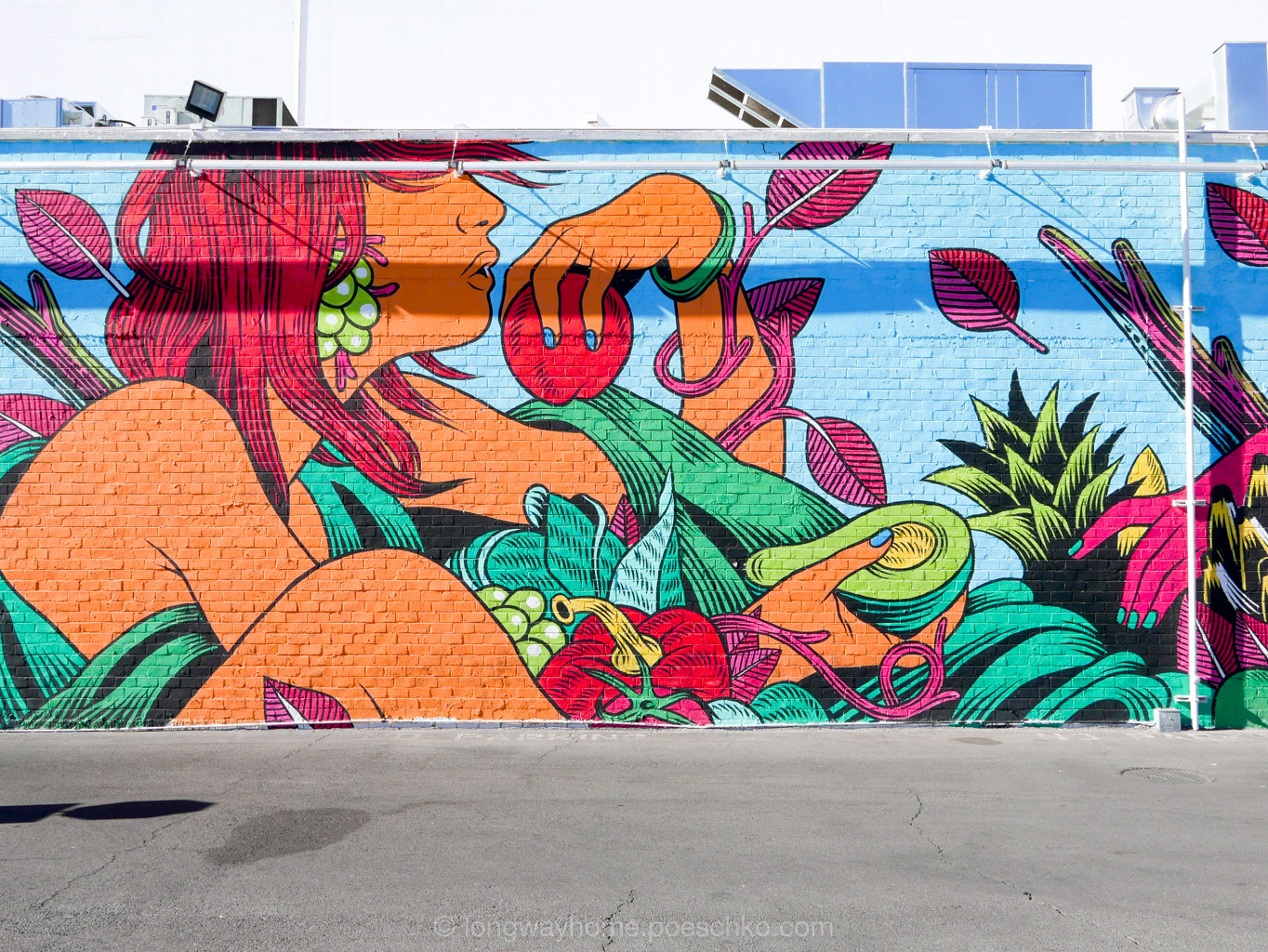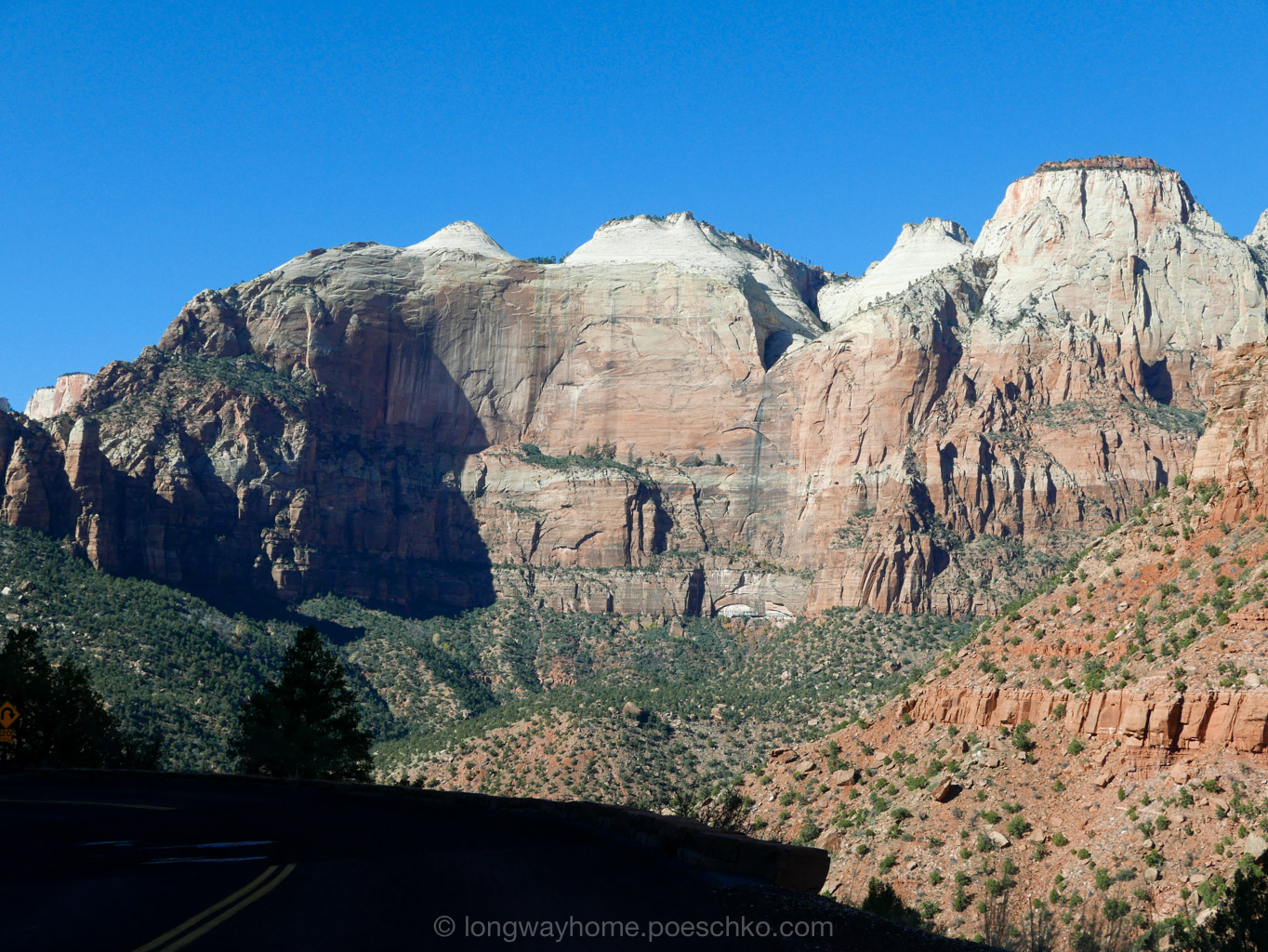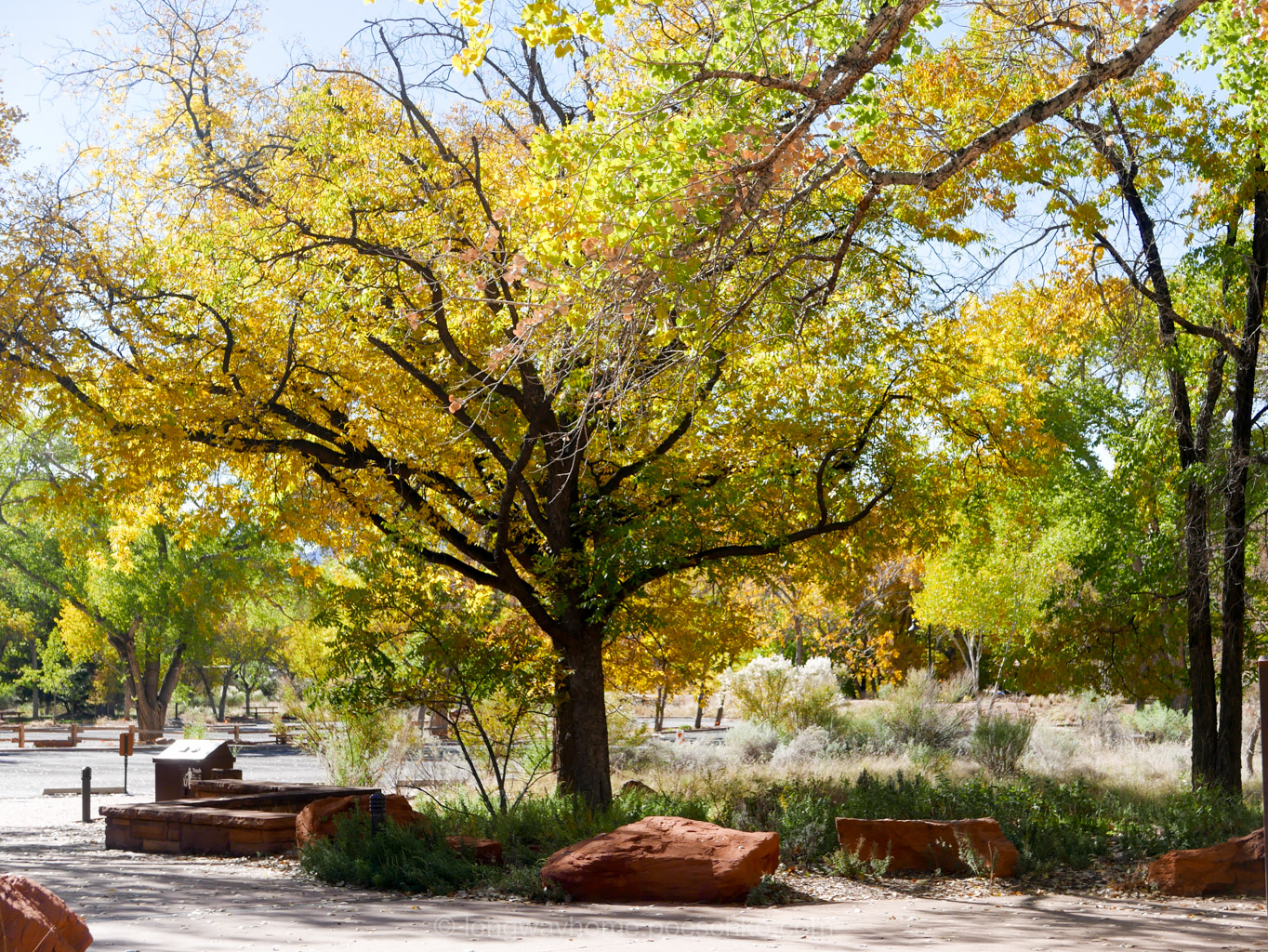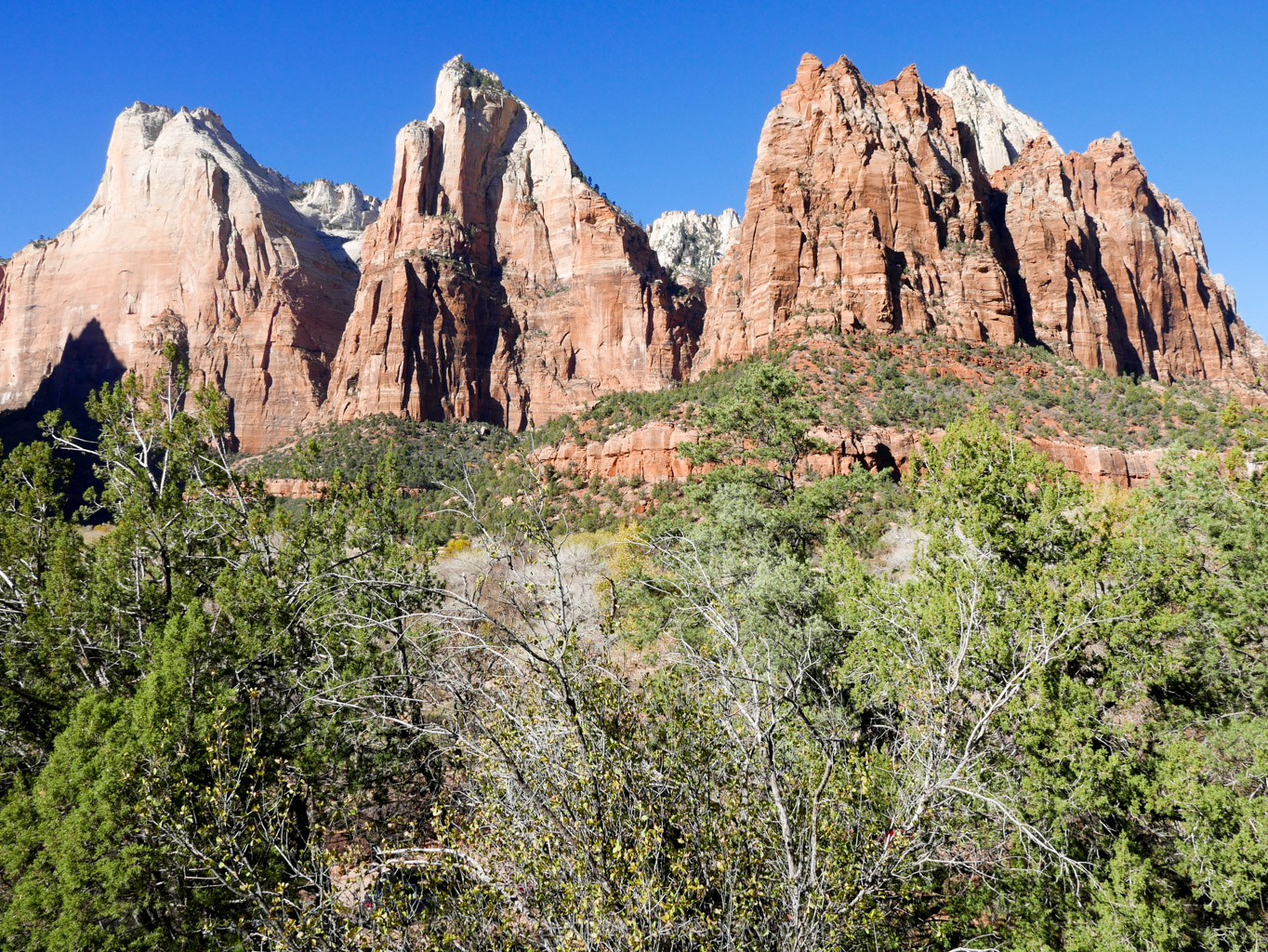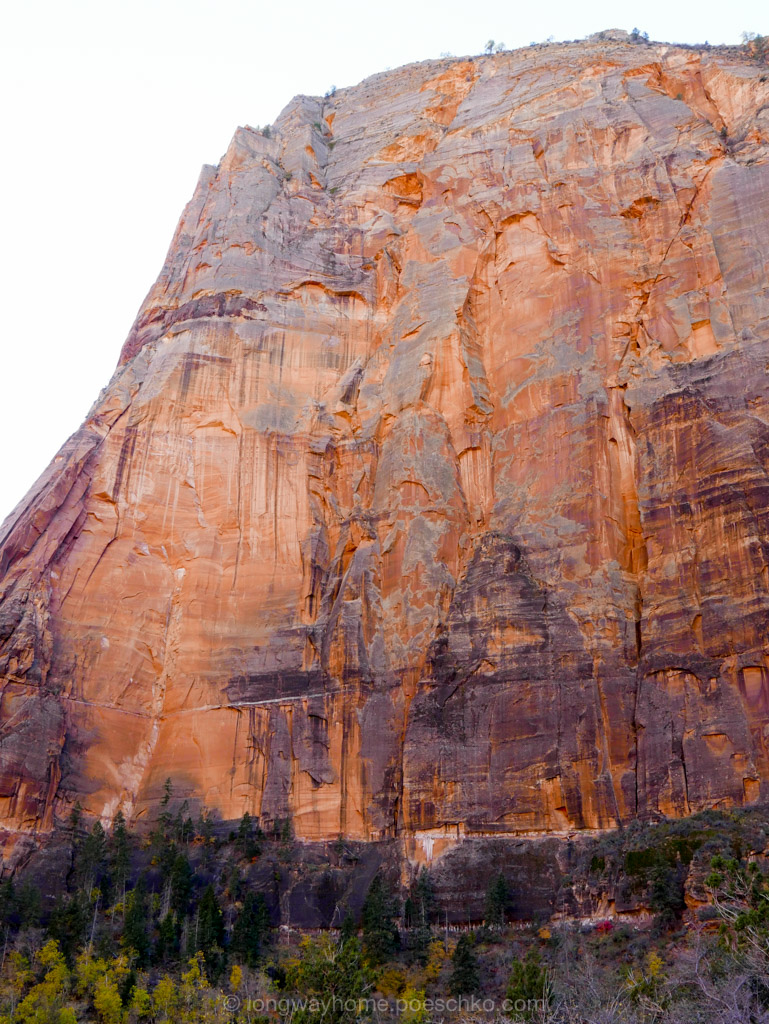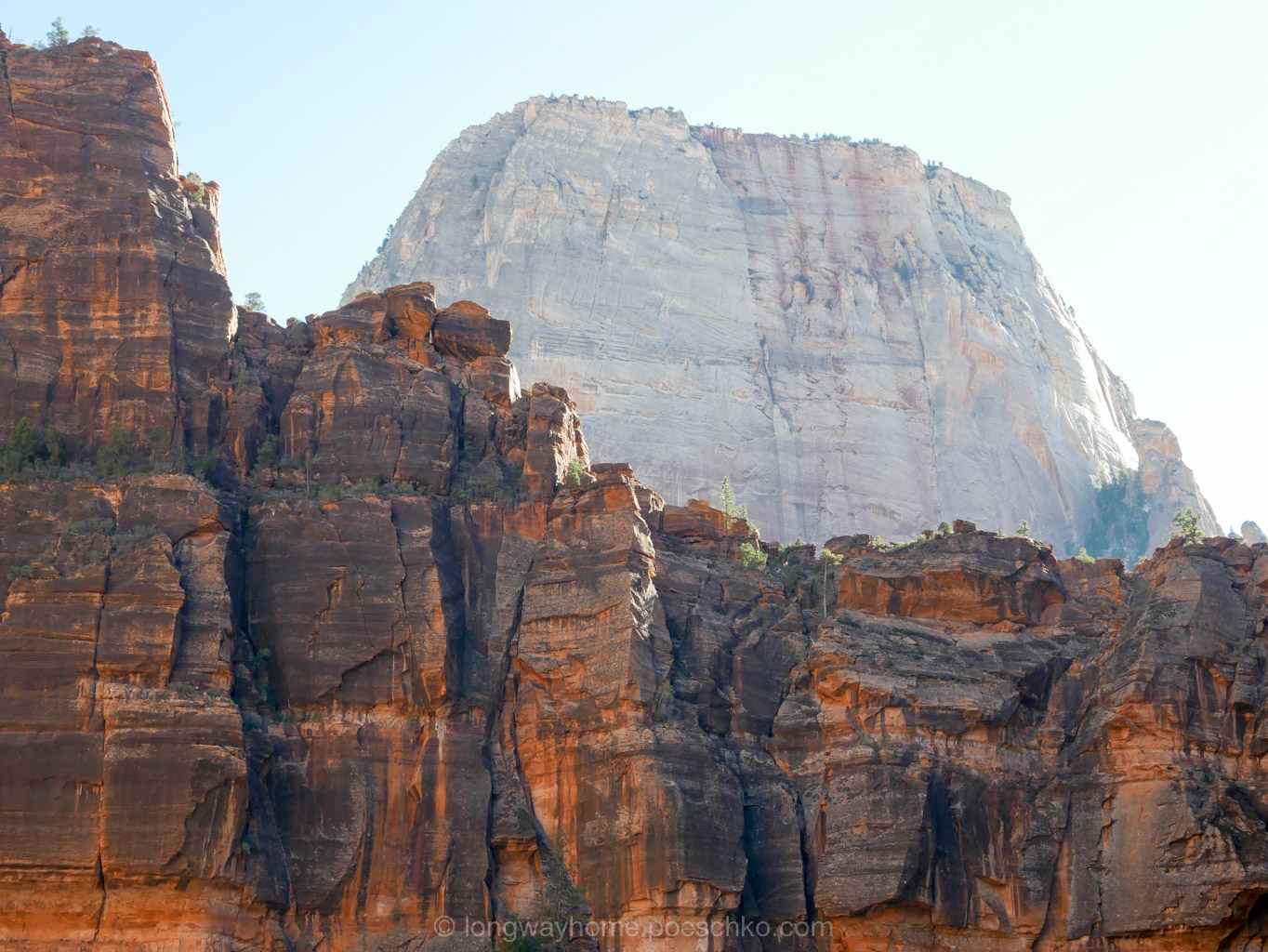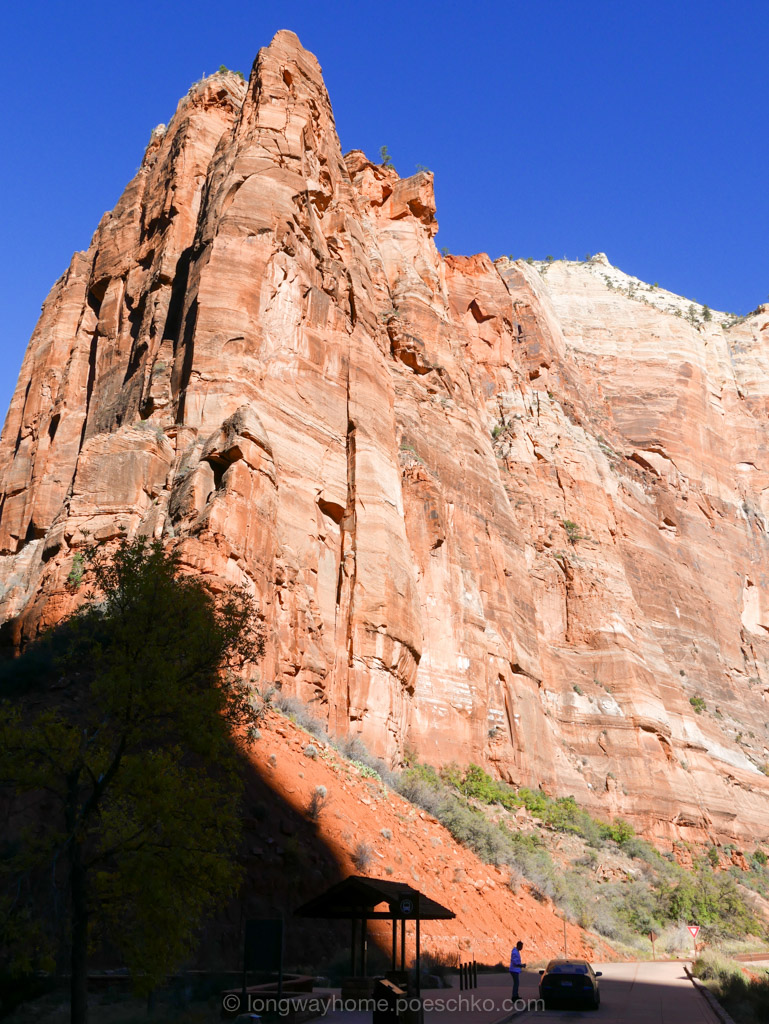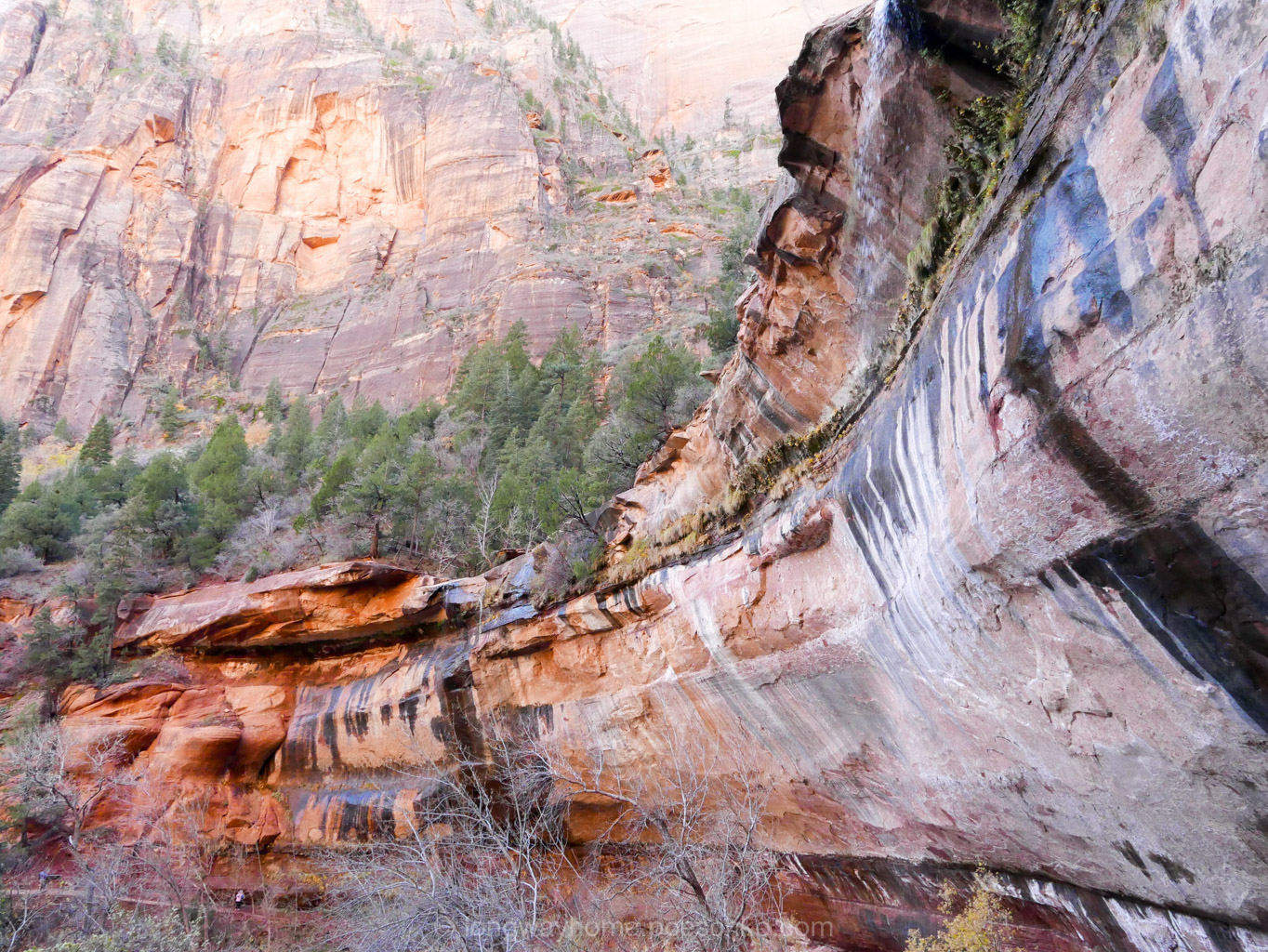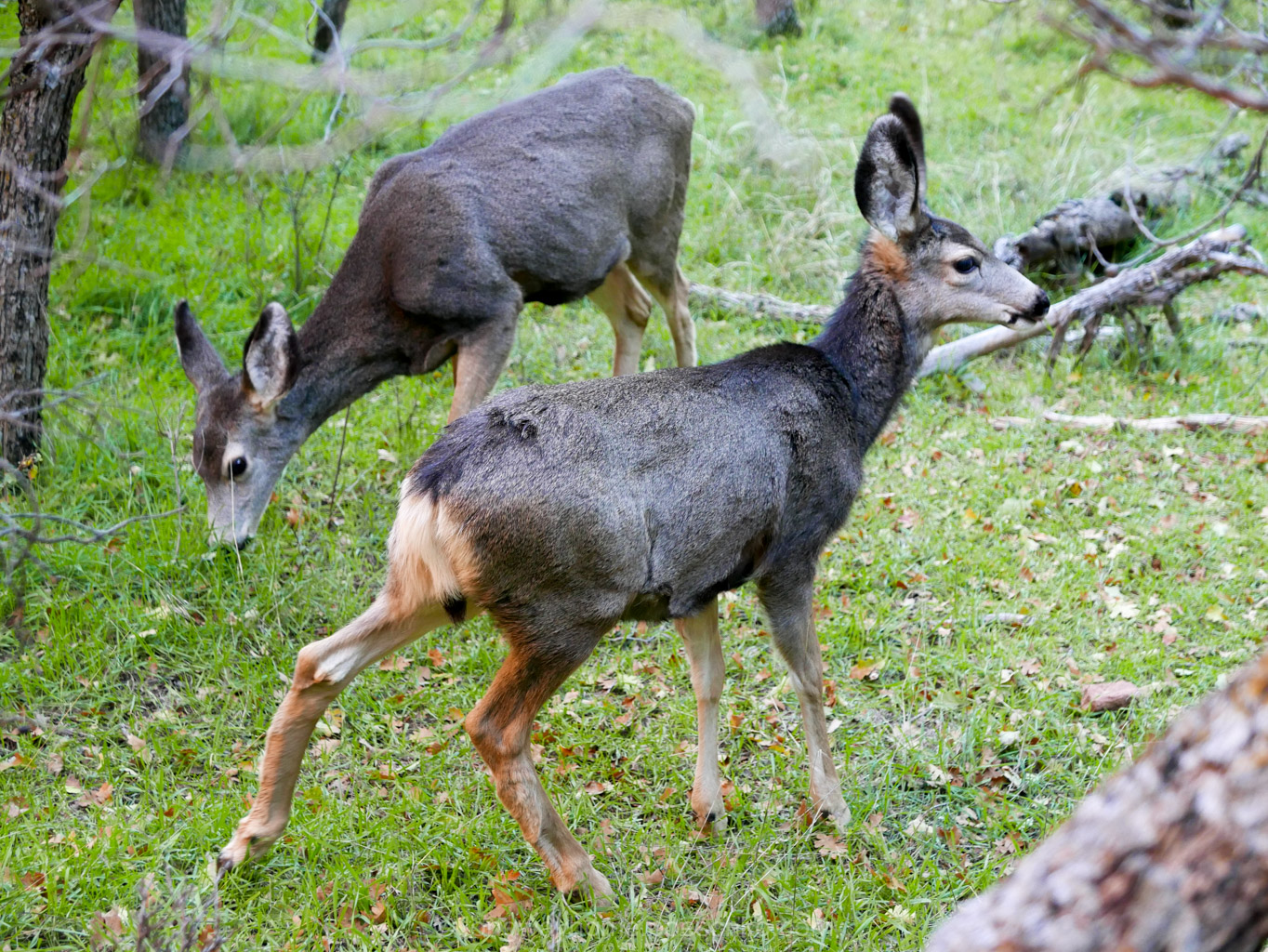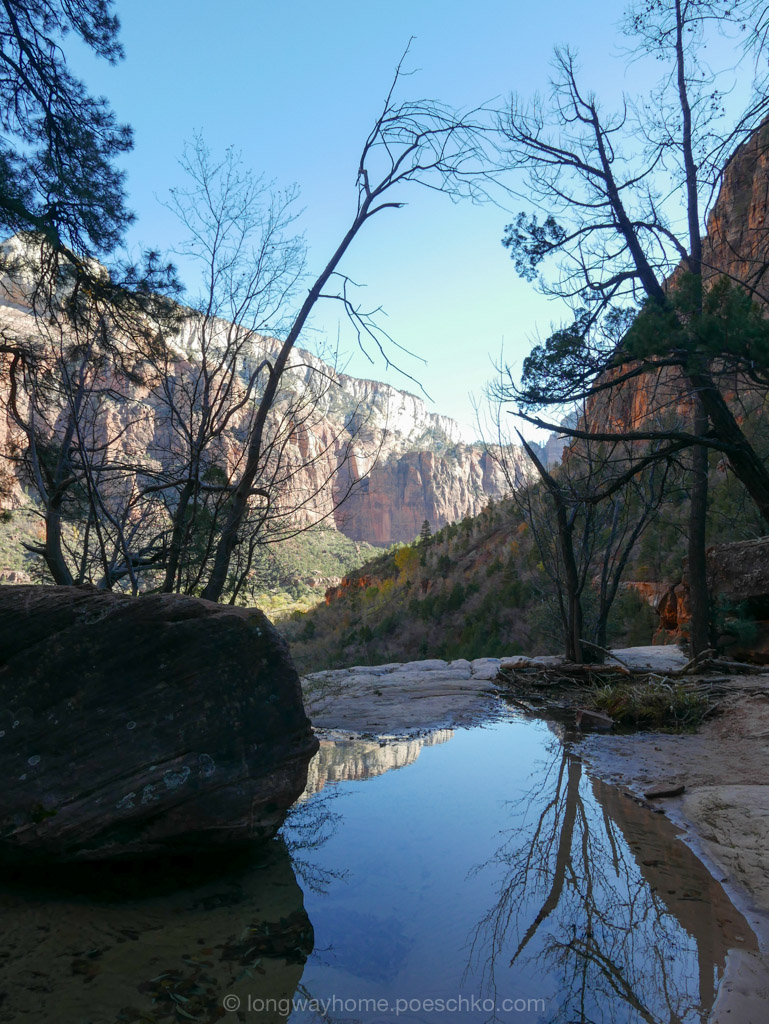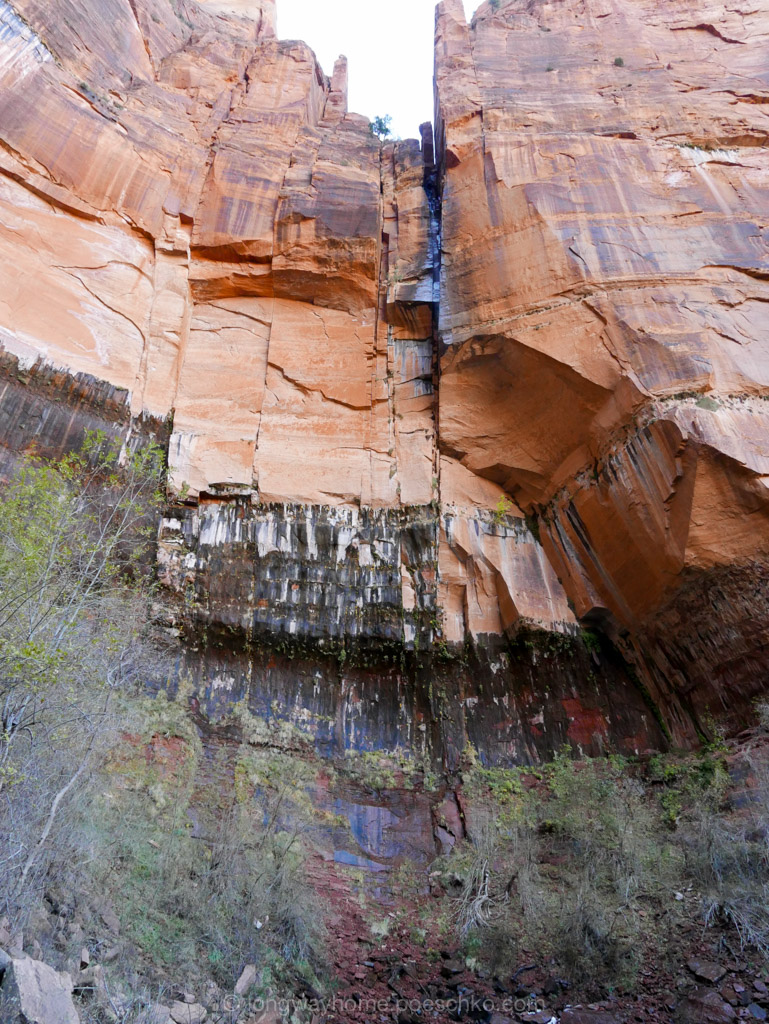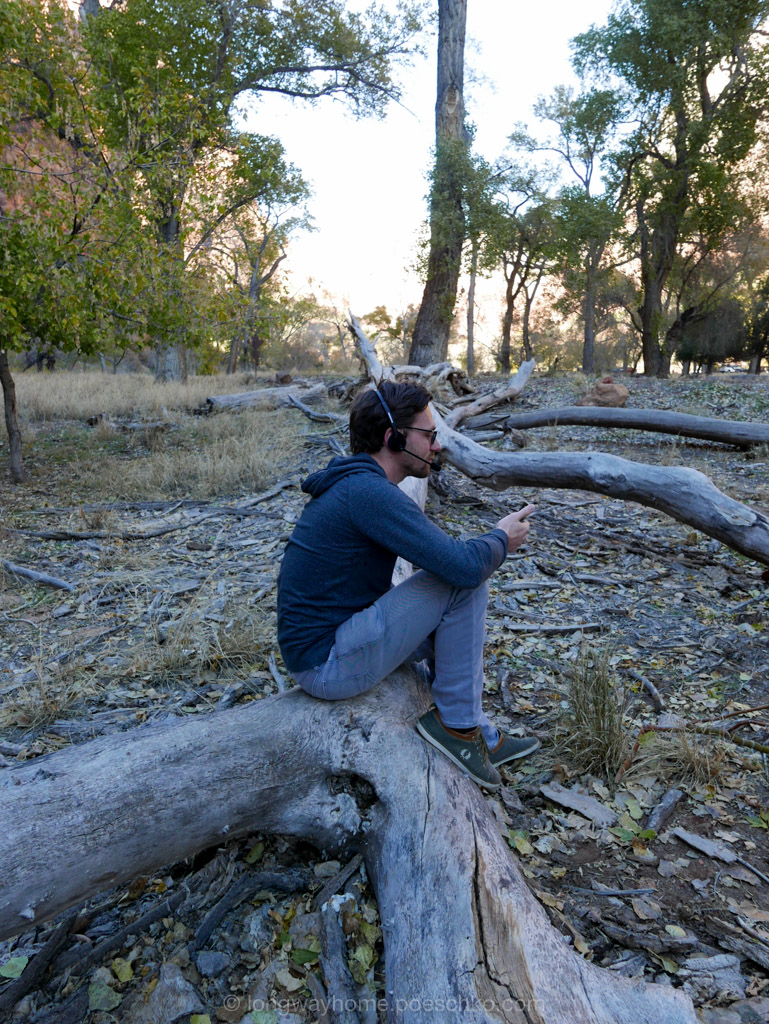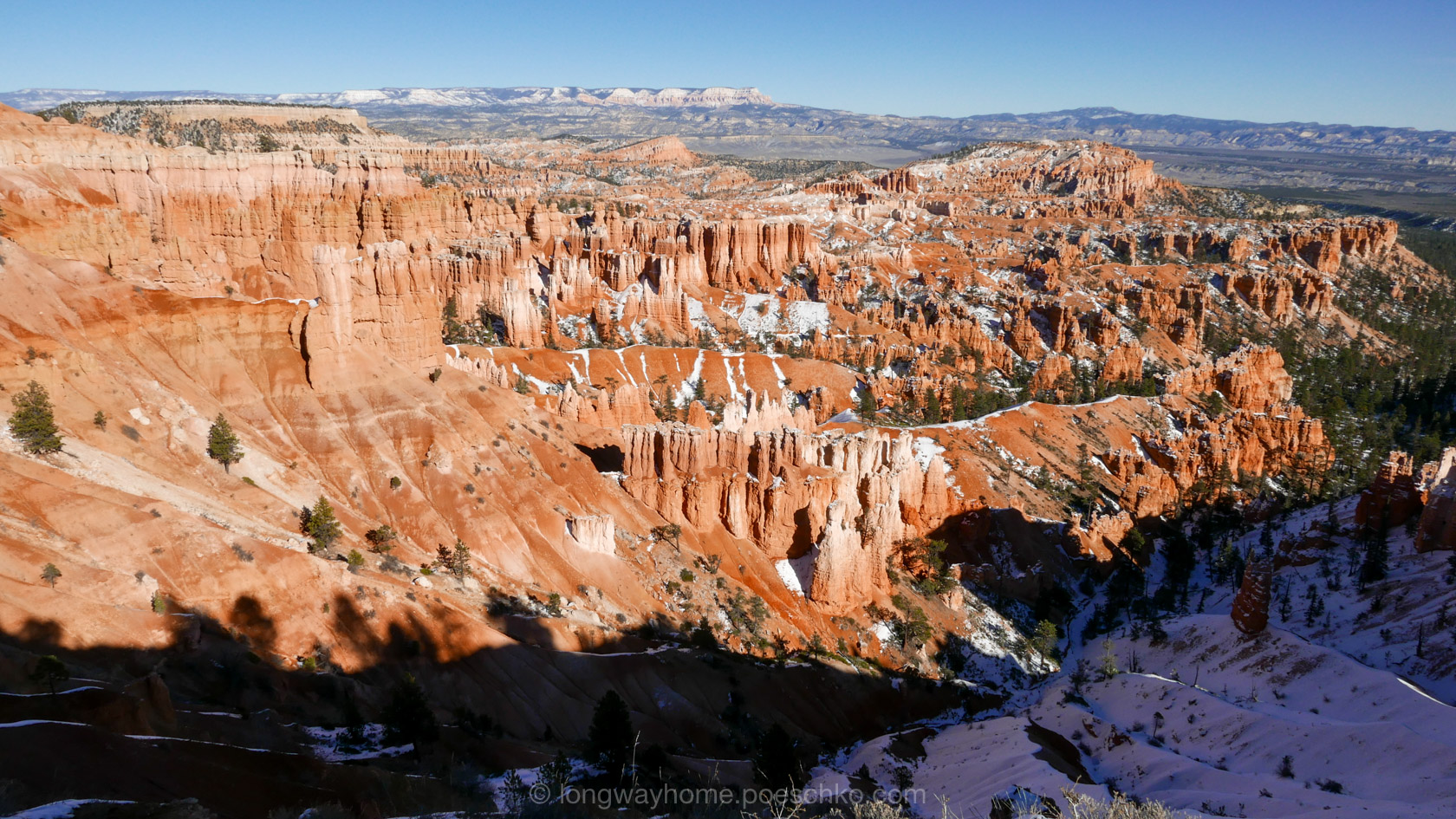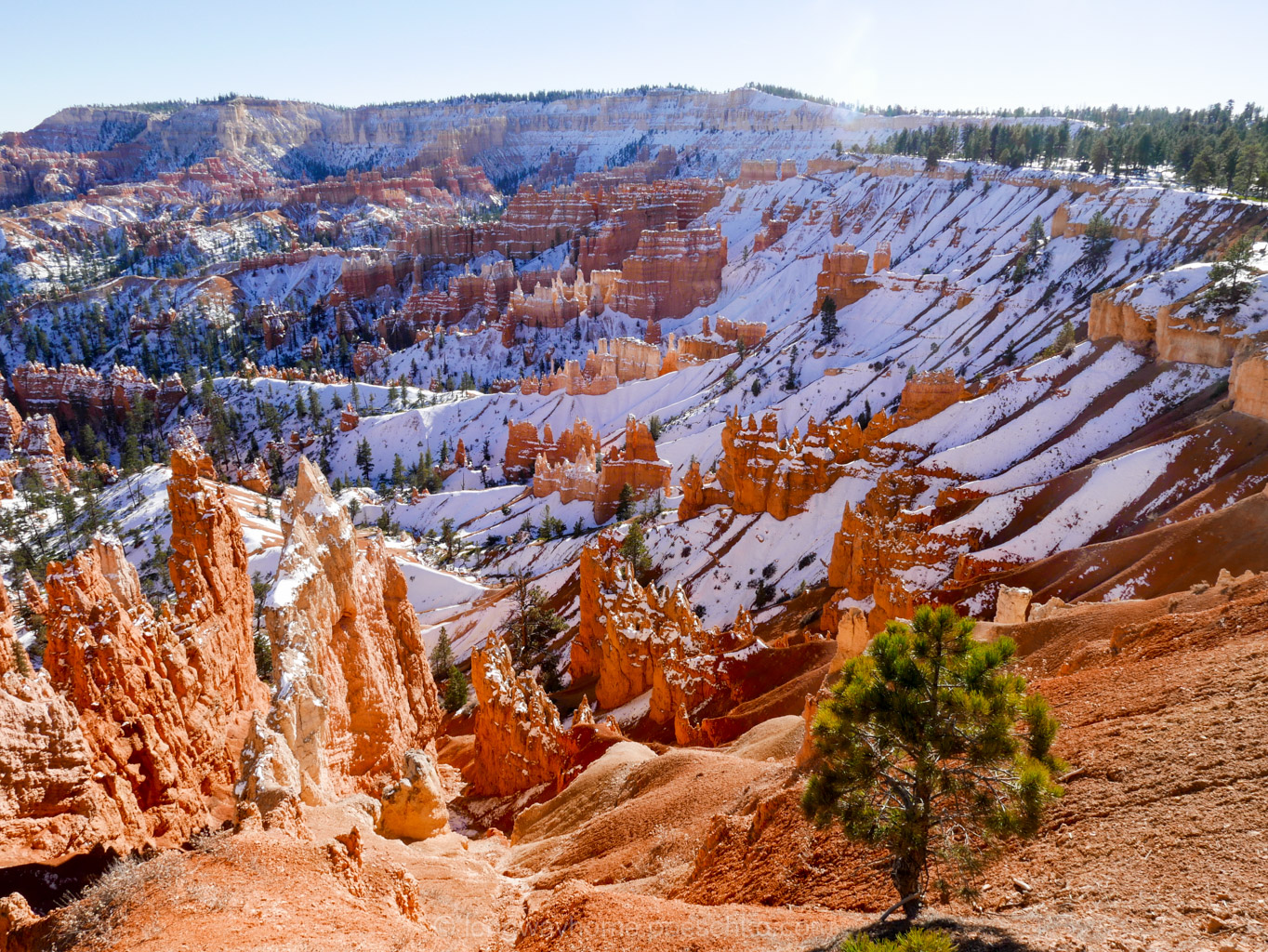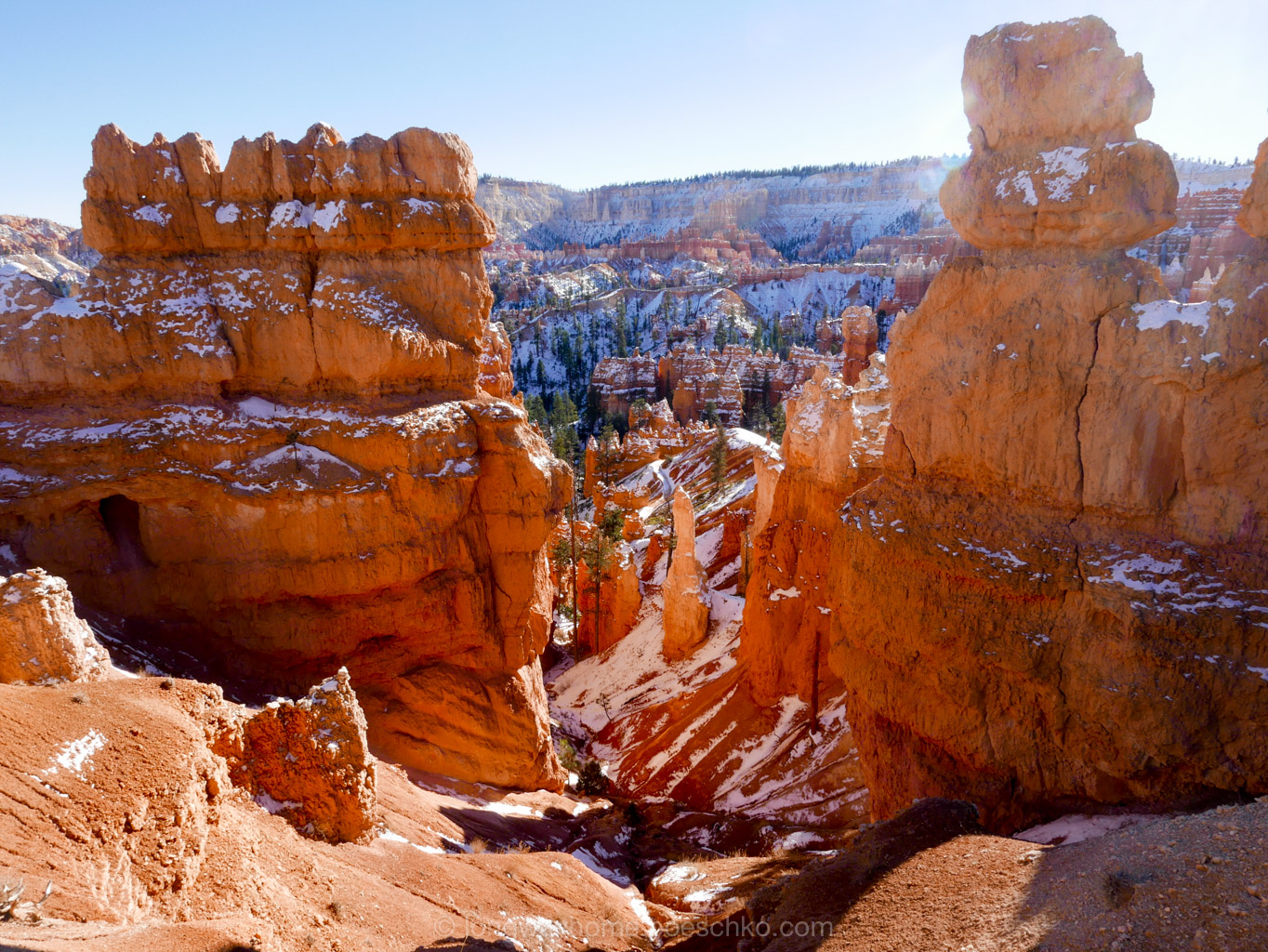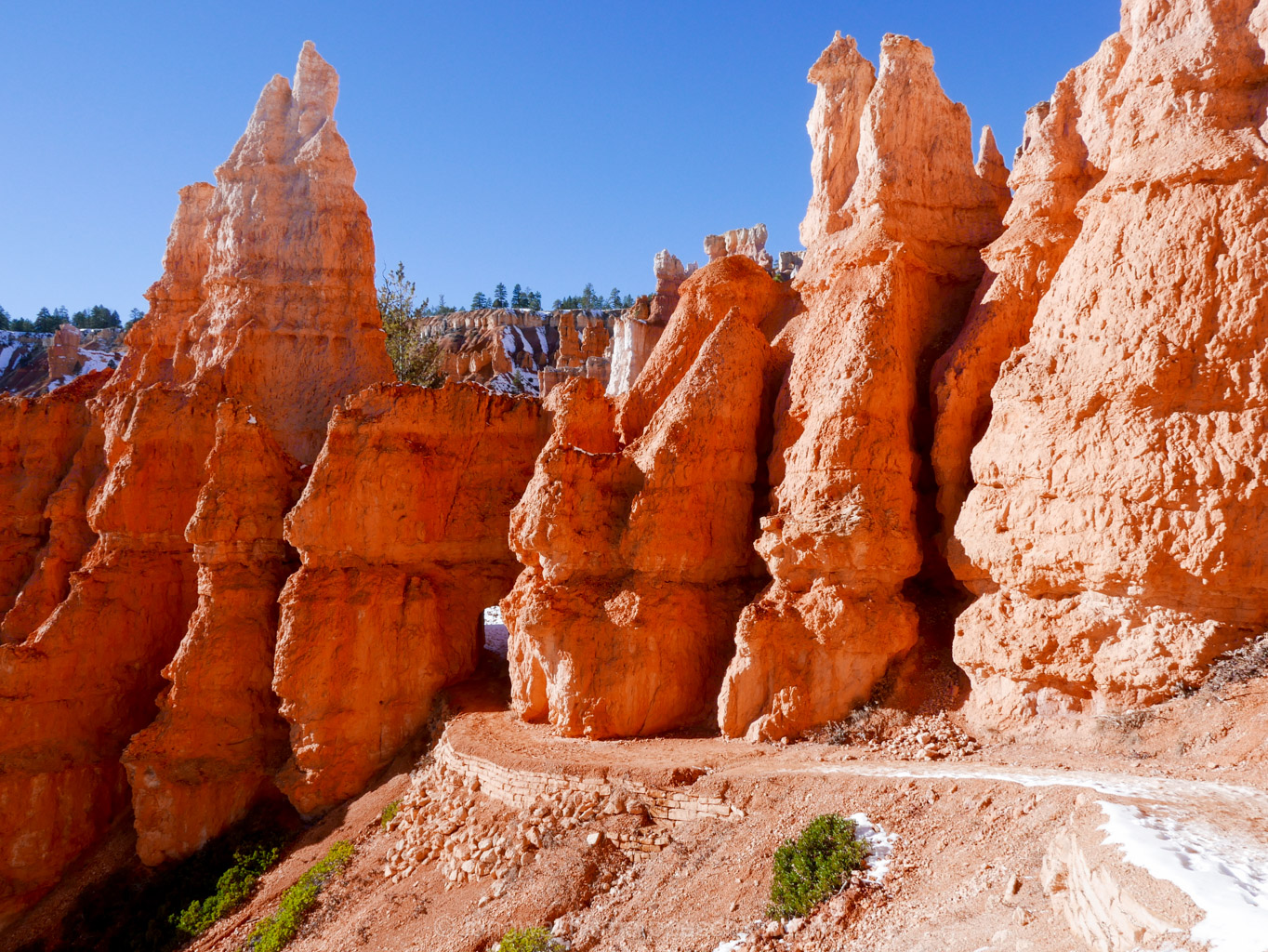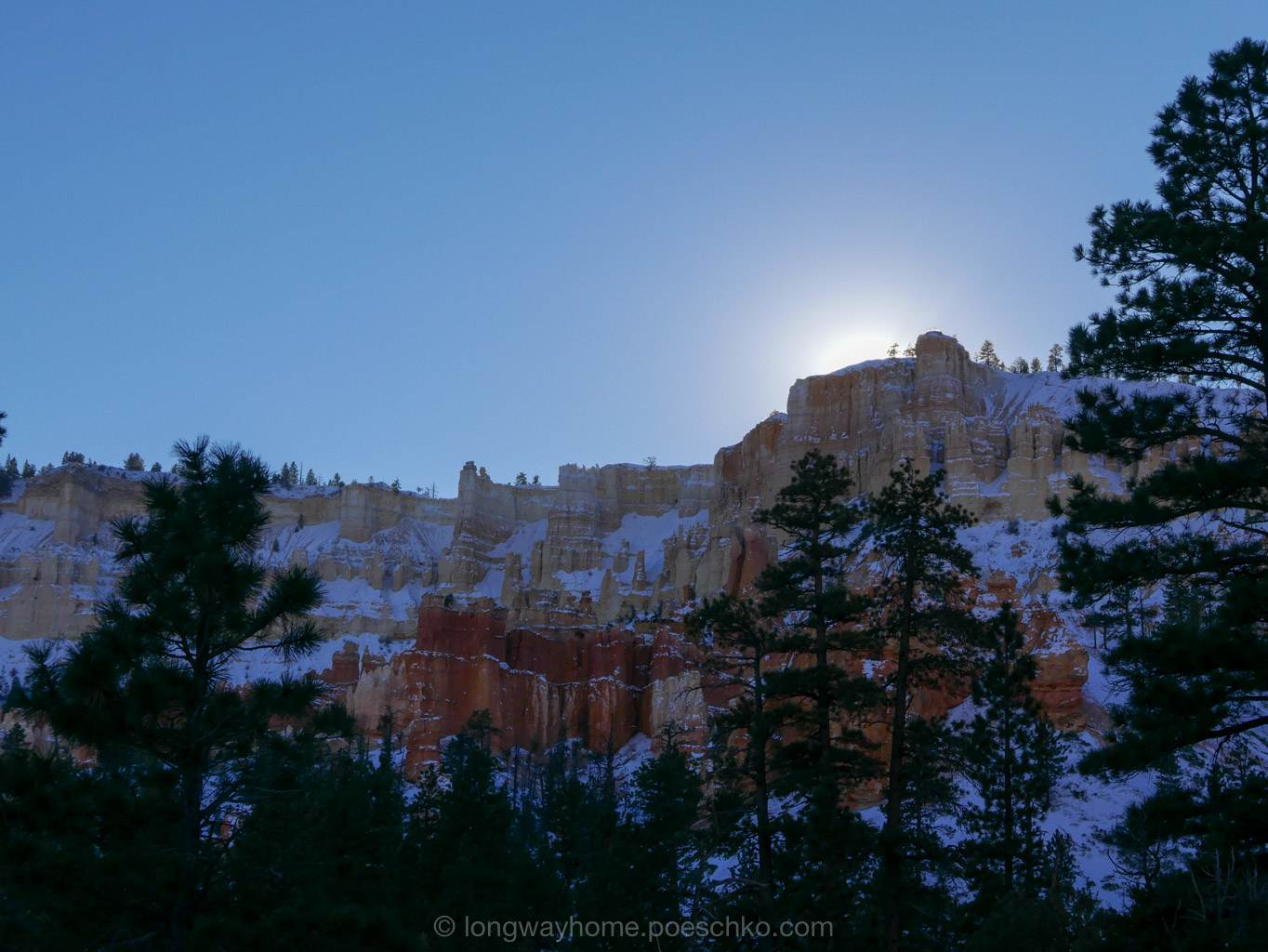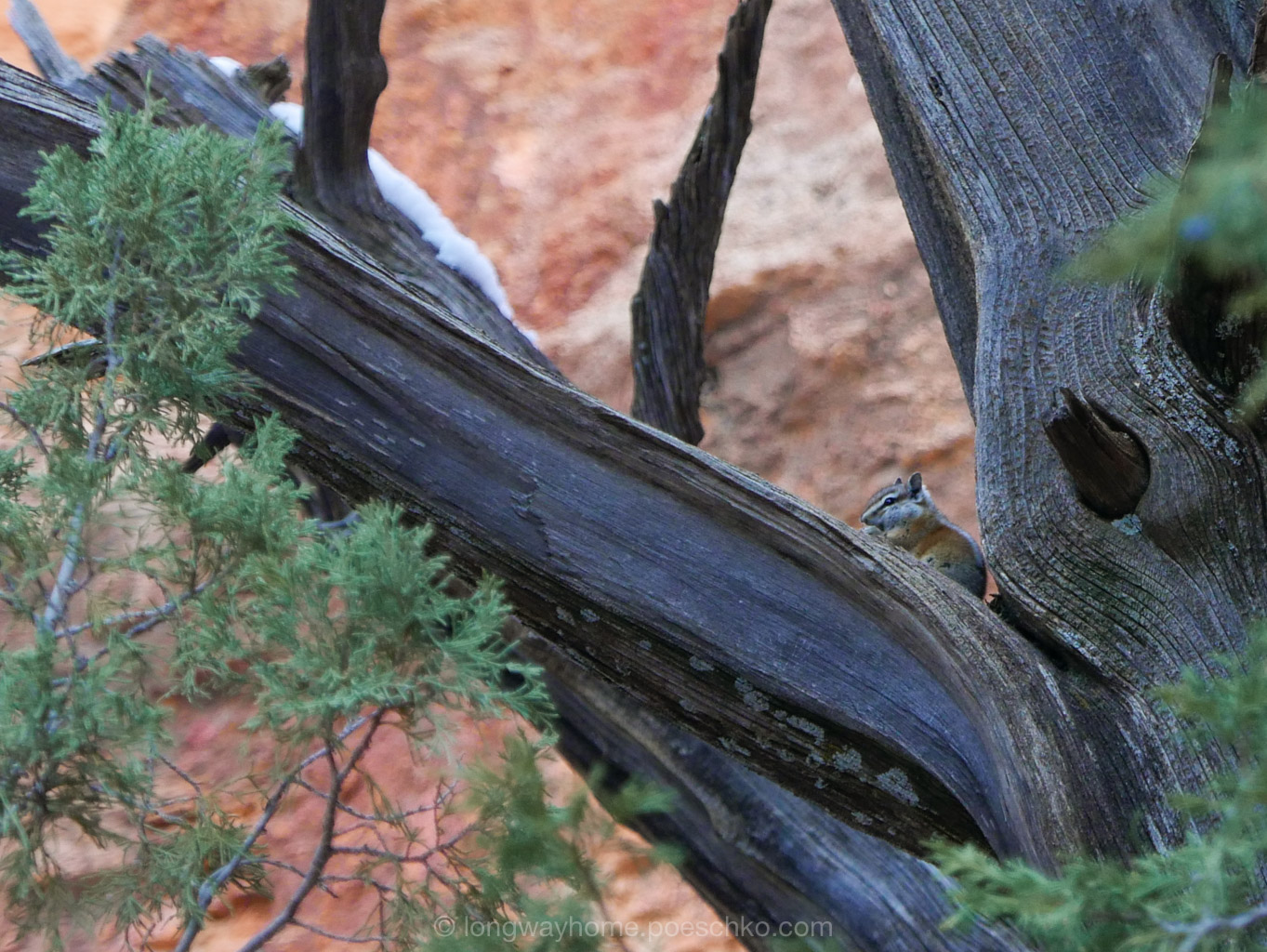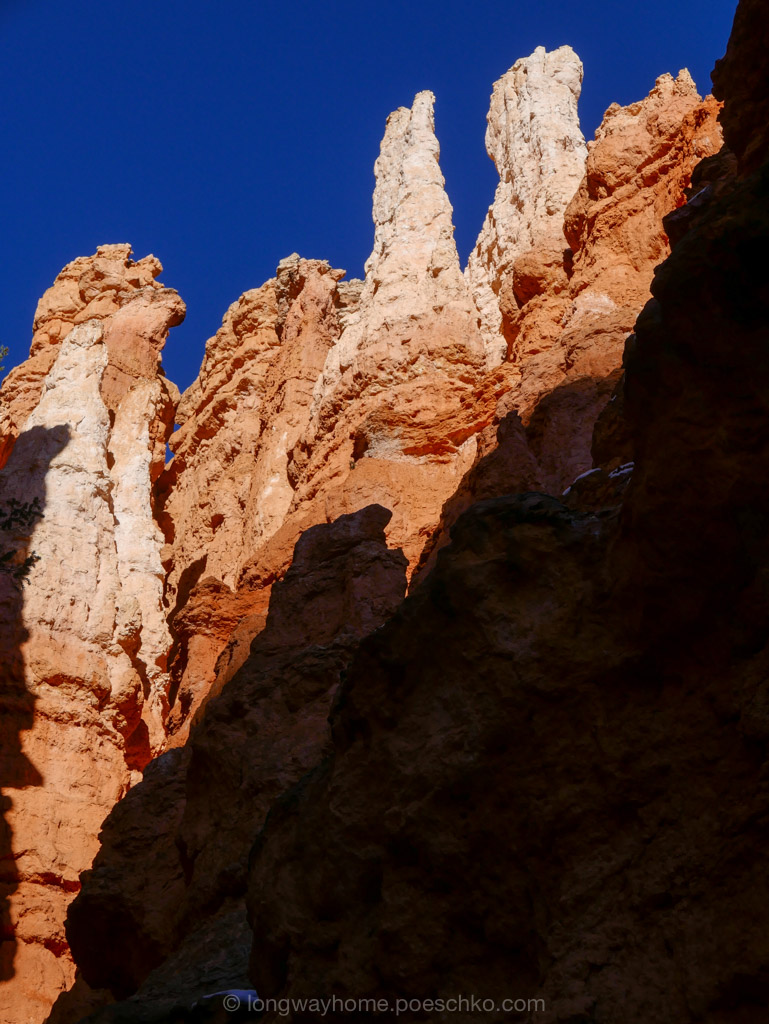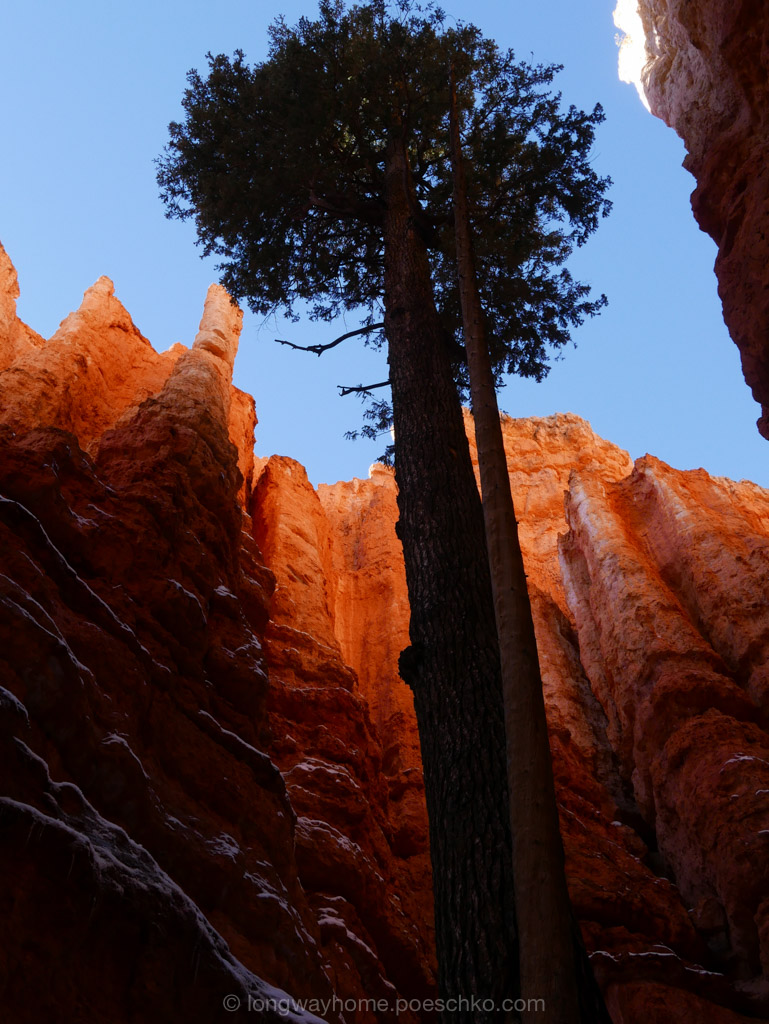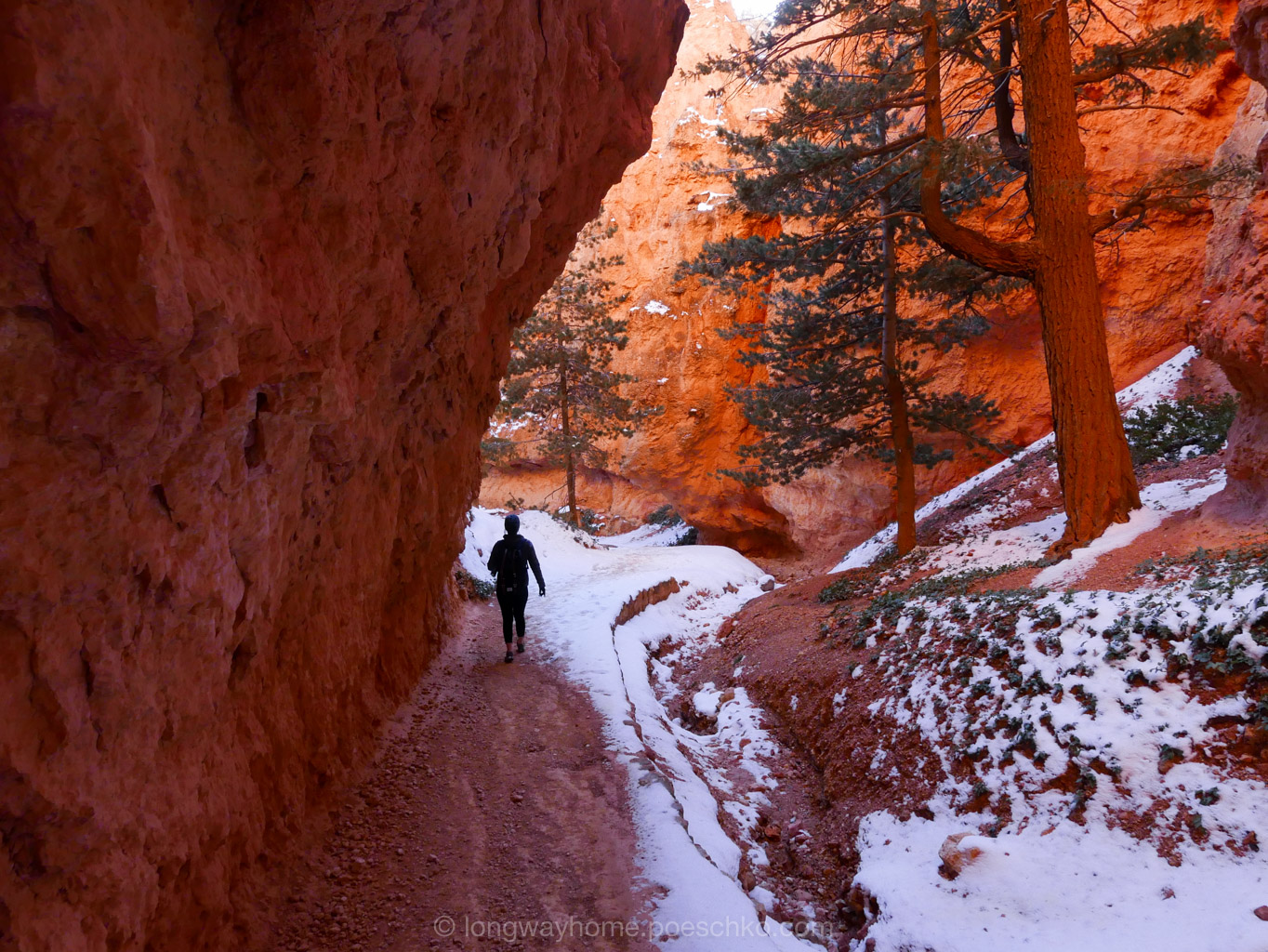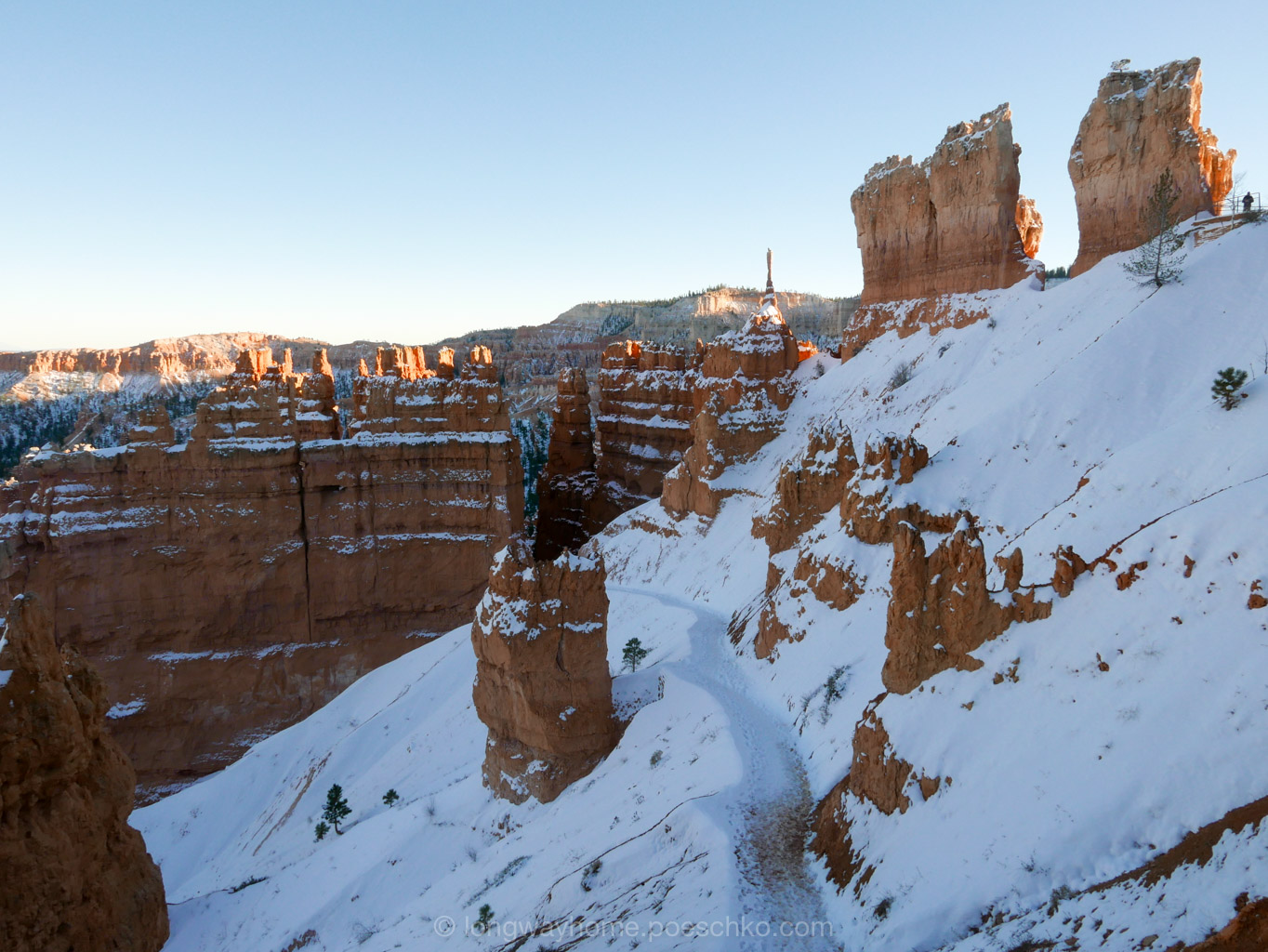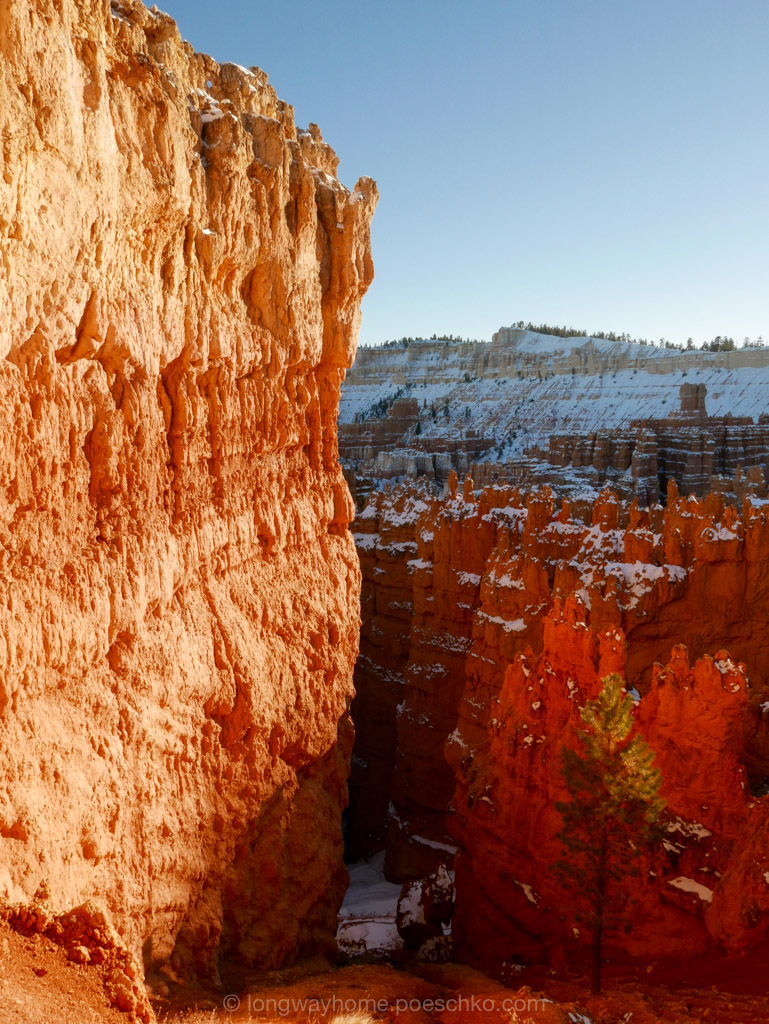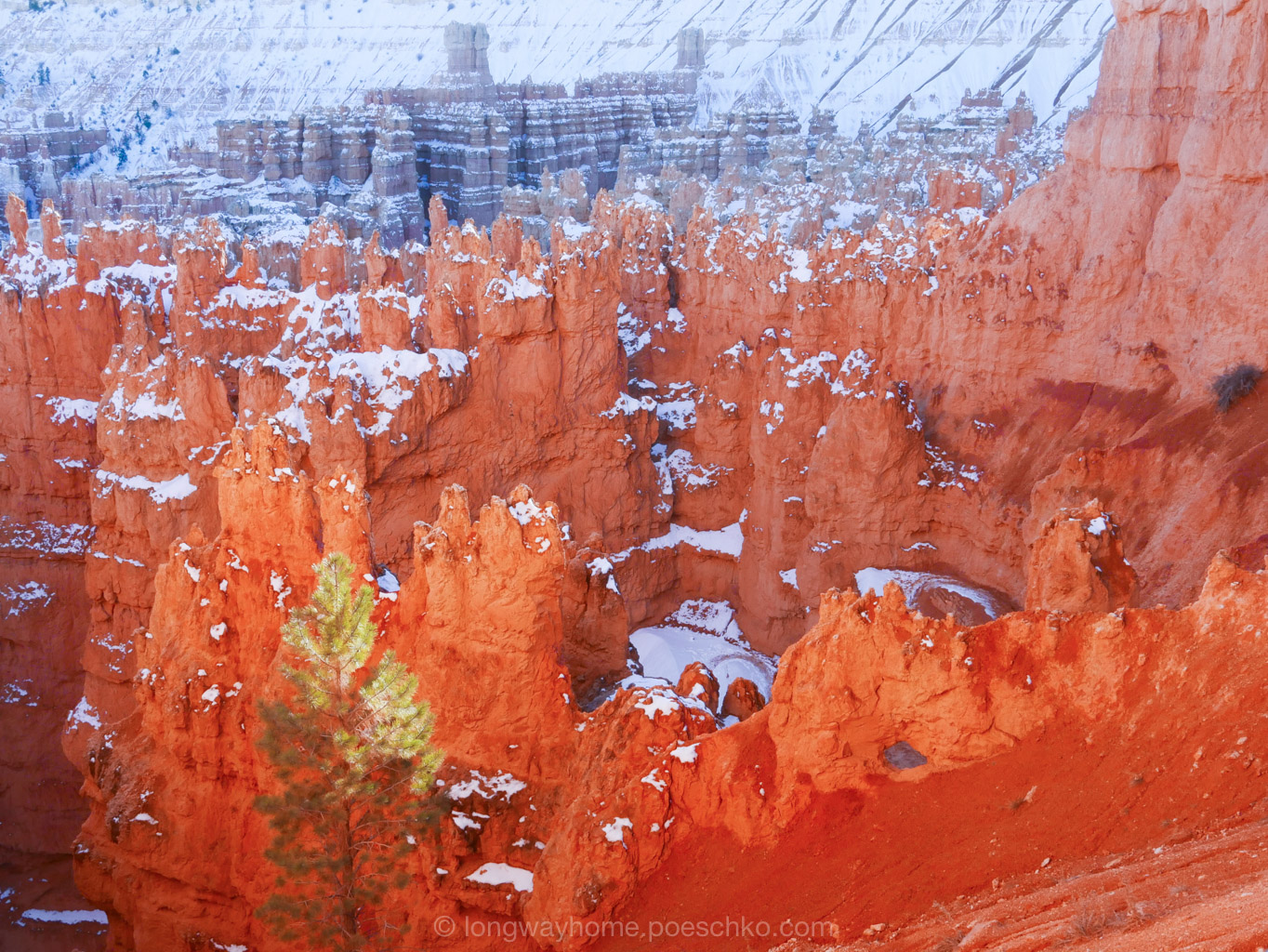Some of these might be obvious, but still, here are a few tips for your trip to the West (in no particular order).
Dos
- Travel off-season: November was a great month to travel. It might not be as hot as in summer, but the weather is still pretty nice. Particularly, if you plan on hiking, Fall temperatures are way more pleasant than sweating in the national parks with 30+ °C (90+ °F). Plus, touristy spots are not crowded at all and room rates drop substantially!
- Go for AirBnB as your coice of accommodation. You’ll often find small apartments for the prize of one hotel room, it’s more homey and individual and you can frequently benefit from the owners’s advise, recommendations and interesting stories (or free bikes, yay!).
- If you plan on visiting three or more national parks, the Interagency Annual Pass is a good investment. For $80, it gives you access to all national parks for 12 months.
- Make sure you get on Highway 1 with a full tank when you make your way down to LA on the coast. There aren’t may gas stations, and if there are, they tend to be extremely expensive.
- These days, there are apps for everything, and many of them make your life on the road easier. We found great places for coffee, lunch or working on Yelp, continuously updated traffic info on Waze, and we used almighty Google Maps for info on routes, distances and public transportation options. Other helpful apps are Uber for a cheaper alternative to cabs, Zipcar for short-time car rentals (the most economic choice for hourly to 2-day rentals), Groupon if you don’t mind spending a little while searching for good deals (attractions, visits, activities, amusement parks, etc.) along your way. (Of course, this list is far from being complete.)
- Bring a phone charger that plugs into your car’s cigarette lighter to avoid running out of battery (and having to find your way without Google Maps navigating for you).
- Bring an audio cable or other device to be able to put on your own tunes while driving. Distances can be very long if you have to listen to country music or Christian radio stations all the time. We like to listen to Freakonomics Radio podcasts.
- A general advise: Say Yes! Embrace the unknown and unplanned. It always worked out well for us to try things and have a positive attitude (except for one time, see Don’ts no. 1).
Don’ts
- Don’t sign up for organized club crawls unless you really like mainstream music, tarted up female clubbers and sugary (albeit free) welcome shots.
- Taking part in organized group tours in Napa Valley is probably not worth it. It’s certainly cheaper to rent bikes and visit as many wineries as you like and for how long you like individually.
- Don’t bother to gamble in Vegas. Or, be prepared to lose.
